The average person generates 4.51 pounds of garbage each day. If your dental practice is serving 20 to 30 clients a day and maintaining a staff of five to 10 people, your office could create as much as 160 pounds of garbage a day.
That staggering amount of waste has become the norm in dental offices around the globe. Single-use implements, plastic gloves, running water and dental amalgam — all practice standards — have created a disposable culture that isn’t sustainable in the long run.
If you’ve been in dentistry for any length of time, you’ve probably been part of at least one discussion about zero-waste dentistry and green dental products. But what does zero-waste oral care look like? And what does going green with eco-friendly dentistry mean for your bottom line?
Green practices — habits designed to reduce waste and improve the environment — aren’t merely trendy. They positively impact the world around us, and can also benefit your bottom line.
There’s no time like the present to begin creating an environmentally friendly dental practice. But even if you’re enthusiastic about making a change, it can be challenging to figure out the best way to move forward.

Why Green Practices for Dental Offices Are Essential
When you throw something in the trash, odds are you don’t ever think about it again. But items in the garbage can don’t magically disappear when the lid closes. Throwing something away only sends waste to a different location.
In a dental office, “trash” can take on many forms, but plastic single-use products are a common culprit. Dentists and hygienists use these items with one patient, then throw them away. Depending on the volume of patients your practice serves in a given week, the amount of waste can be staggering.
When it comes to how to make your office more environmentally friendly, the benefits extend beyond improving our world. Besides generating less trash to end up in a landfill, implementing green practices in your dental office can save you money on operating expenses. Turning off lights in unused exam rooms, reducing plastic waste in the office and going paperless whenever possible are only a few ways you’ll soon see savings. Many localities even offer tax incentives for businesses that make significant strides toward becoming more eco-friendly.
Often, people mistakenly believe going green with eco-friendly dentistry means recycling. They put a blue can in the waiting room next to the printer and think they’ve done their part. While there’s nothing wrong with this step, it’s only one of several ways dental practices can — and should — strive to reduce their environmental footprint.
Before you start to talk about recycling, the first conversation your practice should engage in is how to reduce and reuse everyday items. Throwing away fewer things — when it’s medically safe to do so — and cutting down on resources such as electricity, plastic and paper is a great place to begin.
Autoclavable Items
You’re already relying on the office autoclave to sanitize stainless steel instruments after each use. But the list of autoclavable dental items goes far beyond instruments. Air and water tips, cloth bibs, stainless steel prophy cups and biodegradable dental suction tips are just some of the reusable tools you can clean in the autoclave rather than using — and tossing — their plastic counterparts. If you’re looking to be even more environmentally friendly, purchase reusable sterilization bags for continued use in the autoclave.
When autoclaving instruments, take several steps to reduce the amount of water and energy this essential piece of technology consumes.
- Purchase the right size for your practice: If you have a smaller office, you don’t need a larger autoclave. On the other hand, if you have a large practice, a full-sized autoclave will prevent you from running smaller, more frequent loads.
- Combine loads: Assuming you have an appropriately sized machine for your practice, it’s smart to wait until you have one full load of instruments, rather than washing several small ones.
- Upgrade your existing autoclave: If you’re looking for ways to improve your current autoclave’s efficiency, try installing a water-saving device. If you’re in the market for a new autoclave, pay close attention to their water- and energy-efficiency ratings to ensure you get one with a smaller carbon footprint.

Single-Use Plastic Items
One of the most significant barriers to going green in the dental industry is the heavy reliance on single-use plastic. Dental practices adopted single-use items because they don’t require cleaning and sanitation between each patient. Dentists and hygienists unwrap them when needed, use them once and toss them out. Examples of single-use dental items includesyringe needles, plastic orthodontic brackets, prophylaxis brushes and cups, saliva ejectors and water/air syringe tips. But these items, along with plastic-backed bibs, rinse cups and bitewing trays, are also exceptionally wasteful.
The packaging associated with single-use items can also create significant waste. Packaging accounts for 33% of all trash in the United States.
One of the best ways to reduce the impact of single-use items is to rely on reusable instruments when you can. An autoclave is a critical tool that can clean and sterilize reusable equipment wherever possible. But if you can’t convert all your tools overnight or you’re looking for additional ways to improve, take smaller steps to reduce plastic waste in the office.
1. Offer Patients the Choice of a Bib
Consider the reason for a patient’s visit before you automatically attach a plastic-backed bib around their neck. If you’re doing a straightforward exam or cleaning that won’t generate much mess, they may only need a tissue or two to wipe their mouth at the end. Save the bibs for patients whose procedures may be messier. You can also use plastic dental chair covers and clean them between each patient.
2. Don’t Provide Rinse Cups
After cleaning, rinse a patient’s mouth with air and water syringes, rather than handing them a plastic rinse cup. If you choose to continue offering rinse cups, provide a compostable paper cup instead.
3. Change Your Process
Rather than using those messy — and wasteful — fluoride trays, apply fluoride varnish using a small brush. This alternative is just as effective and significantly cuts down on waste. Another easy switch is to stop using plastic tips for your water, air and suction devices. Purchase reusable tips, then sterilize them between each use.
4. Reduce Gloving
Where possible, limit multiple gloving during care for the same patient. Once they leave and it’s time to disinfect the exam room, use nitrile utility gloves instead of another pair of disposable exam gloves to clean the room.
5. Buy in Bulk
Buying larger quantities of the single-use items you use most can cut down on the amount of packaging you’re throwing away with each shipment. Getting office items in bulk can also accomplish this. Office managers can request vendors condense office supply orders into one shipment to reduce packaging waste and fuel use for the shipping company.
6. Recycle What You Can’t Replace
It’s not possible to reuse things like toothpaste tubes and floss containers, but they are recyclable. Instead of throwing these away when they’re empty, figure out where you can recycle them. Being diligent about recycling dental products, as well as paper, cardboard and other common recyclables your patients and office staff generate, is another step toward greener practices.

Sustainability in Dentistry
Reducing dental waste is a crucial step toward zero-waste oral care, but it doesn’t stop in the exam room. Get the entire office involved in creating an eco-friendly dental practice. Promoting a green routine on the business side of your practice can include the following.
1. Go Digital
Technology can help you save paper and plastic. Digital options are available for charting, cancer screenings, impressions, X-rays and even marketing strategies. Converting patient records from paper to digital is also an excellent option to shrink a practice’s environmental footprint.
2. Reduce Energy Consumption
Going green doesn’t have to be complicated. It can be as simple as establishing the habit of turning lights off when an exam room is empty or turning off computers at closing time. Consider investing in a programmable thermostat or manually setting the thermostat to a higher temperature, so the air conditioner runs less after hours. These small, but effective, habits conserve energy and — as a bonus to your budget — will save the practice money on its energy bills. For more ways to reduce energy consumption, check out these other energy-saving tips for the workplace.
3. Conserve Water
Water waste at a dental office seems to be a part of the job — but it doesn’t need to be! Make a habit to only turn on the water when necessary for a patient. Don’t keep it running between treatments or during the entire length of a procedure. Other simple ways to reduce water consumption include installing water-conserving toilets in each bathroom, as well as maintaining plumbing to prevent leaky faucets or toilets.
4. Say “No” to Junk Mail
Everyone loves reading a good magazine while waiting to see the dentist, but consider curbing subscriptions and other unnecessary mail that arrives at the office each day. When possible, unsubscribe from mailing lists you don’t want or need to be on.
Mercury
Less than 1% of the mercury released into the environment comes from dental amalgam. However, fillings comprised of amalgam are so common, it’s easy to forget the way you dispose of them is an essential part of maintaining an eco-friendly dental office.
If you throw amalgam in the trash, it can make its way into the area’s wastewater. If it’s part of medical waste, it may get incinerated and then released into the air — another health hazard. Neither of these options is a safe or environmentally friendly way to handle dental amalgam.
The Environmental Protection Agency requires dental offices to use an amalgam separator to better protect the environment. An EPA-approved separator removes 95% of amalgam waste for recycling, without releasing it into the water or air. This innovation represents an improvement over older amalgam separators, which only removed approximately 80% of the amalgam waste. This requirement and update to the available equipment provide added security for dental offices and the communities they serve.
Recycling
Although the ultimate goal of recycling in dentistry should be to reduce waste, recycling in the dental office can and should be a practical tool to manage the waste you still generate. By correctly implementing recycling in your practice, you can reduce the trash that goes to a landfill.
One of the best ways to recycle previously used materials is to participate in programs such as ProDentUSA’s Instruments for Change. This dental recycling initiative repairs old dental instruments, then donates these refurbished instruments to dental practices that provide free services for those in need. Instruments for Change recycles the materials from instruments they can’t refurbish and gives the materials back to the medical community.
Make a point to find medical and hazardous waste companies that offer recycling options for plastic medical waste, then set up a system for managing and disposing of these recyclables.
Although recycling may not seem like a big deal, working together as a dental staff to recycle everyday items such as soda bottles, scrap paper and office supplies can also go a long way toward improving your green practices.
Become an Environmentally Friendly Dental Practice
Every year, humans add 193 million tons of plastic to the planet. Landfills are overflowing with plastic, aluminum and other materials that don’t decompose quickly, leaving them to take up space Earth can’t spare. Dental care may not be responsible for all that plastic, but every dental practice plays a central role in reducing the amount of waste around us.
Besides helping protect our environment, going green makes good business sense. When implemented well, over time, eco-friendly habits can provide dental practices with significant cost savings, and they’re a great way to demonstrate to current and potential patients that you care about more than the bottom line. Patients love knowing they are patronizing a practice that cares about more than their molars — they want dental hygiene that contributes to them and their community every day.
Taking simple steps such as swapping stainless steel implements or paper products for plastic, turning off lights at night, relying on digital imaging and correctly recycling materials and equipment are crucial ways to make your dental practice green.
ProDentUSA works closely with dentists to create the right tools to deliver beautiful smiles to patients. We design our stainless steel tools to be practical and eco-friendly, whether you’re a sole practitioner or part of an extensive practice. Browse our tools online or contact us today for more information.

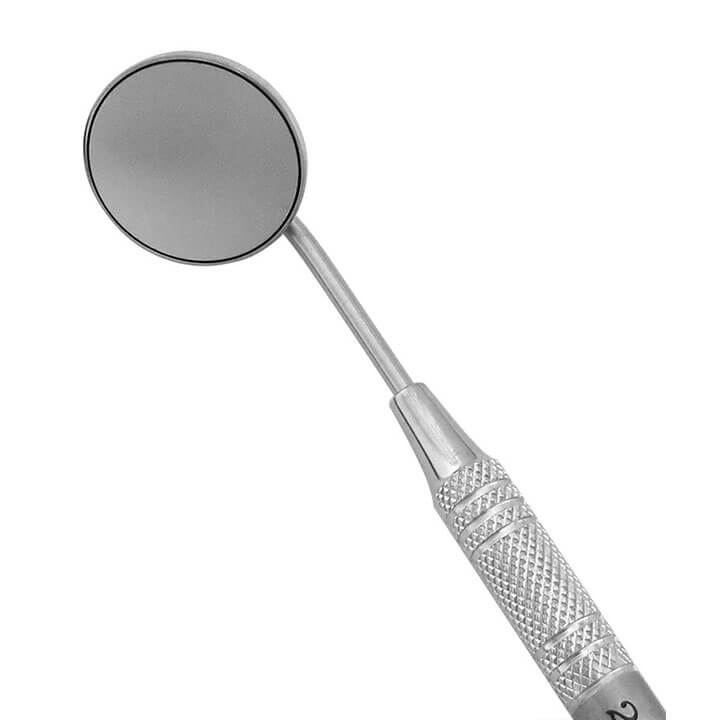
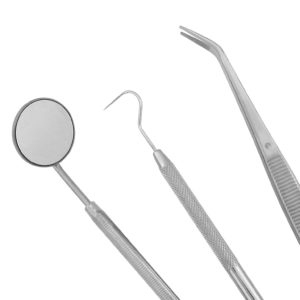
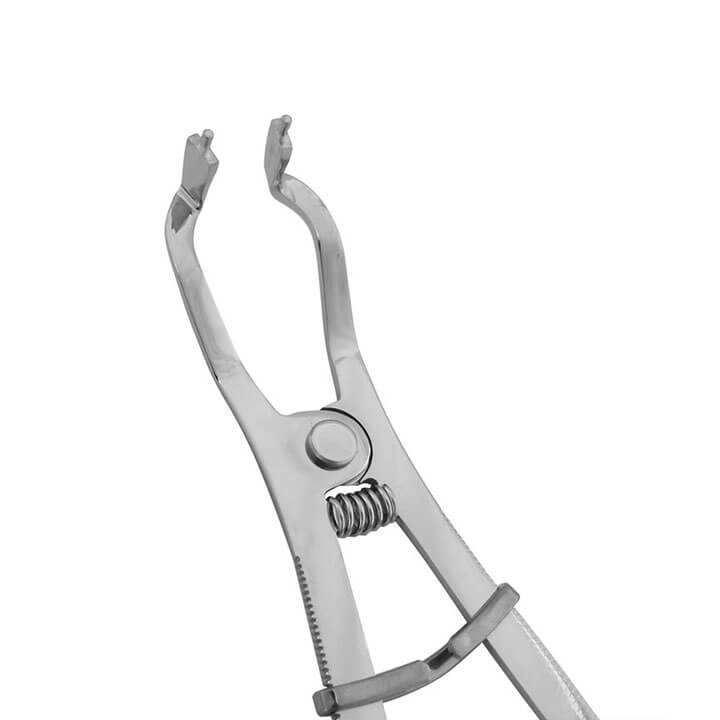
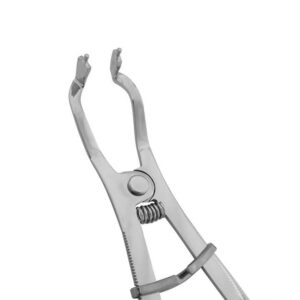
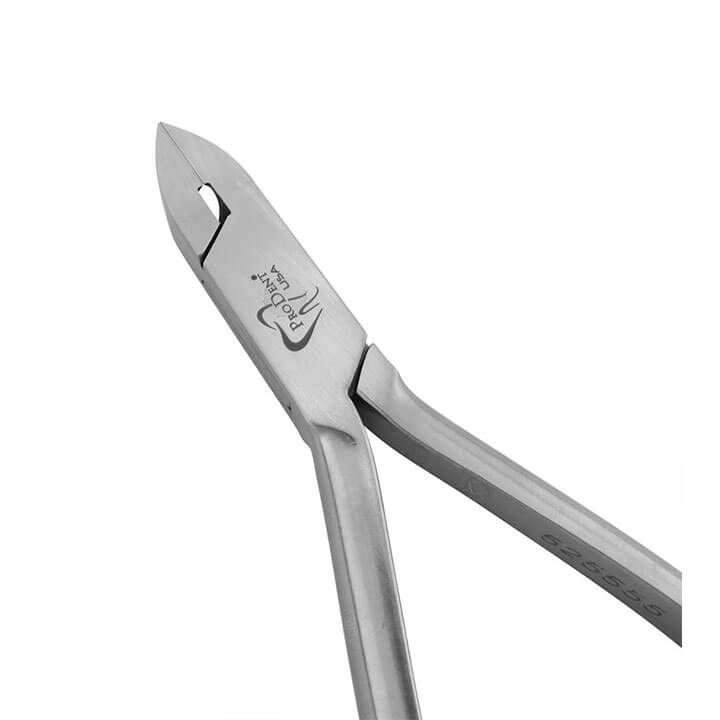
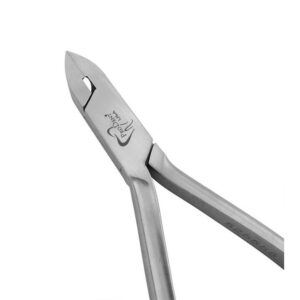
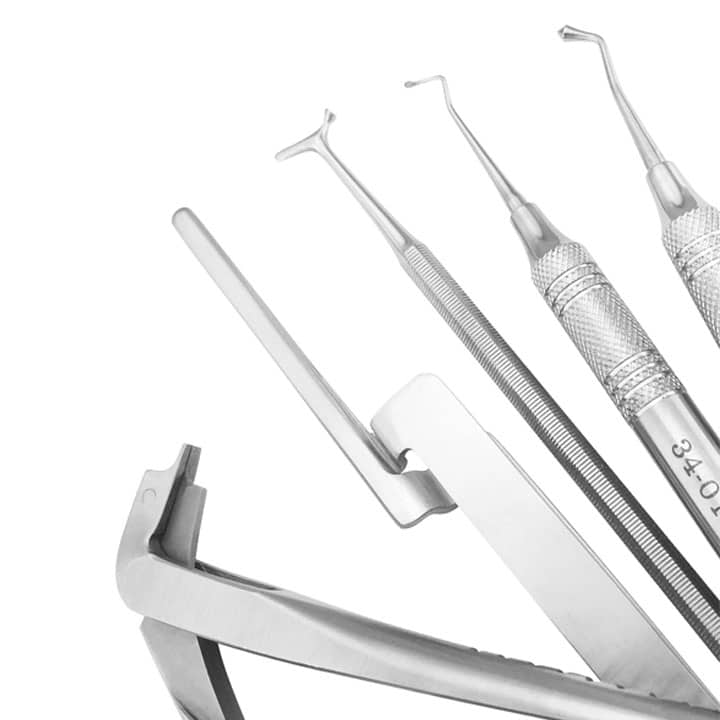
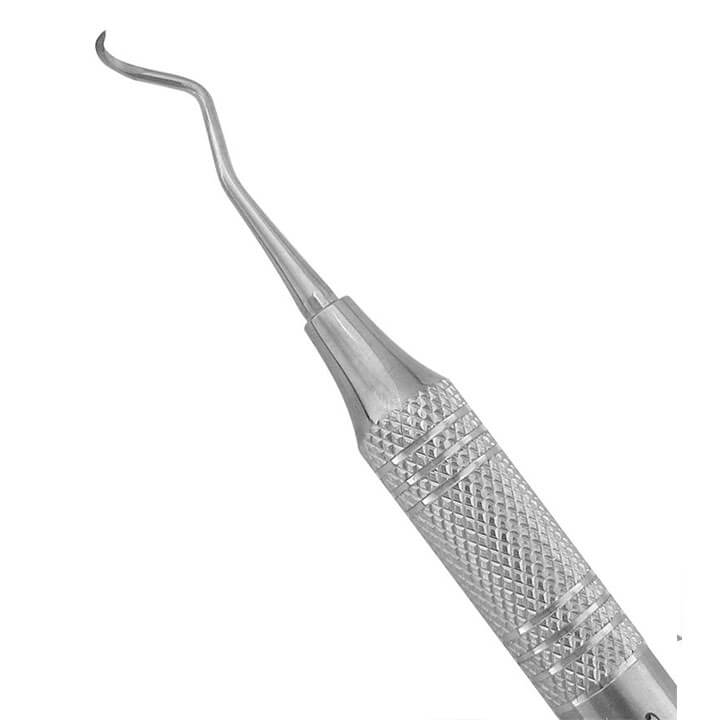
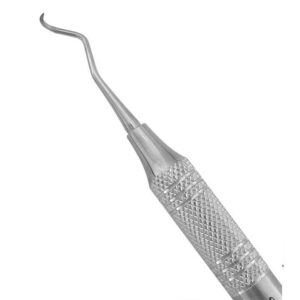
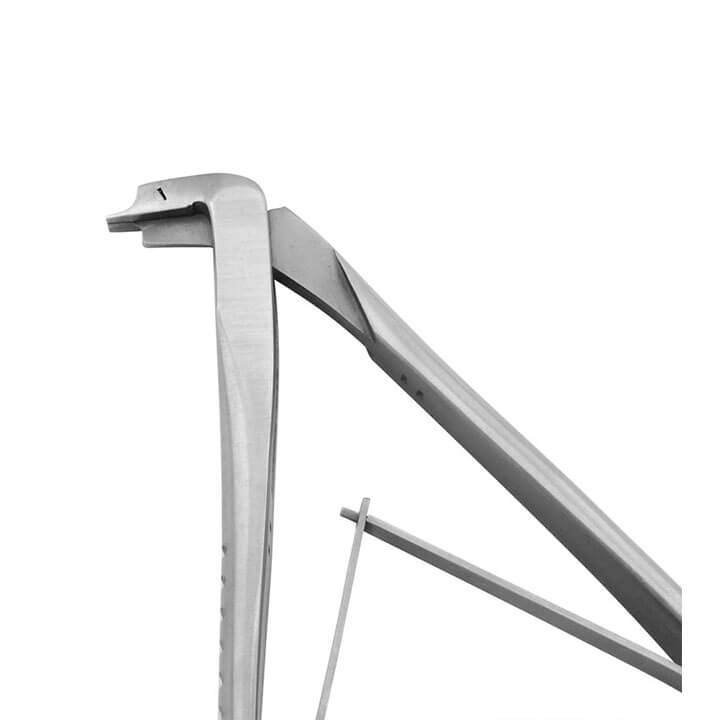
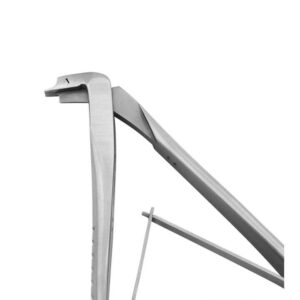
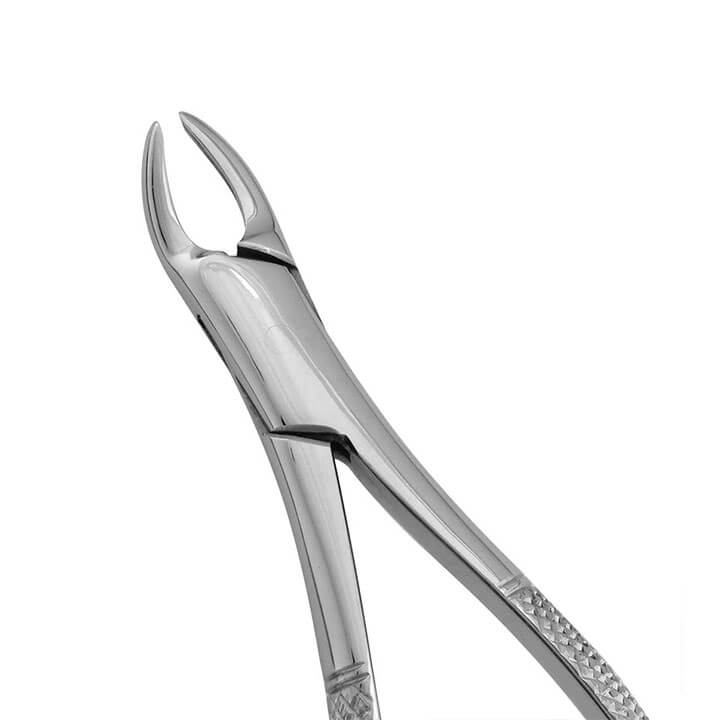
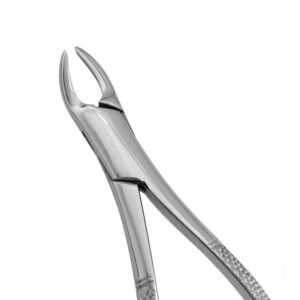


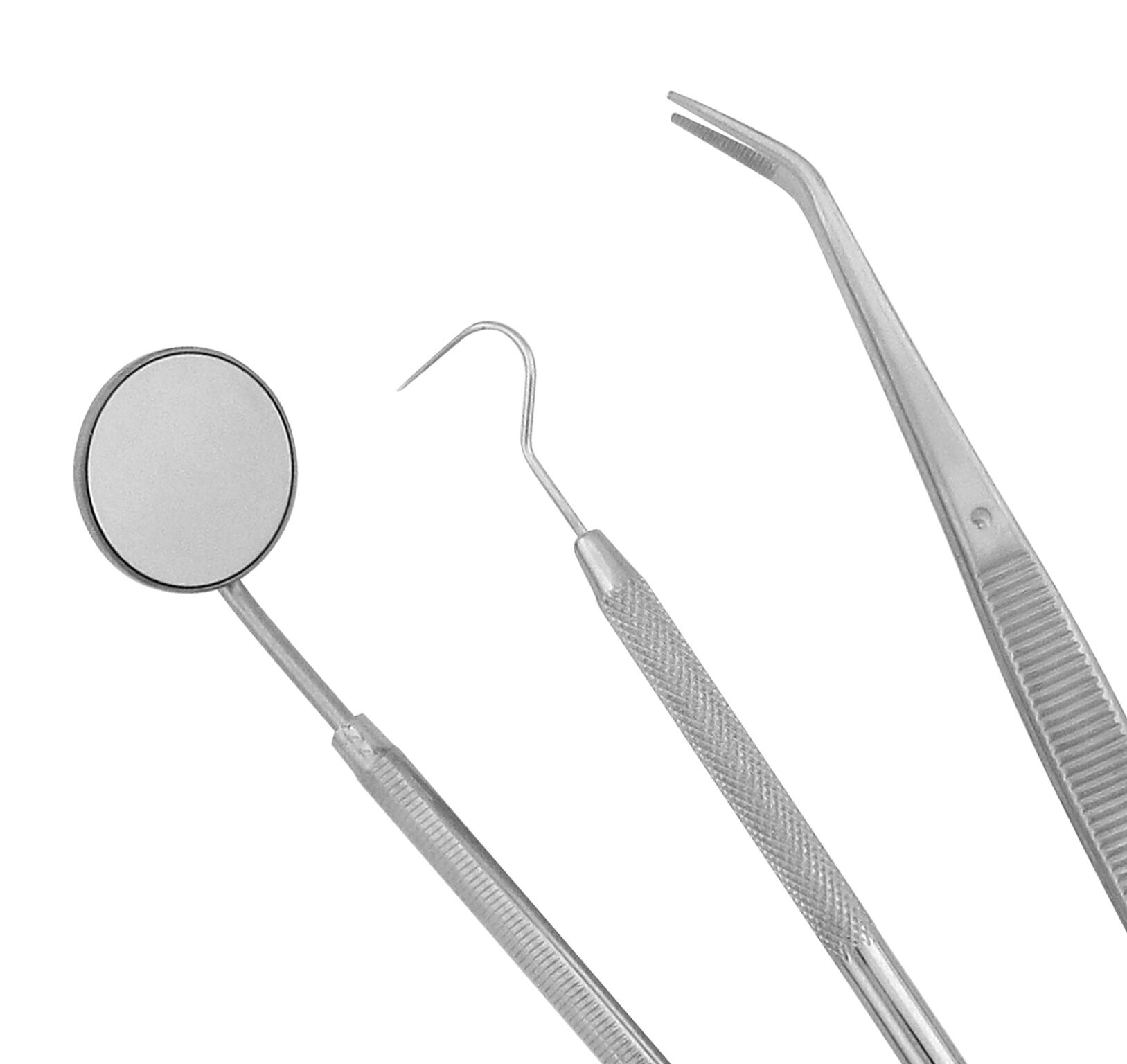 Diagnostic Sets & Accessories
Diagnostic Sets & Accessories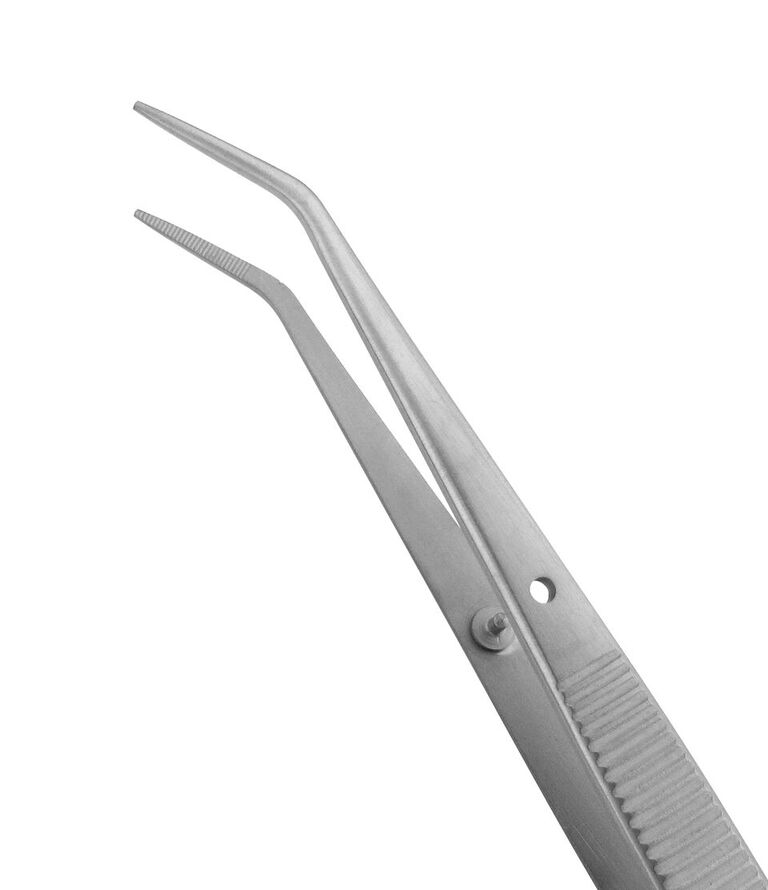 Dressing Pliers
Dressing Pliers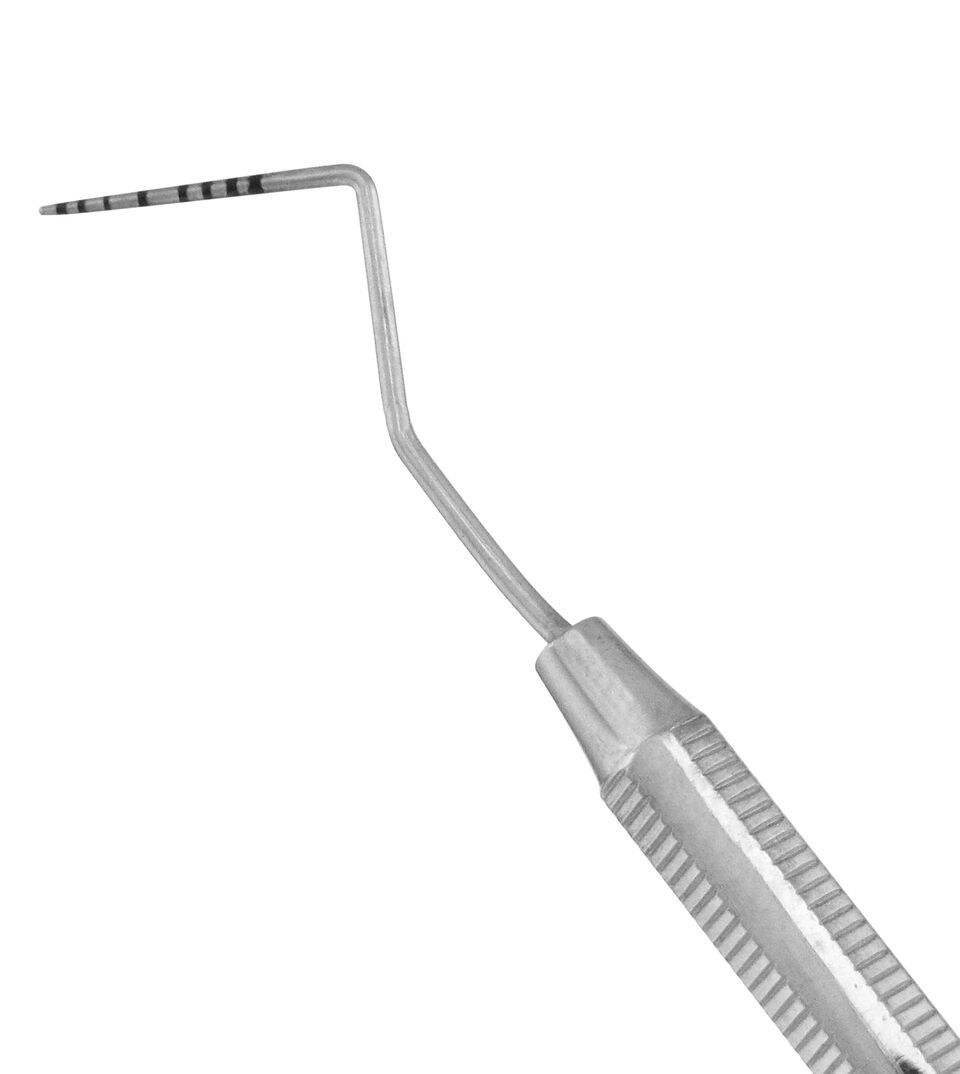 Explorer/Probes
Explorer/Probes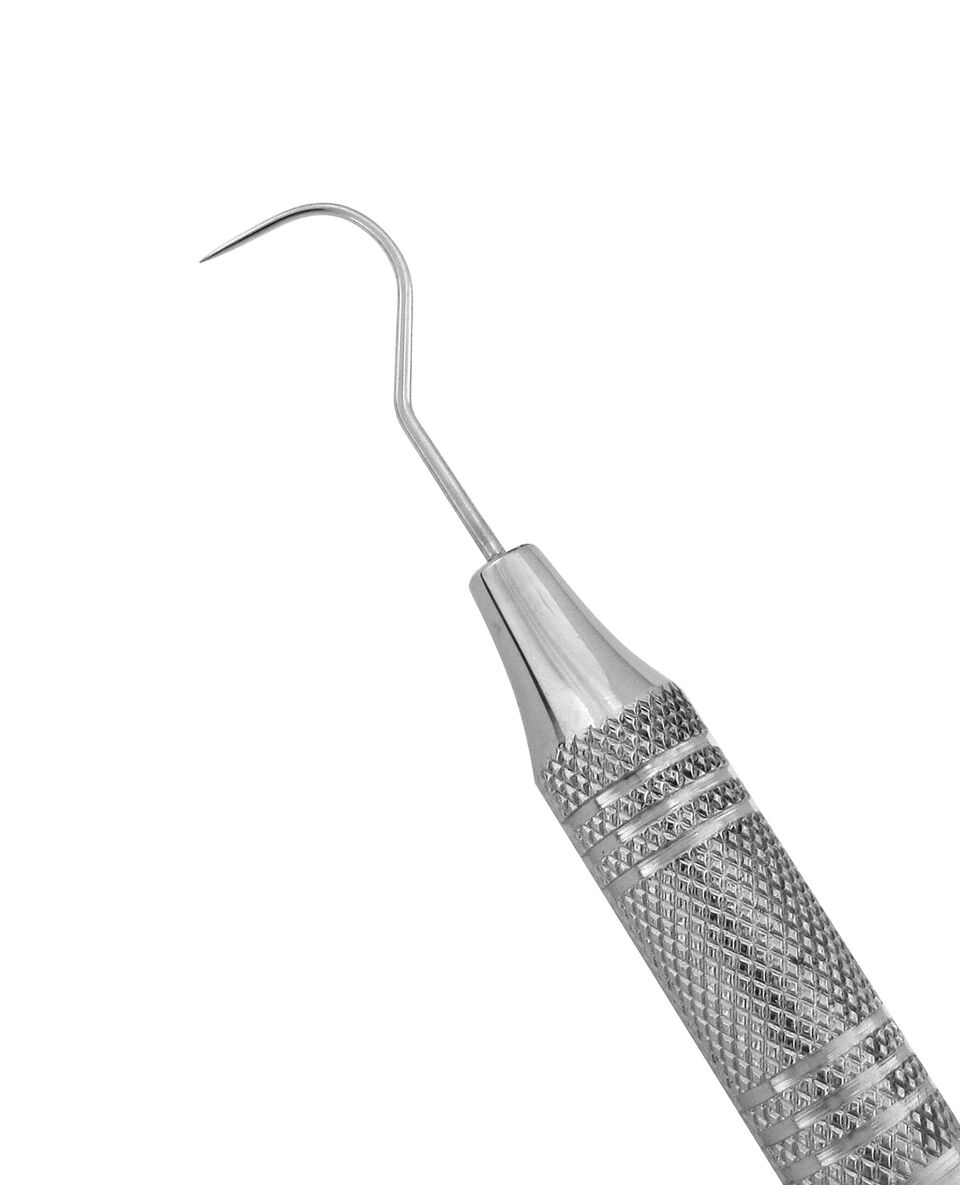 Explorers
Explorers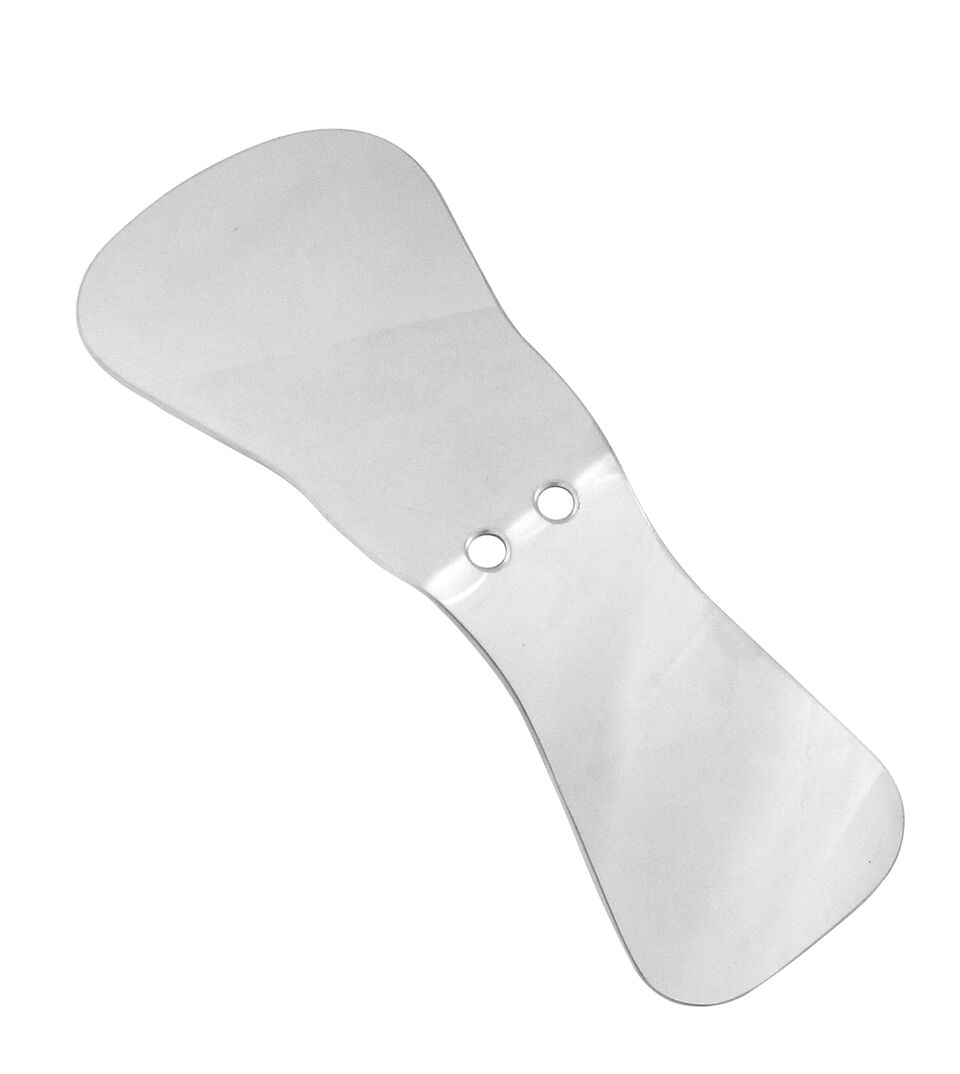 Intraoral Photography Mirrors
Intraoral Photography Mirrors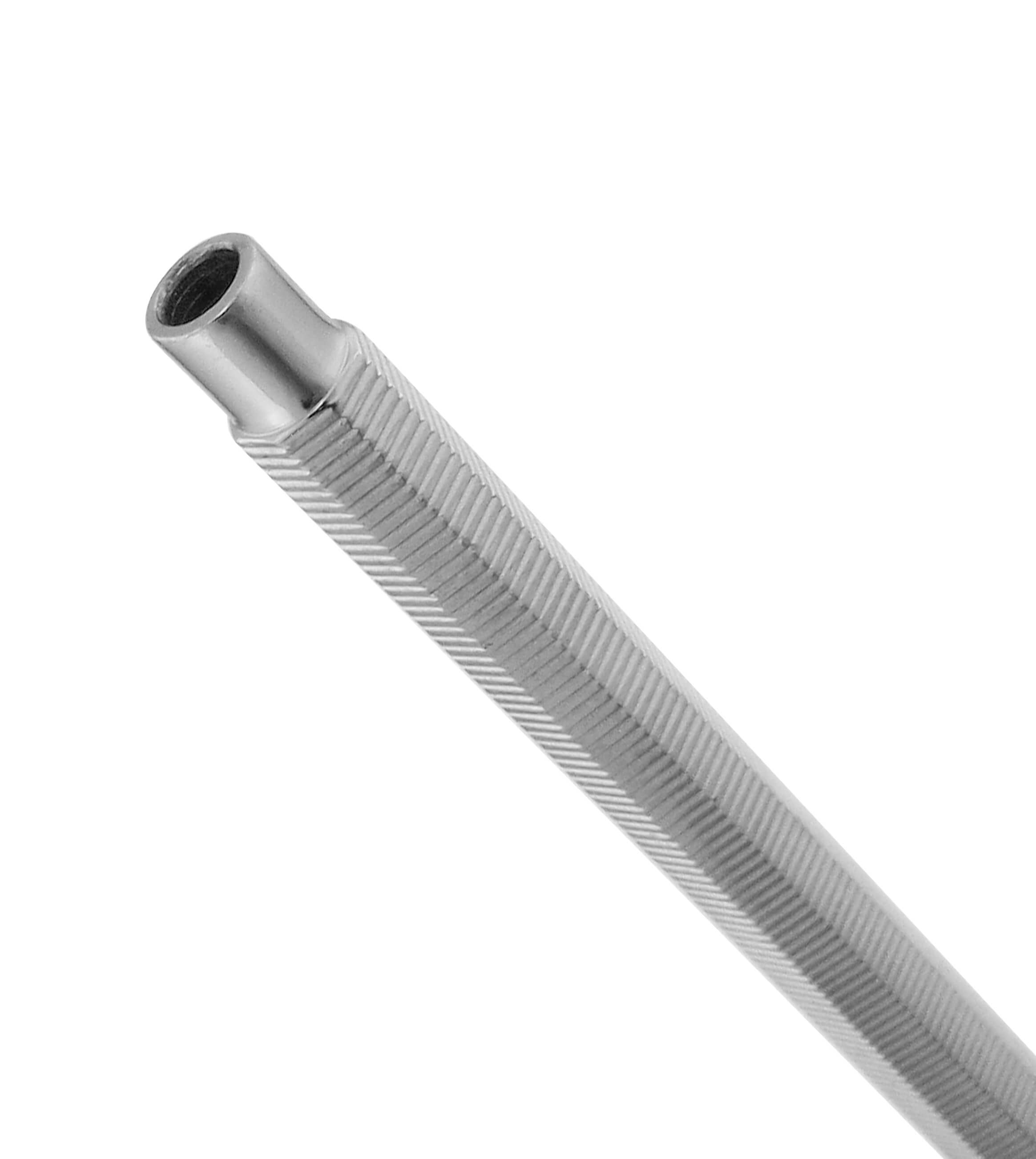 Mirror Handles
Mirror Handles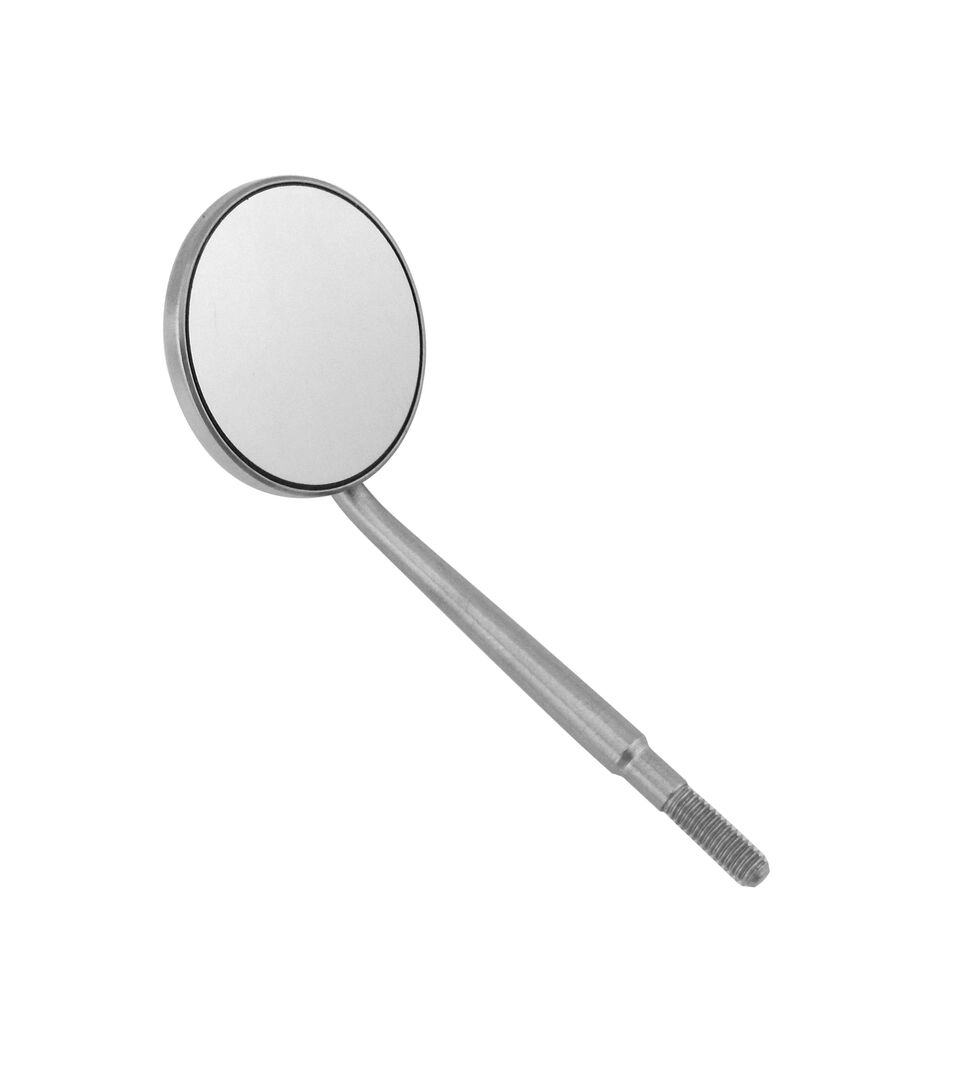 Mirrors
Mirrors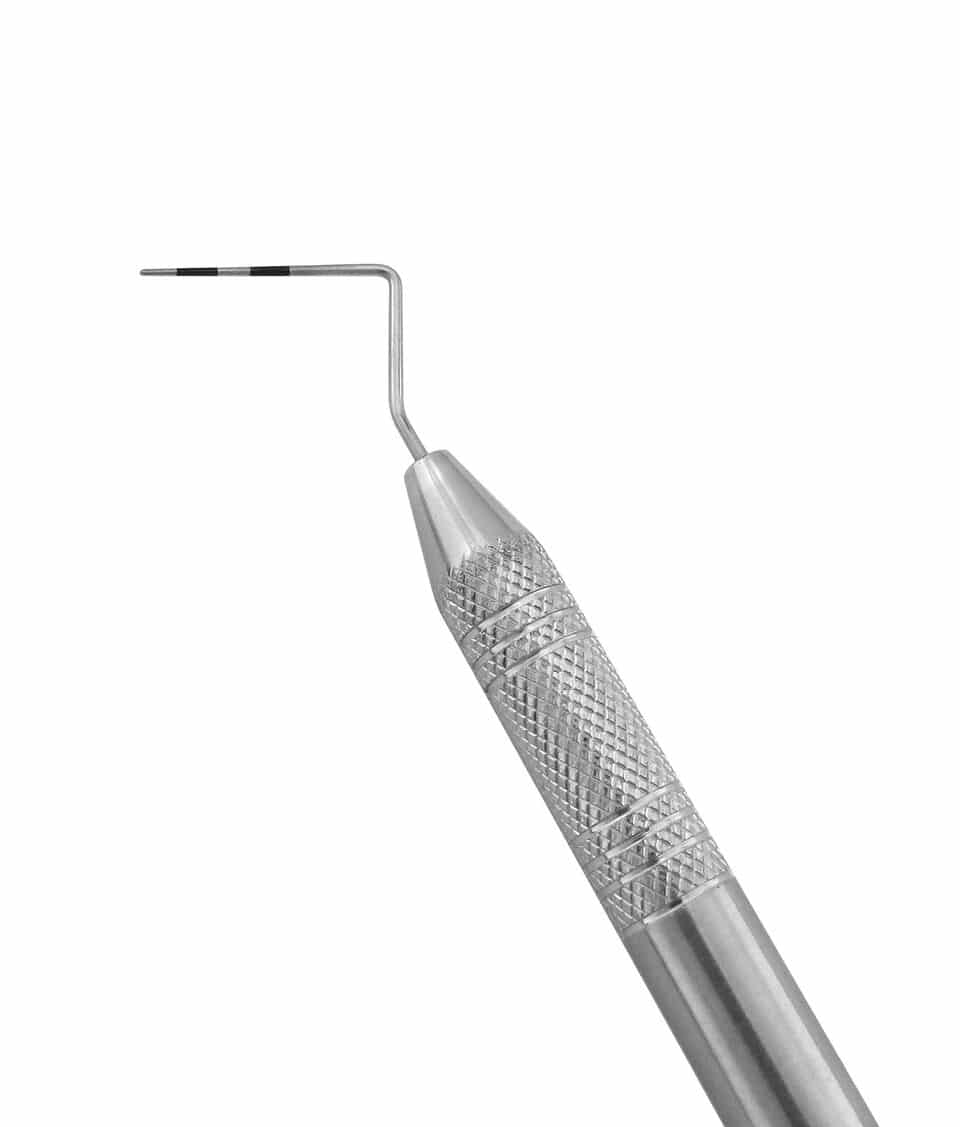 Probes
Probes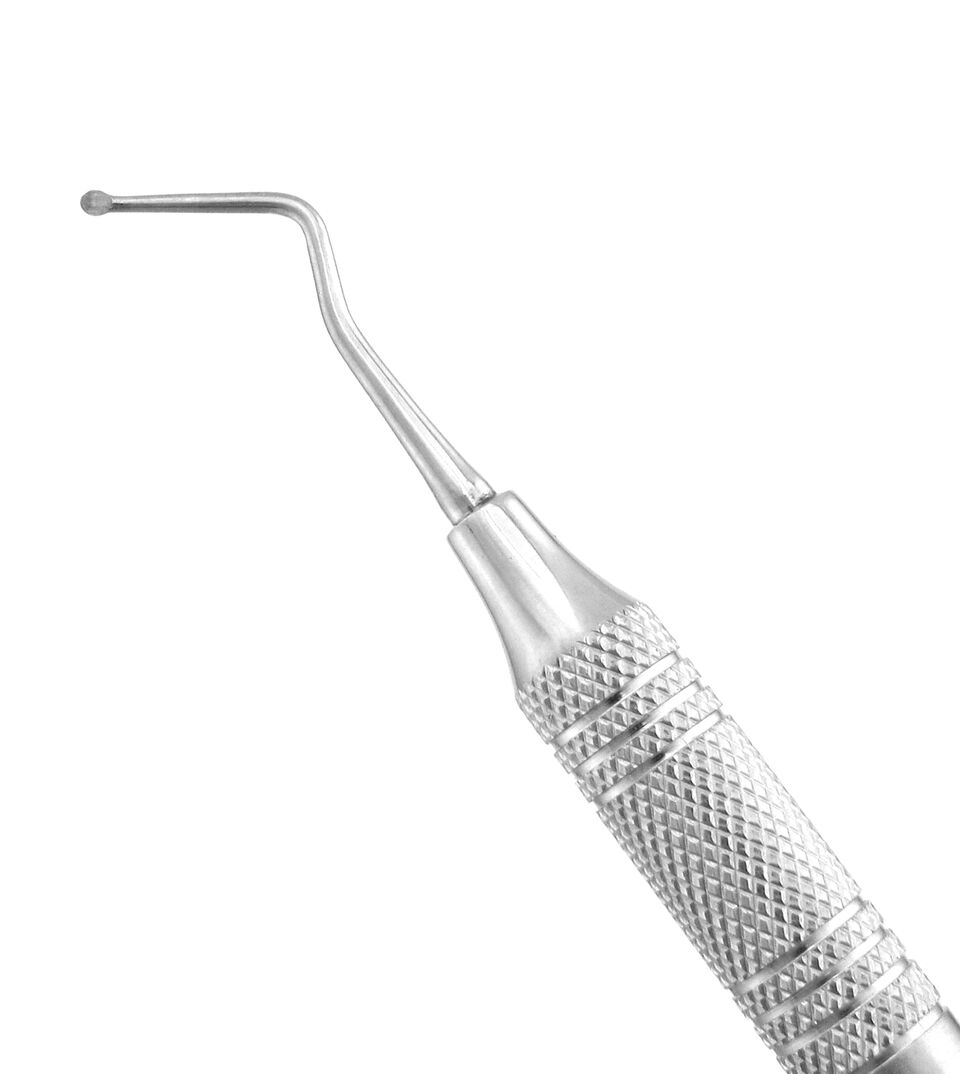 Endo Excavators
Endo Excavators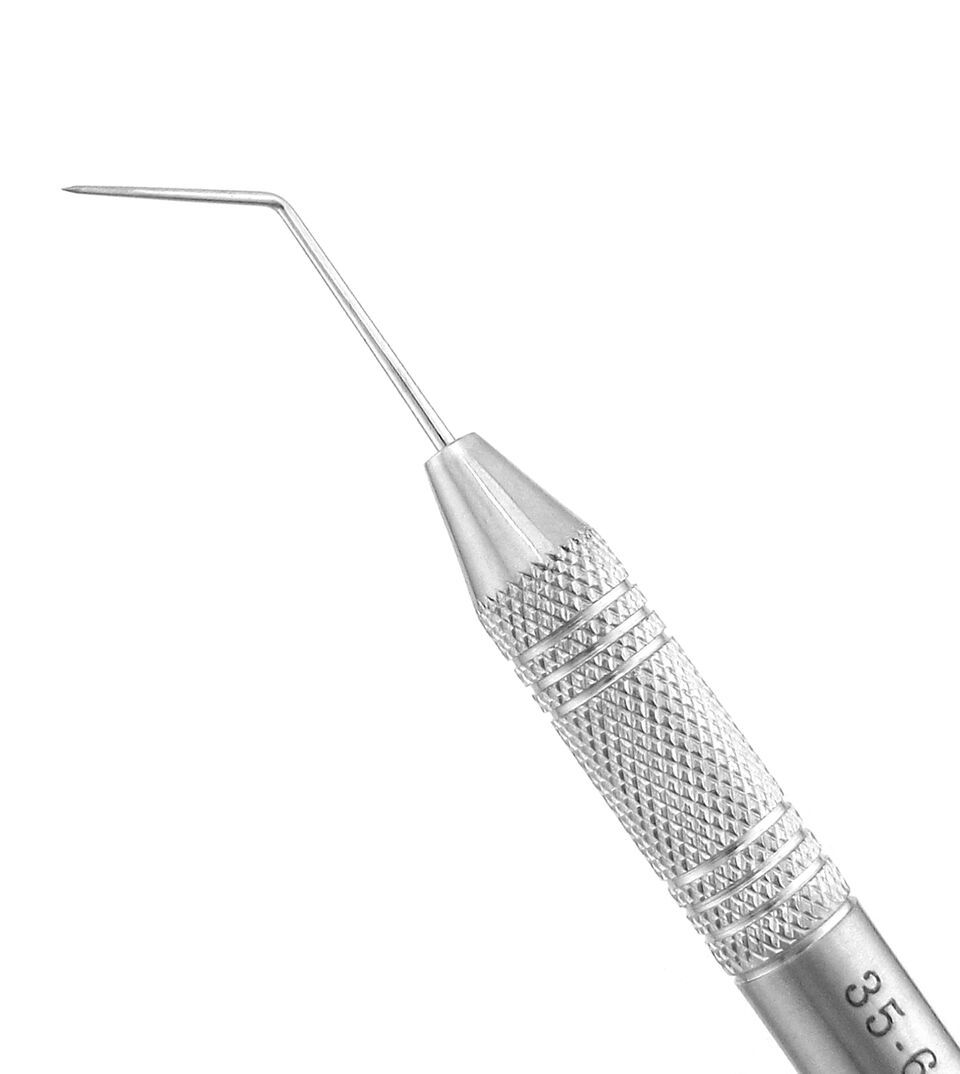 Endo Explorers
Endo Explorers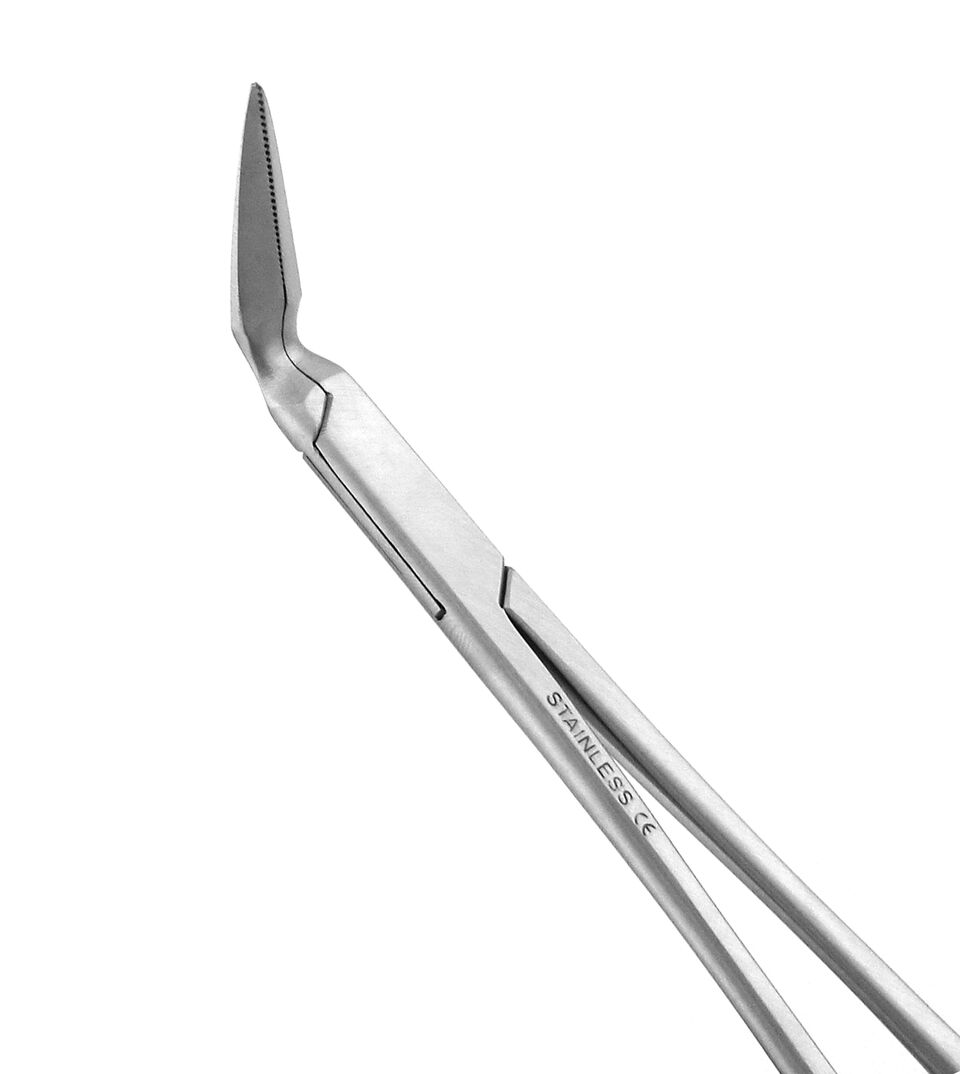 Endo Forceps
Endo Forceps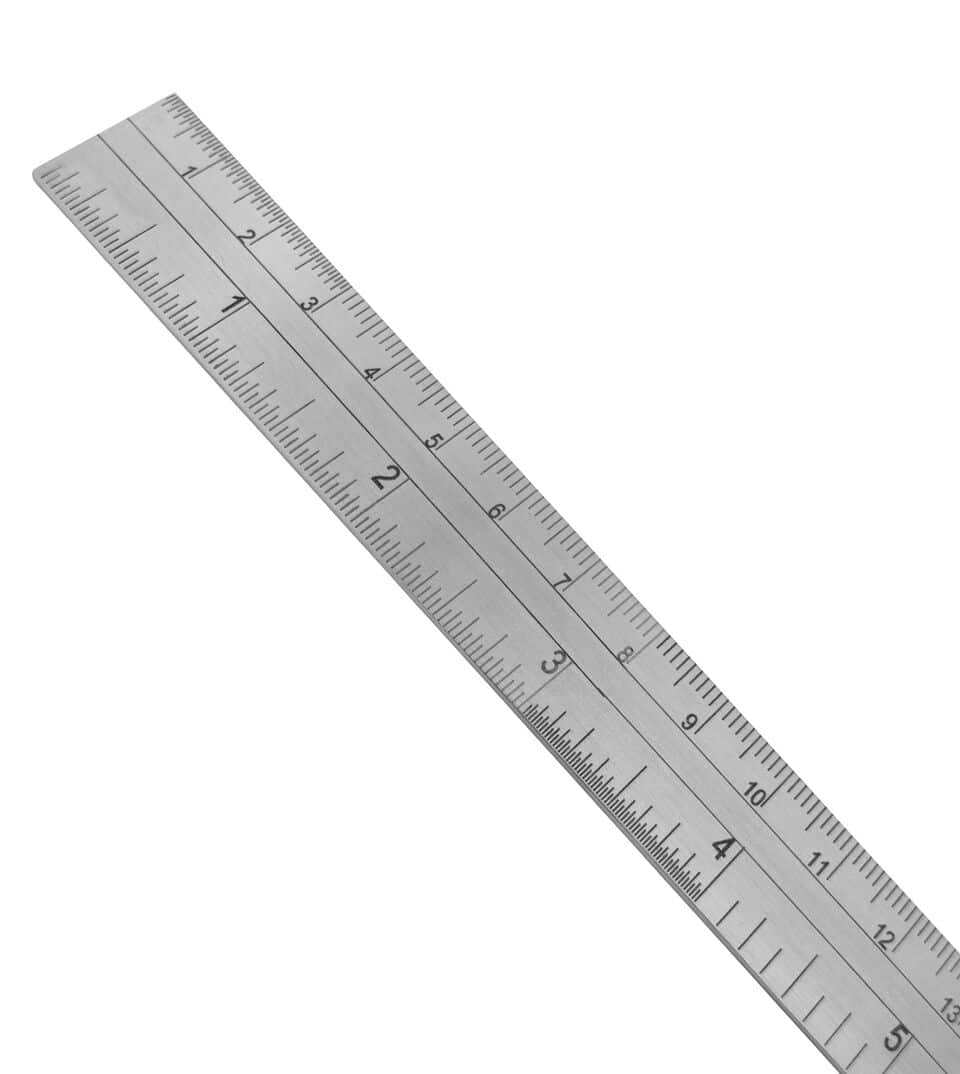 Endo Rulers
Endo Rulers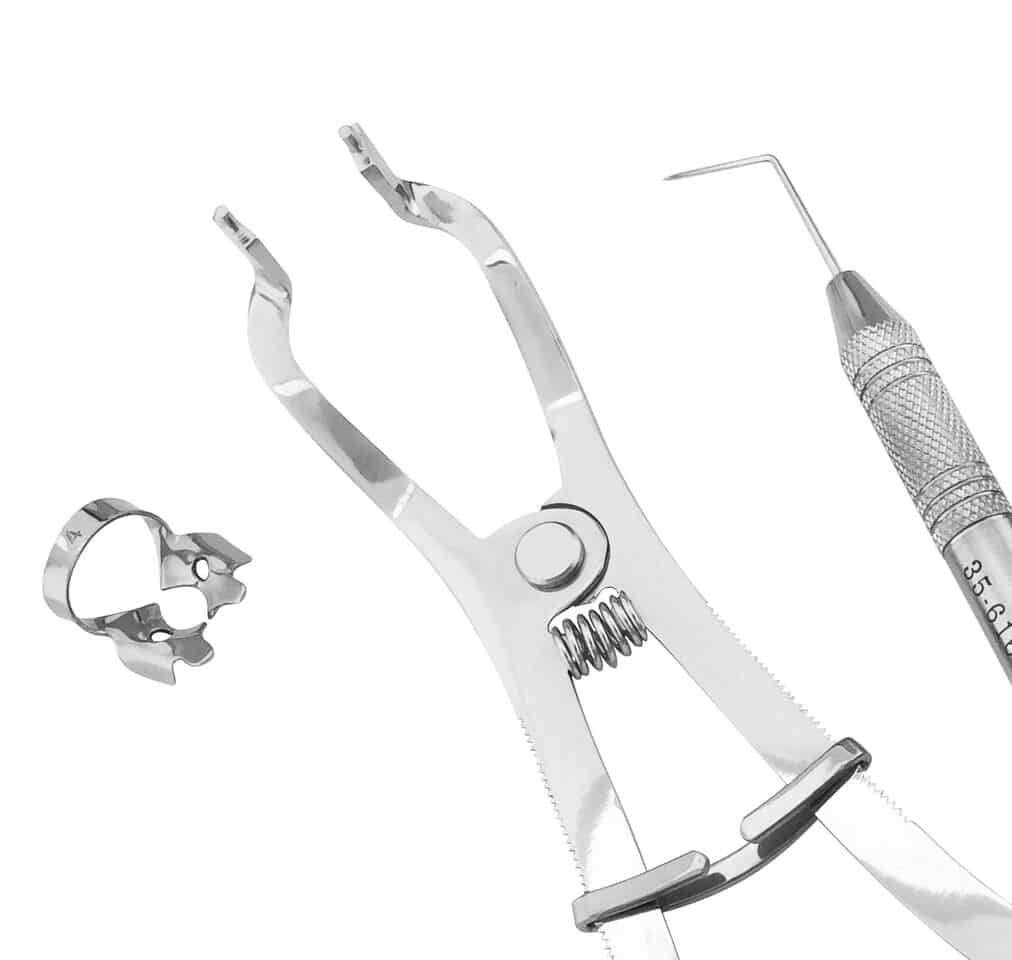 Endodontic Sets
Endodontic Sets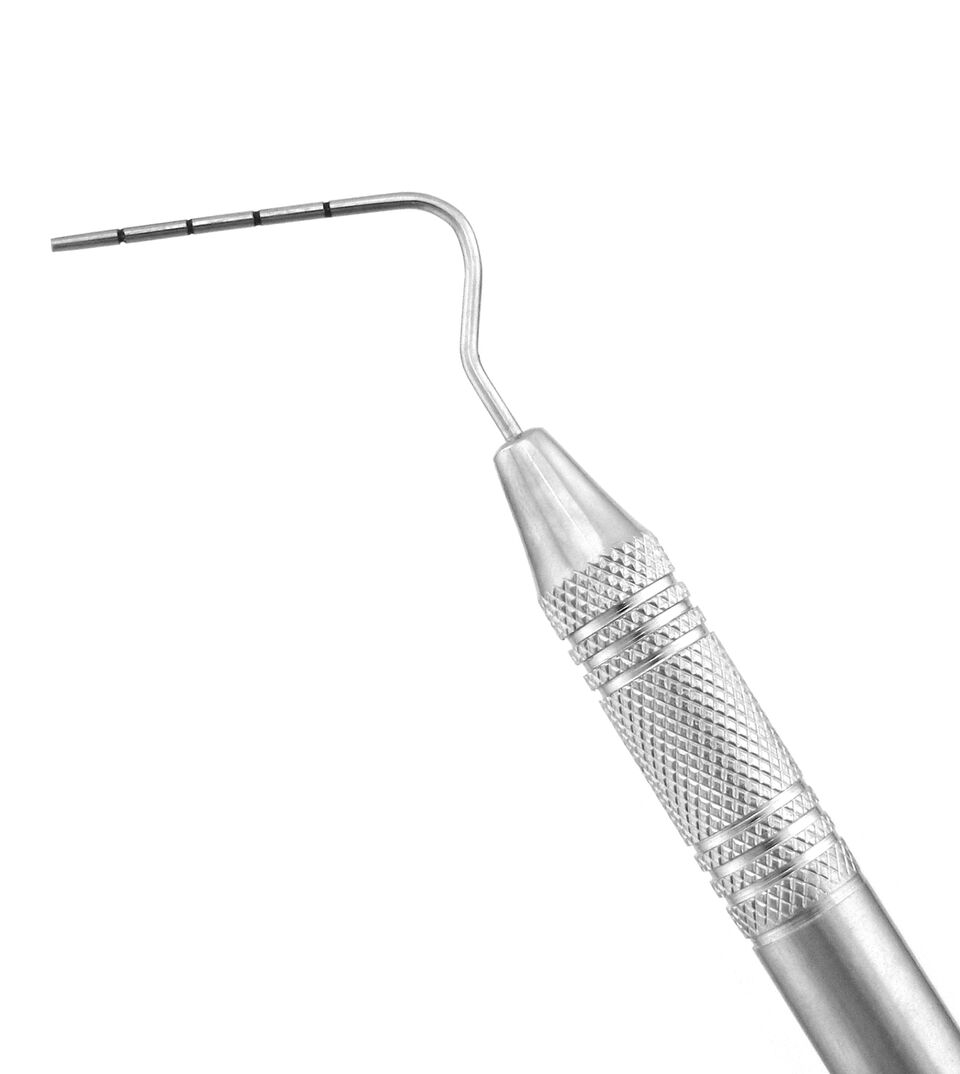 Root Canal Pluggers
Root Canal Pluggers Root Canal Spreaders
Root Canal Spreaders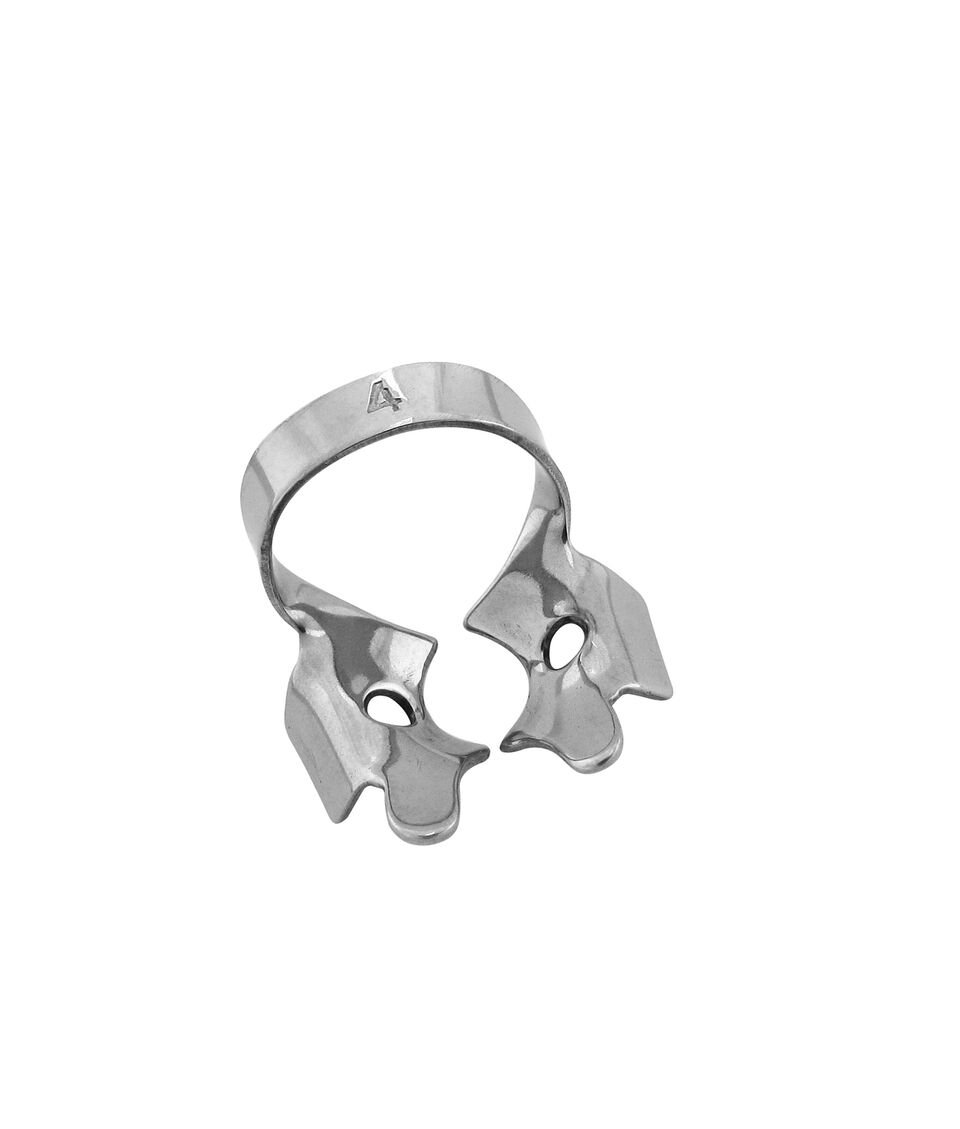 Rubber Dam Clamps
Rubber Dam Clamps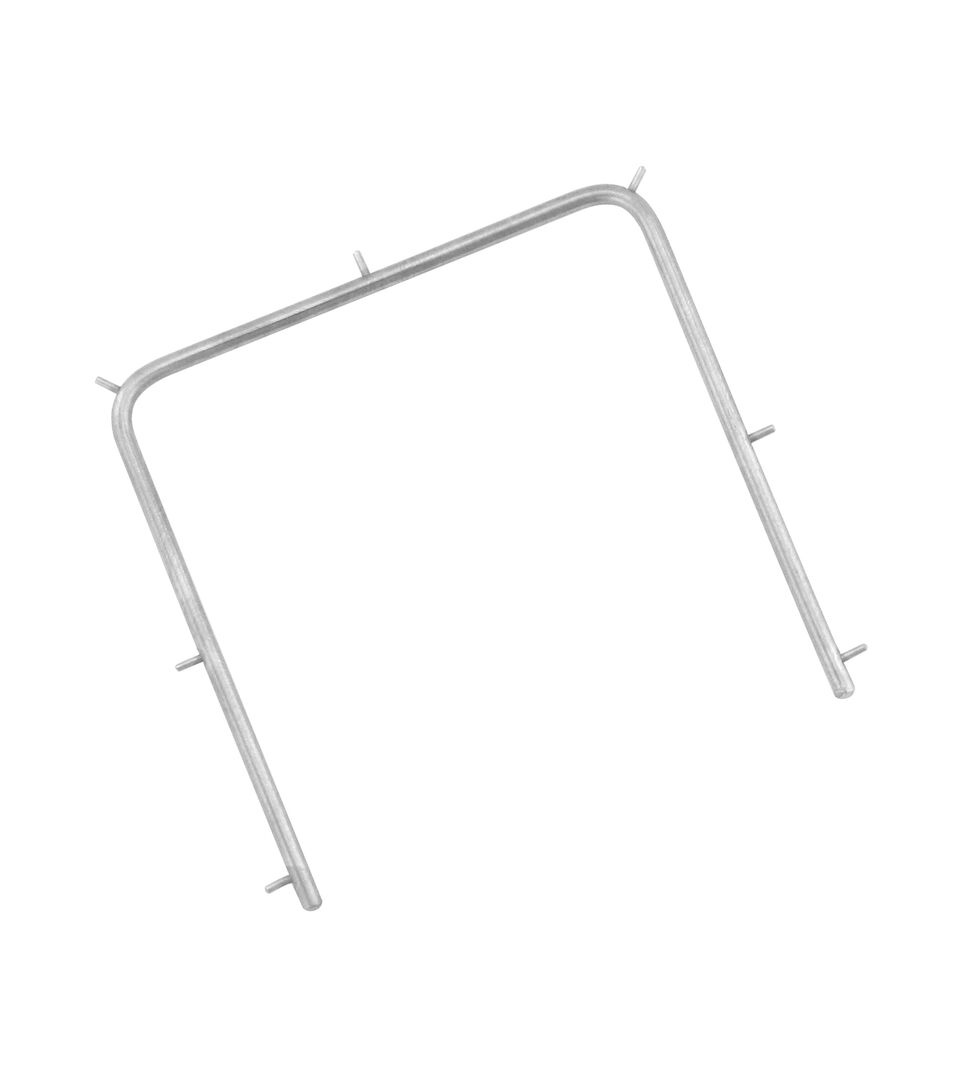 Rubber Dam Frames
Rubber Dam Frames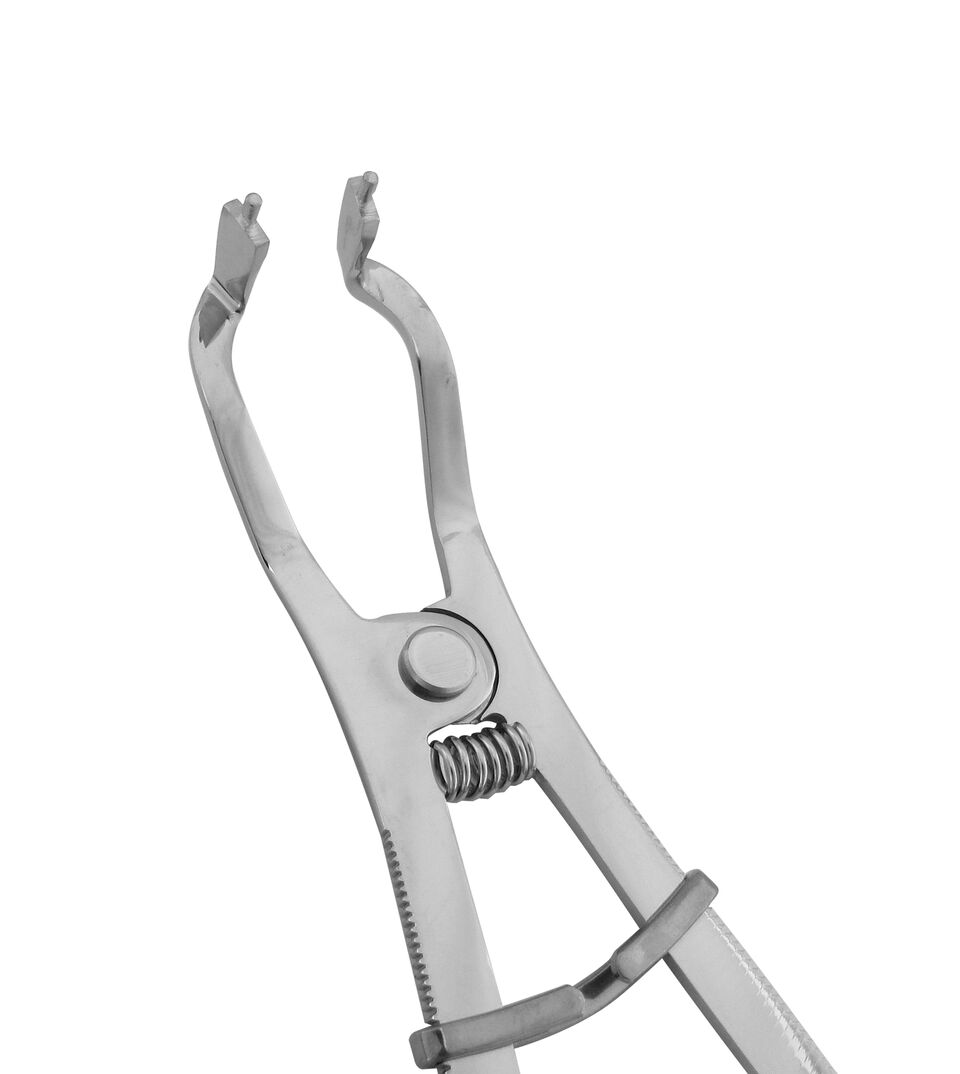 Rubber Dam Punches & Forceps
Rubber Dam Punches & Forceps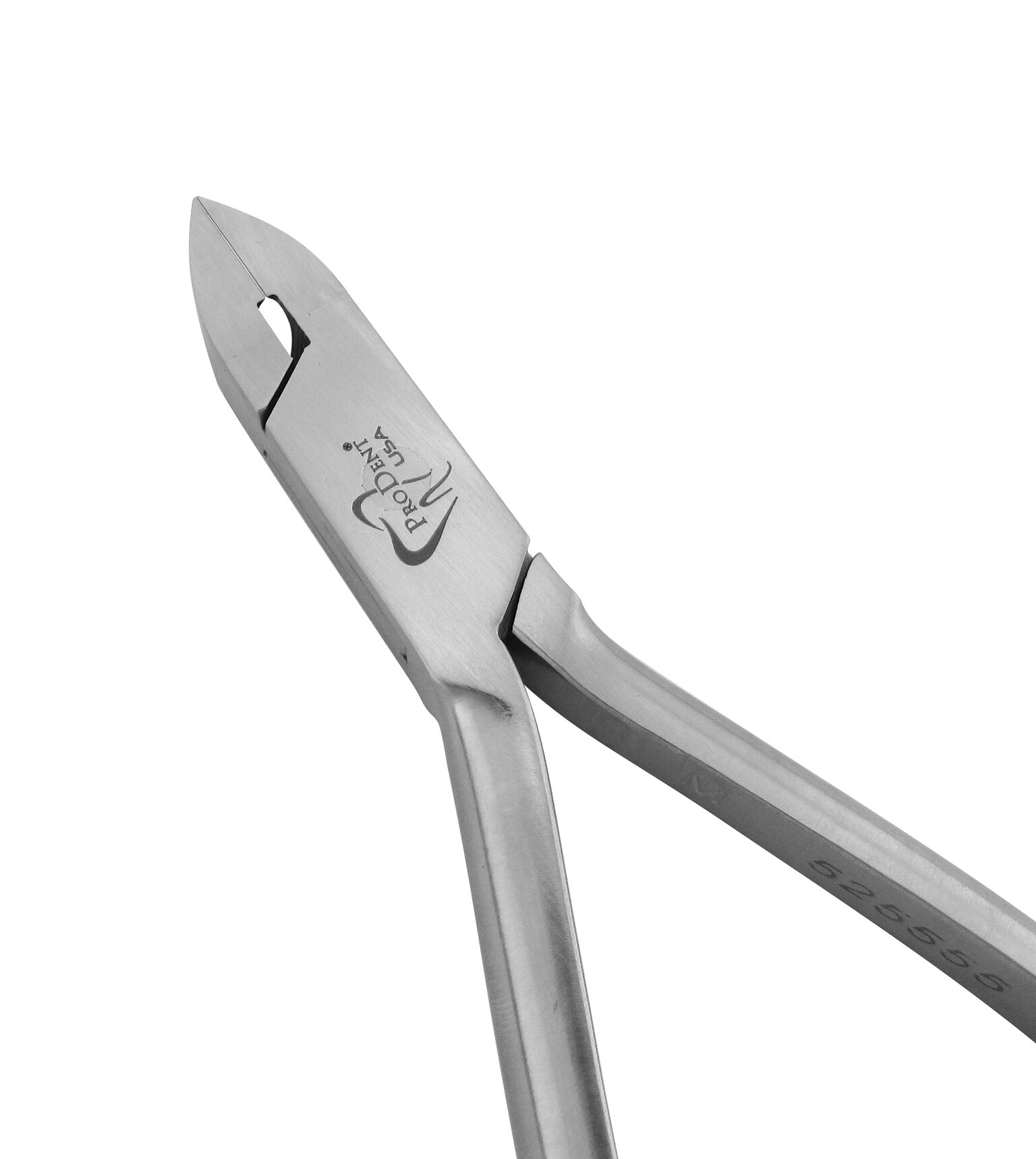 Cutters
Cutters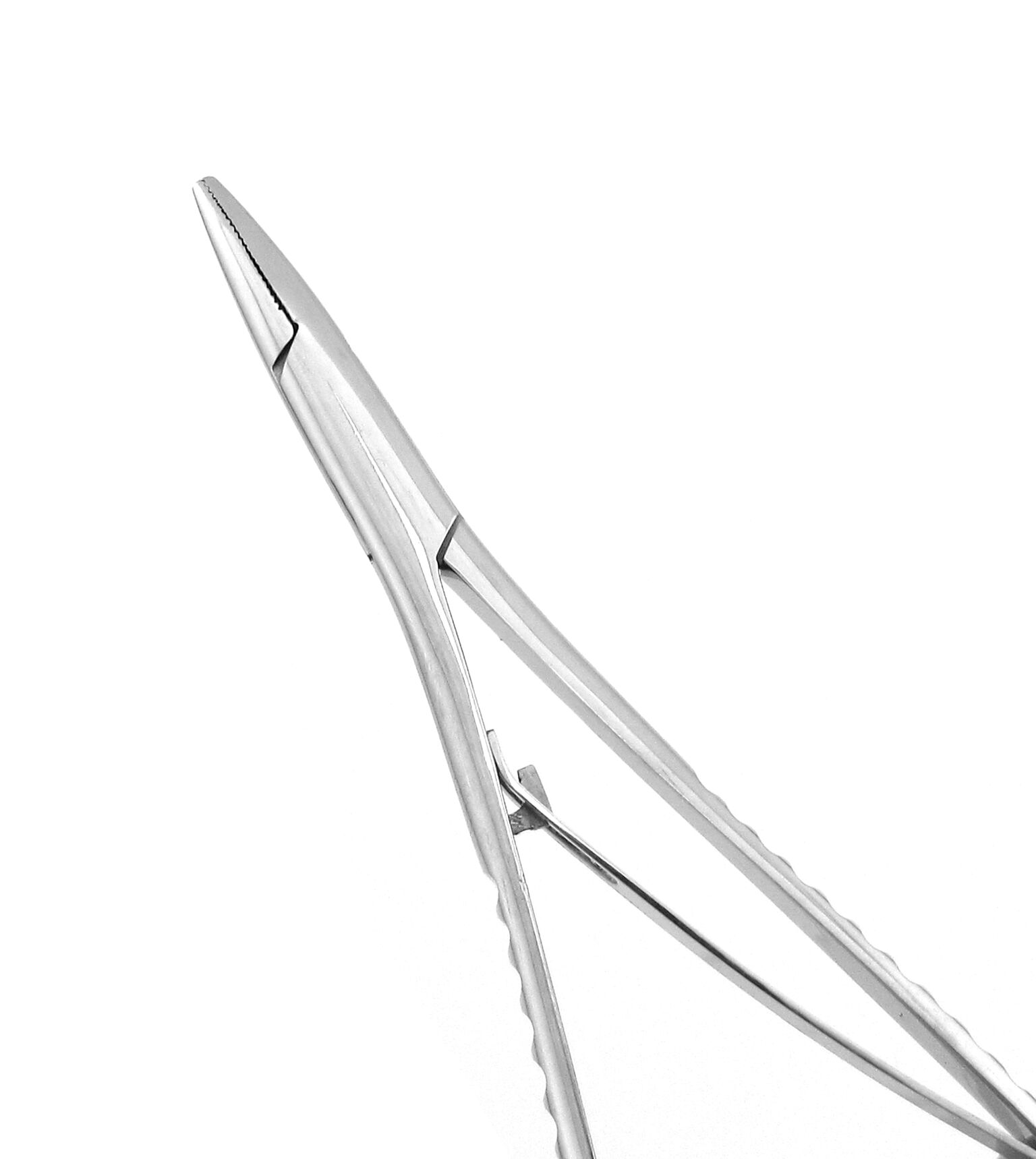 Elastic Placing Mathieu Pliers
Elastic Placing Mathieu Pliers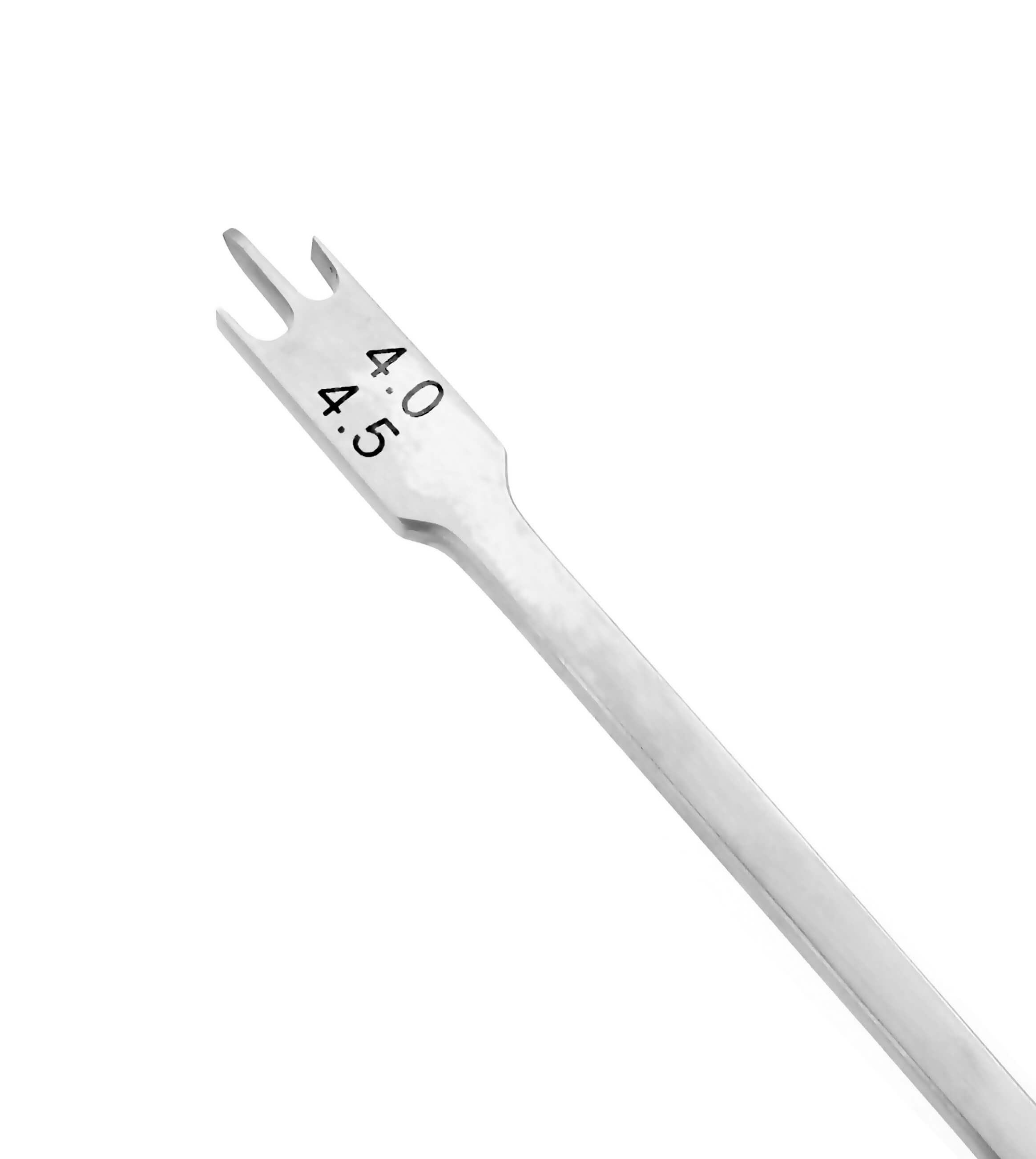 Gauges
Gauges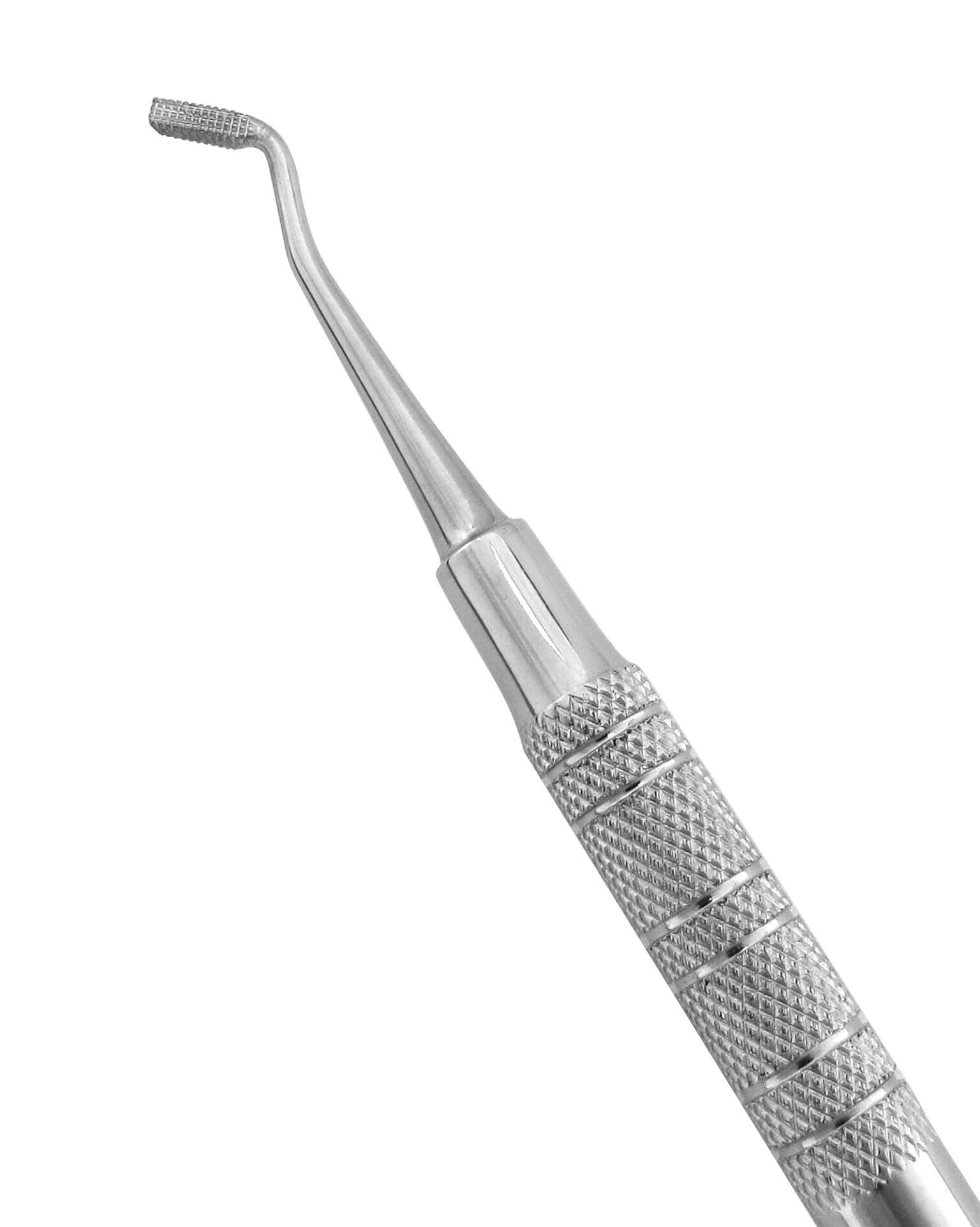 Hand Instruments
Hand Instruments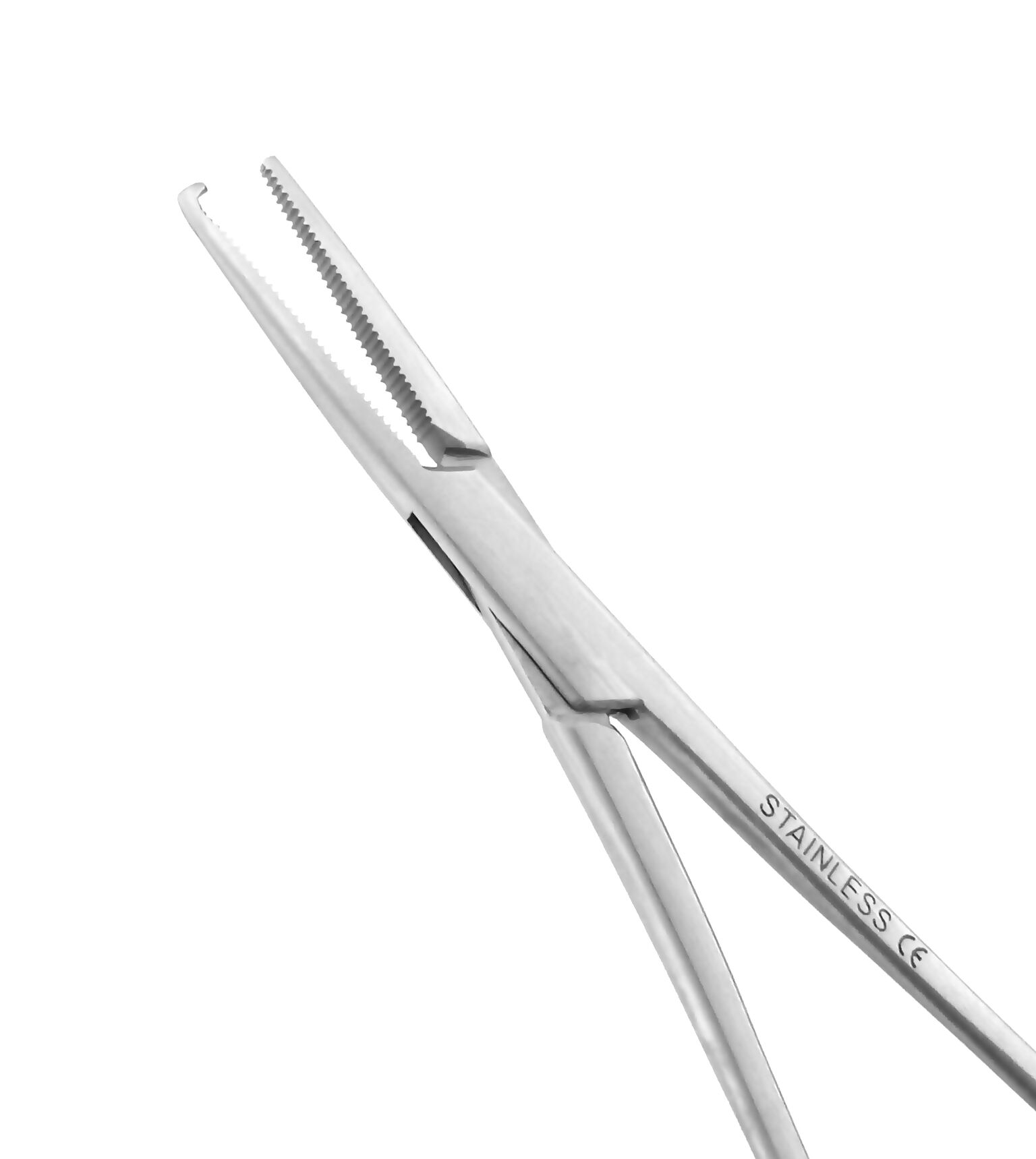 Mosquitoes
Mosquitoes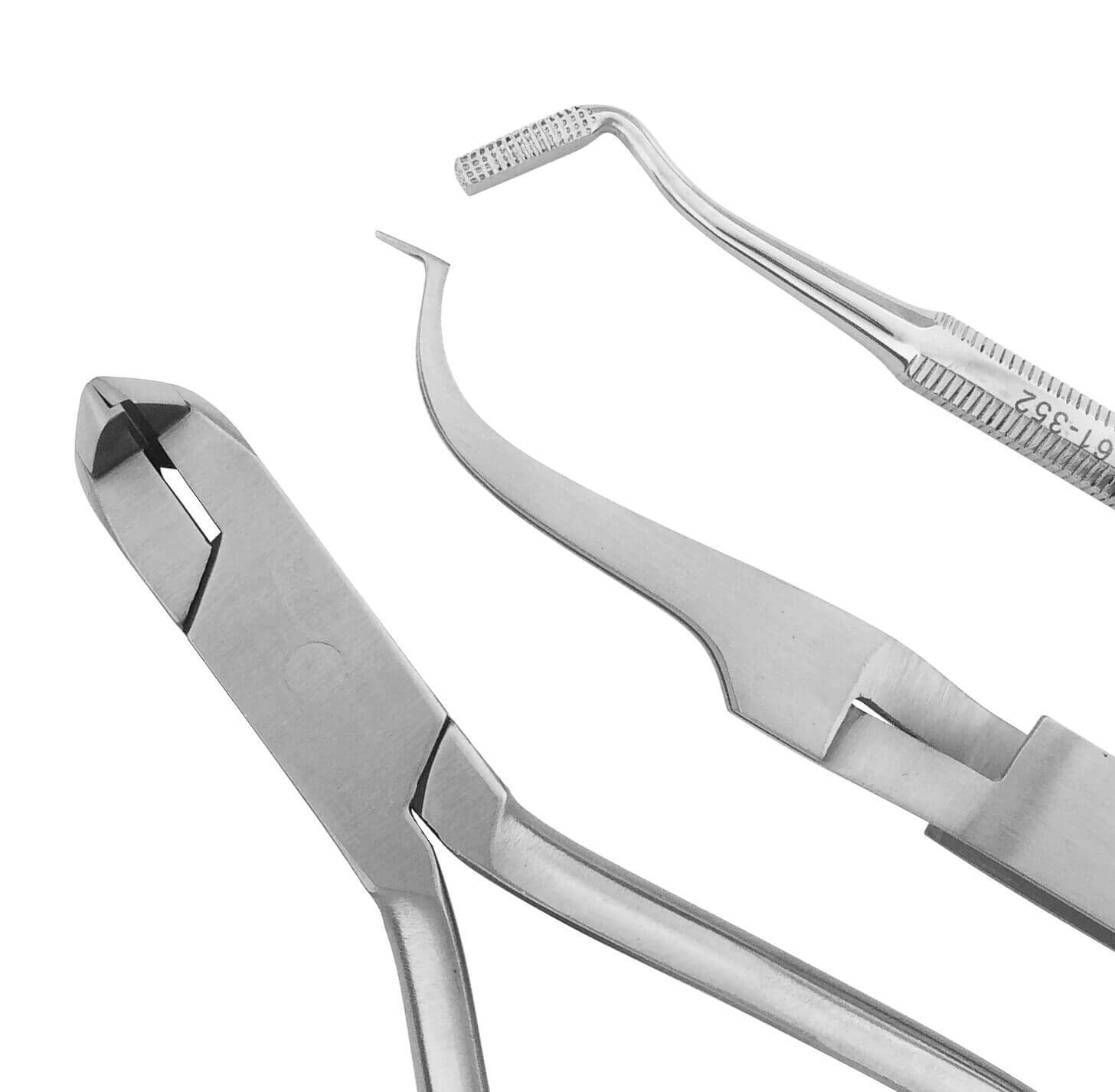 Orthodontic Sets
Orthodontic Sets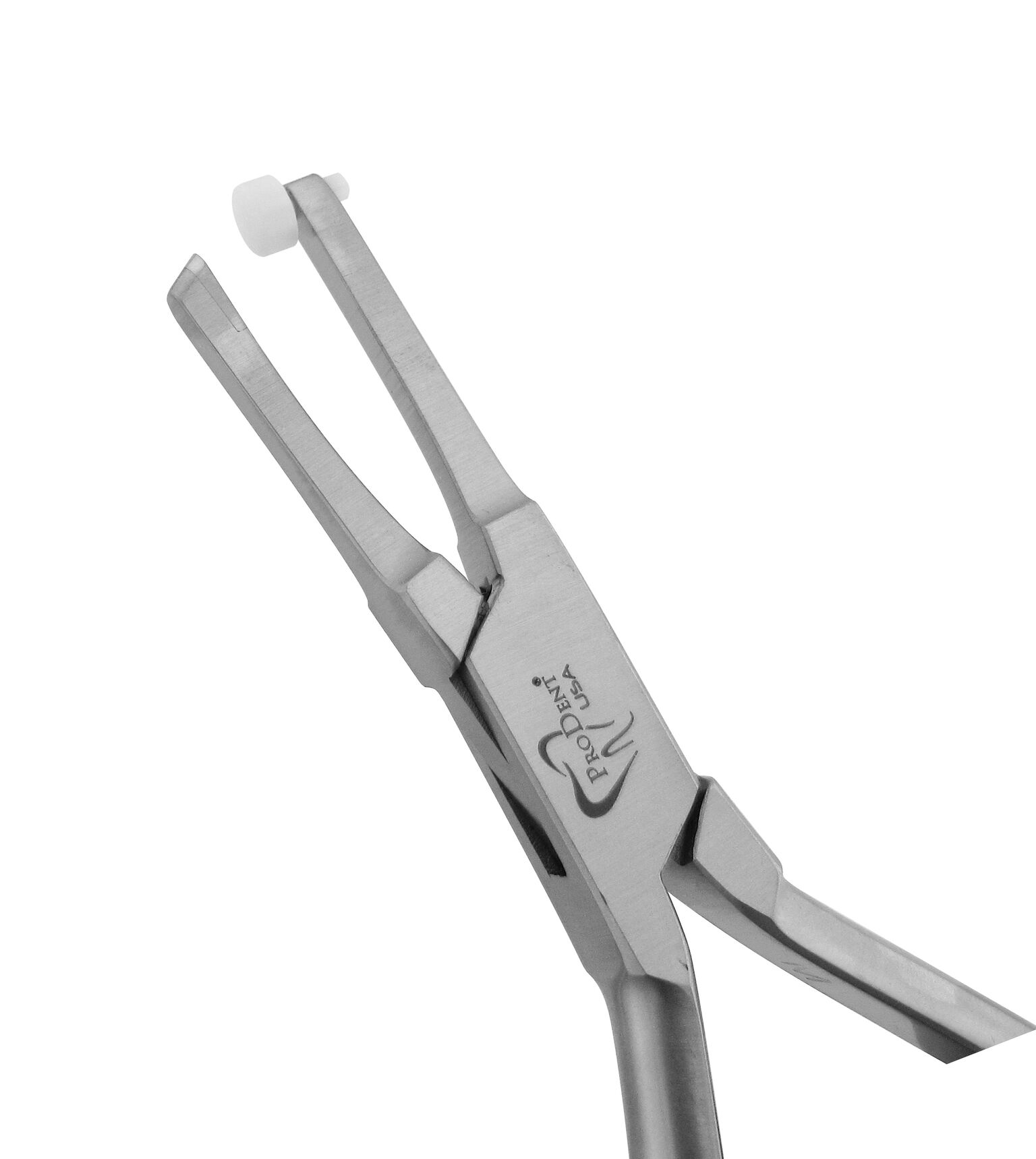 Pliers
Pliers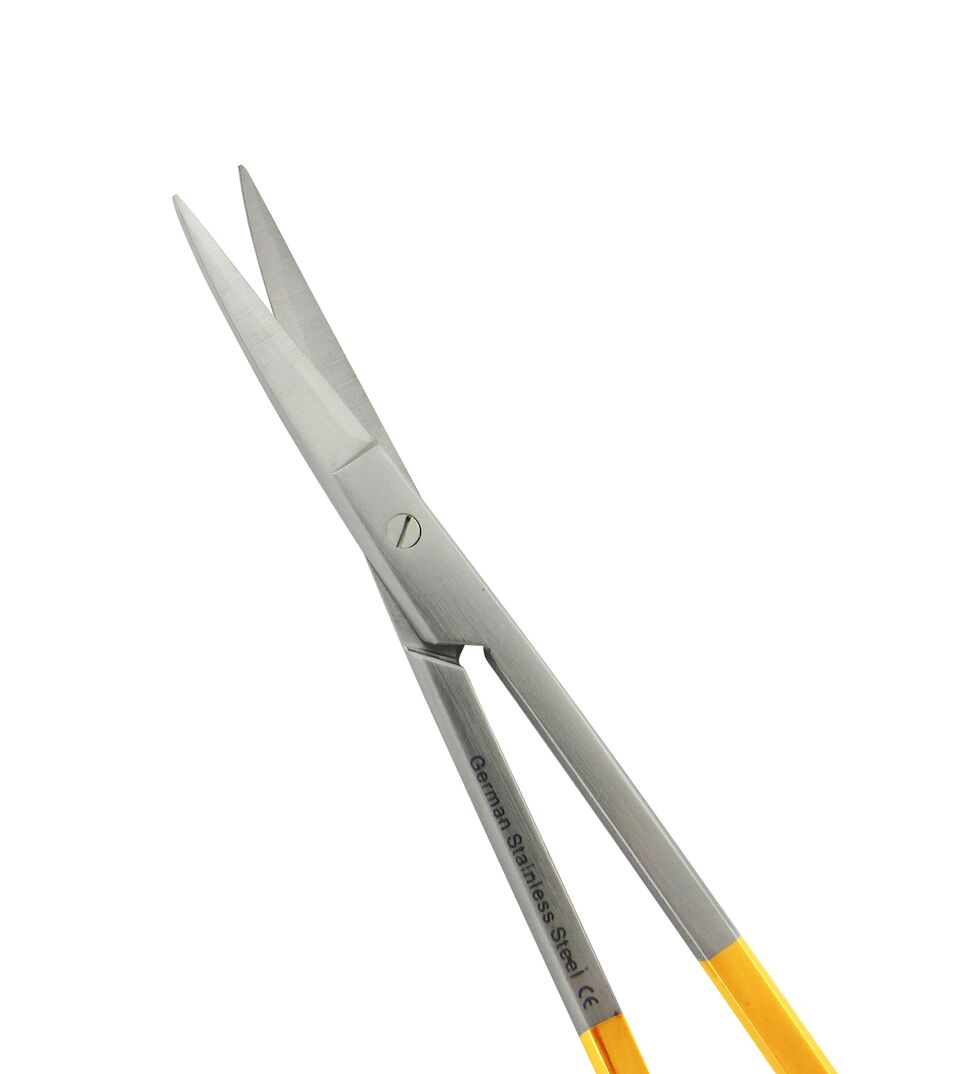 Scissors
Scissors Tweezers
Tweezers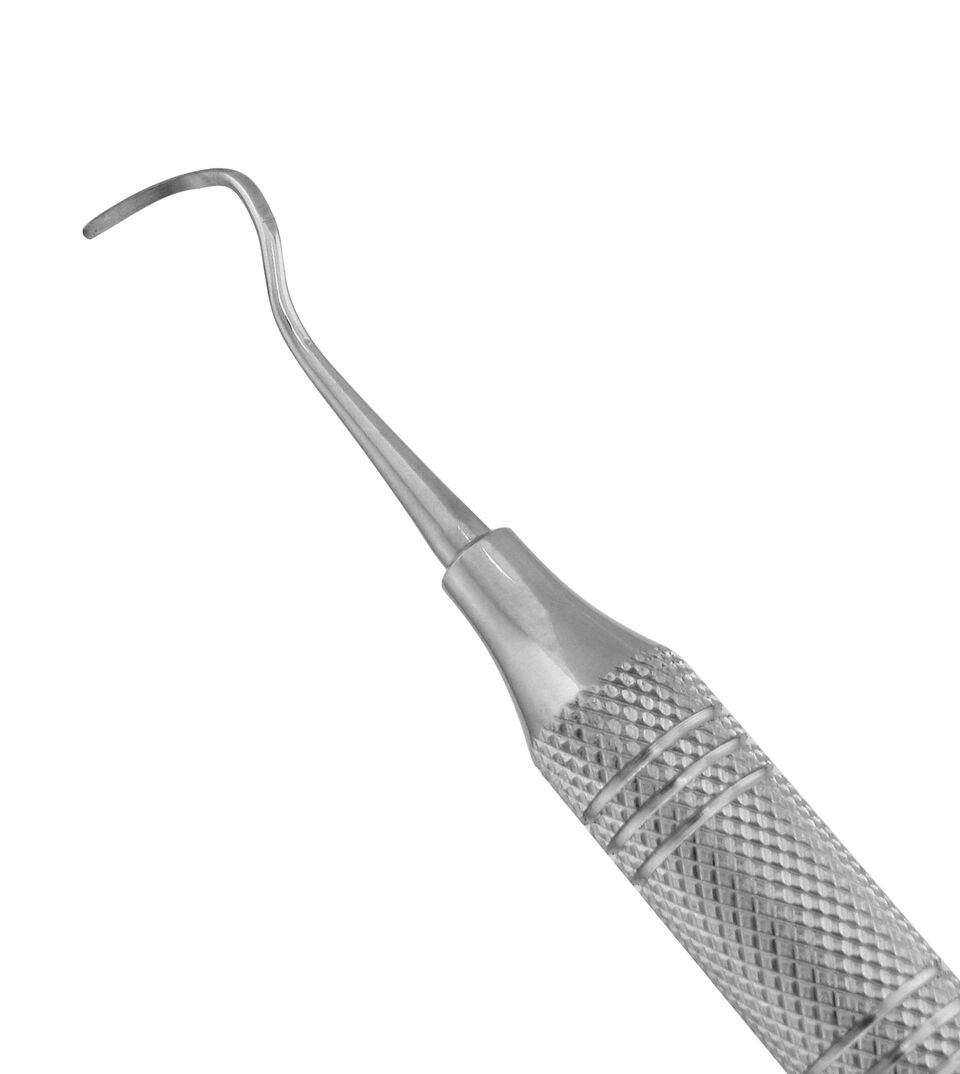 Curettes
Curettes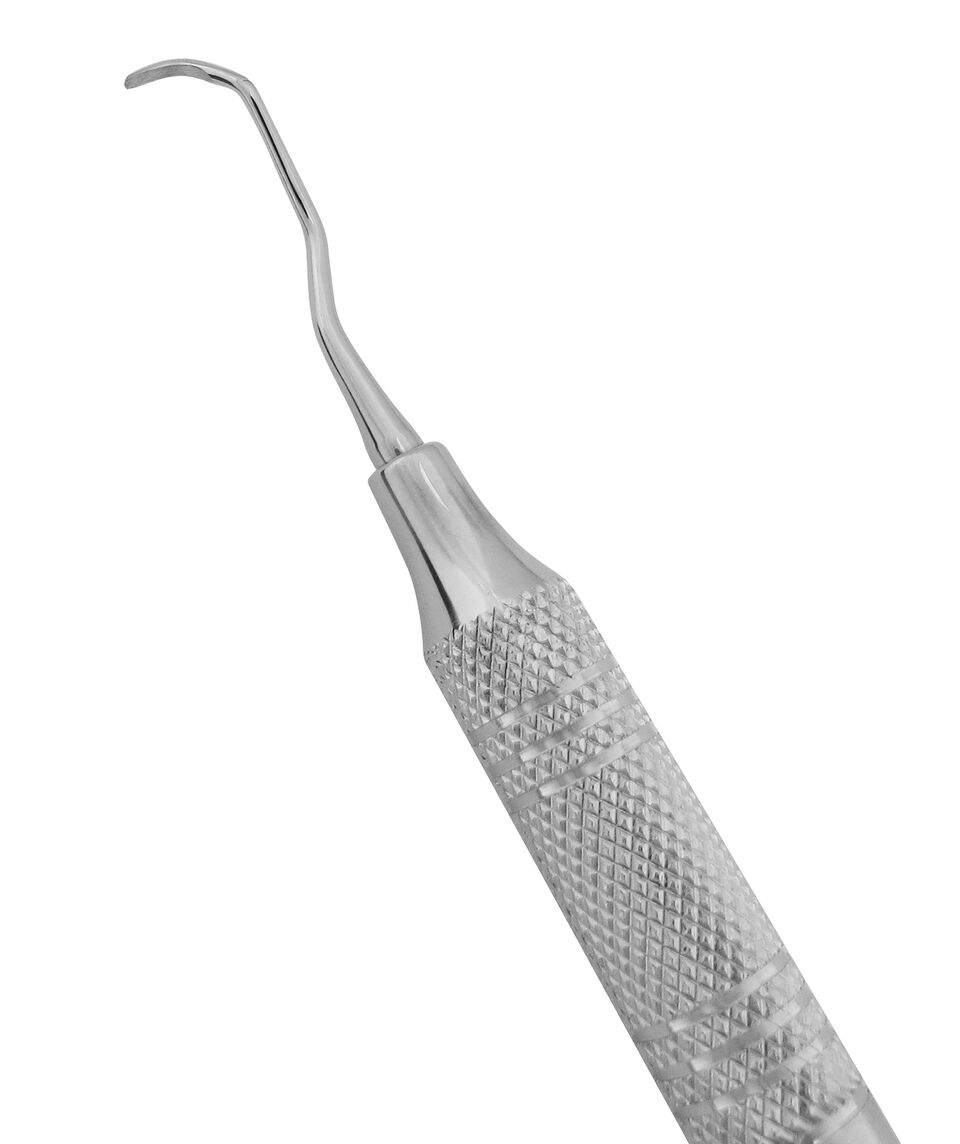 Gracey Curettes
Gracey Curettes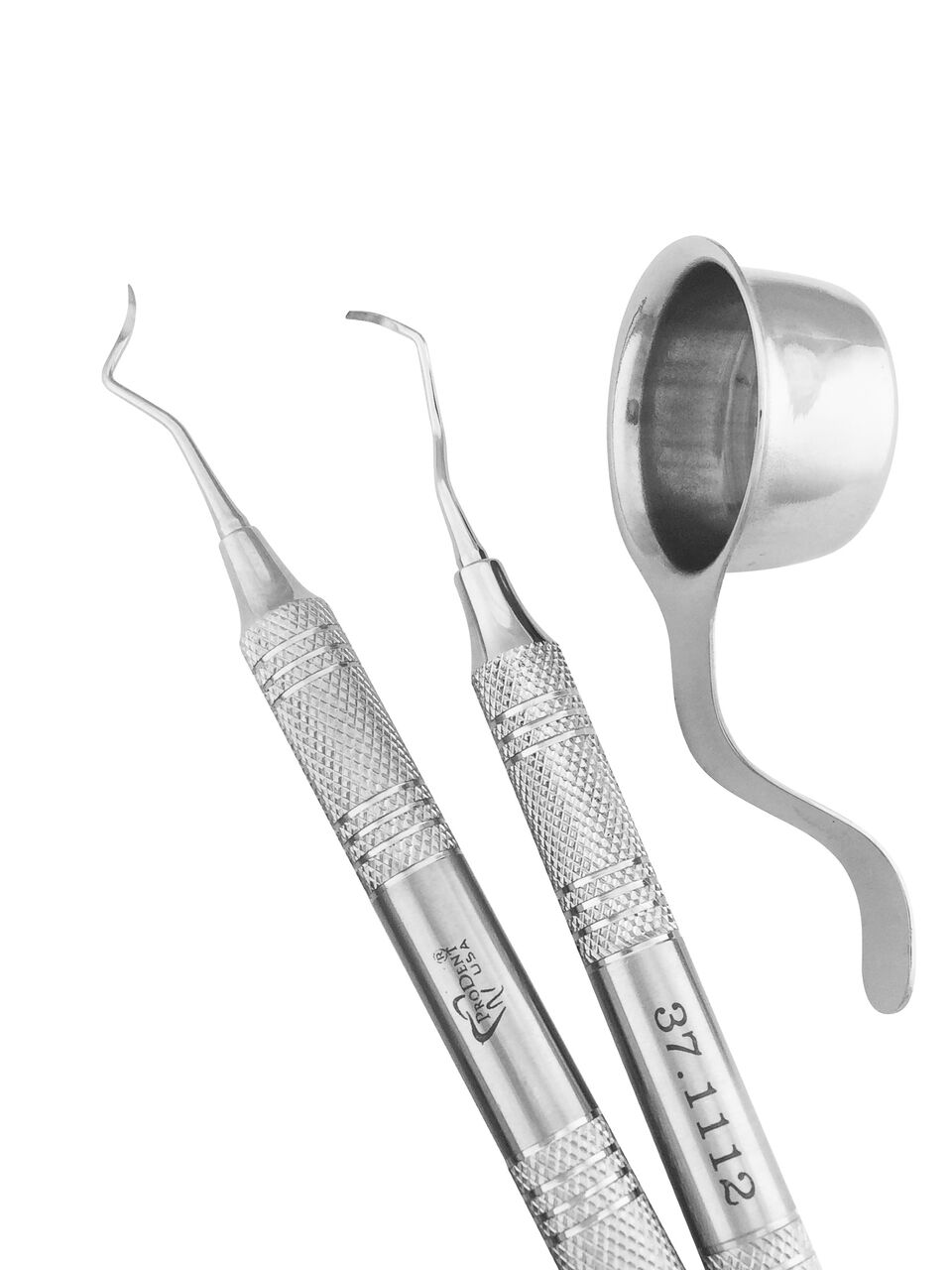 Periodontal Sets & Accessories
Periodontal Sets & Accessories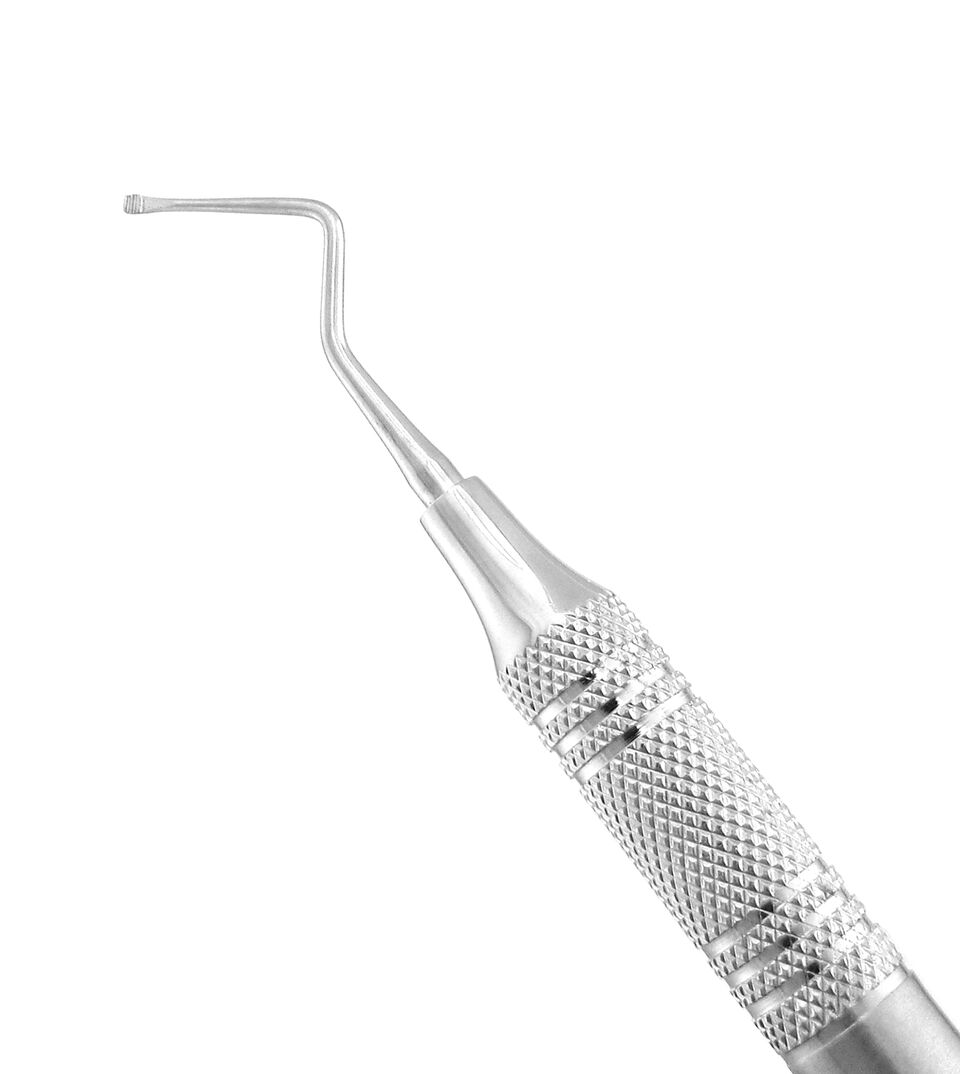 Periodontal Specialty Instruments
Periodontal Specialty Instruments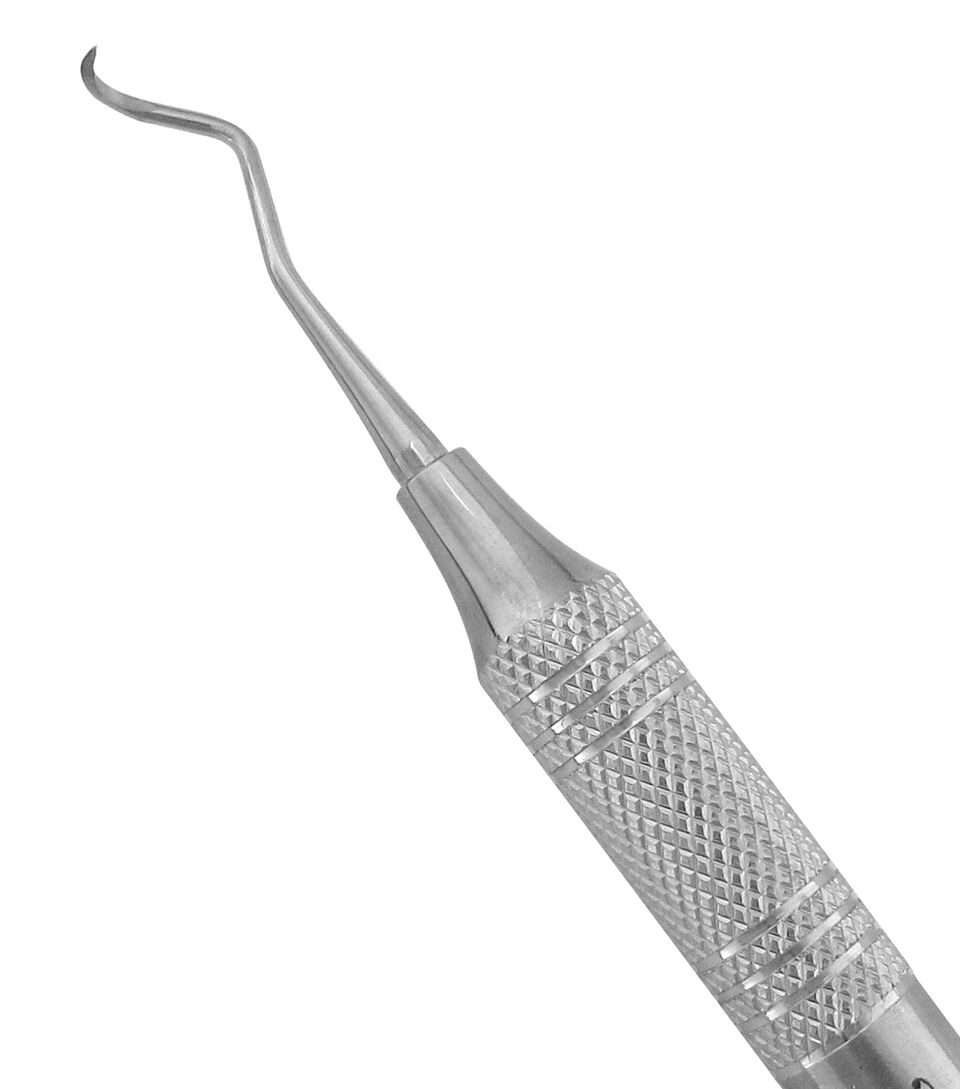 Scalers
Scalers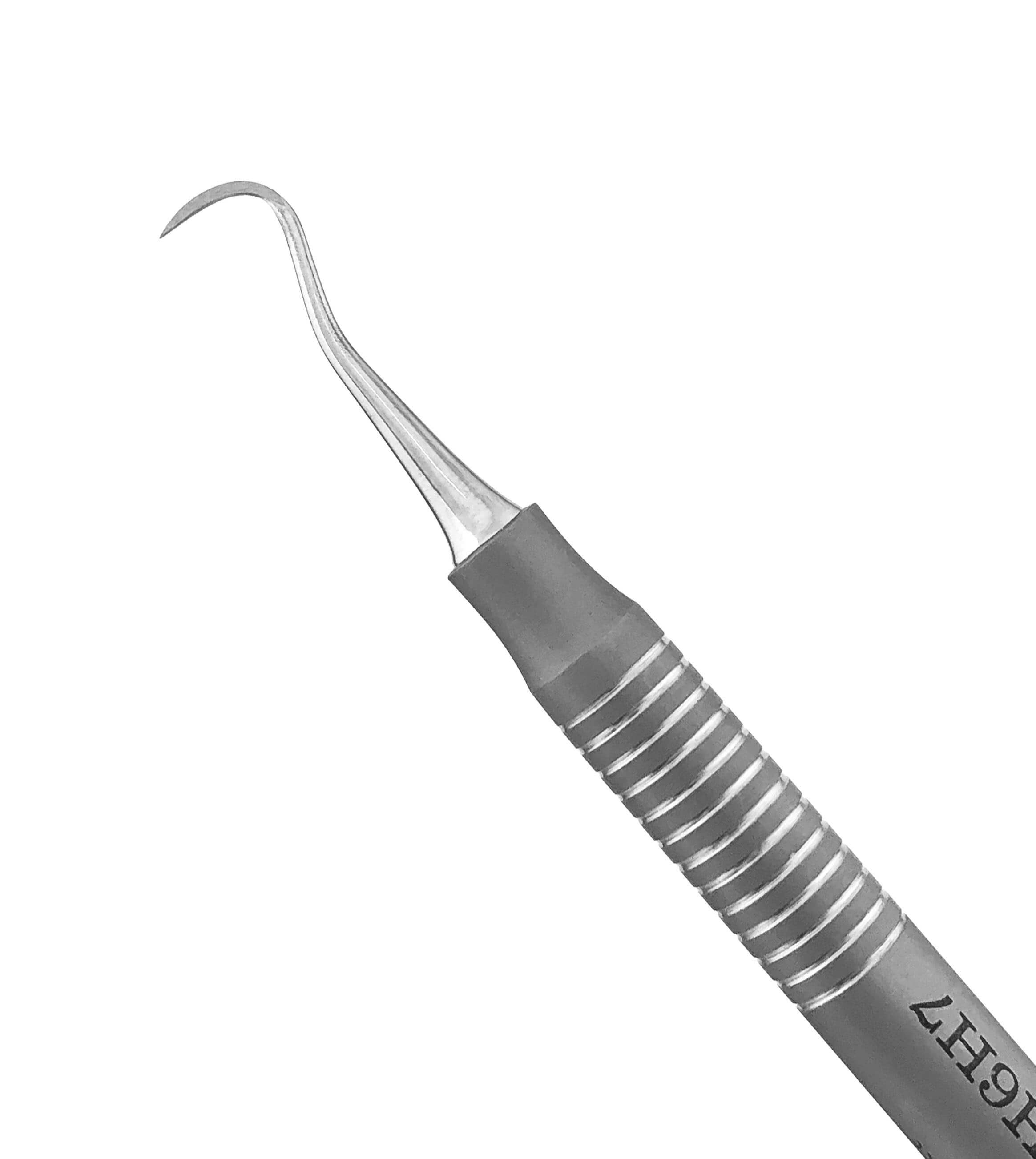 Siberian Stone™ Collection
Siberian Stone™ Collection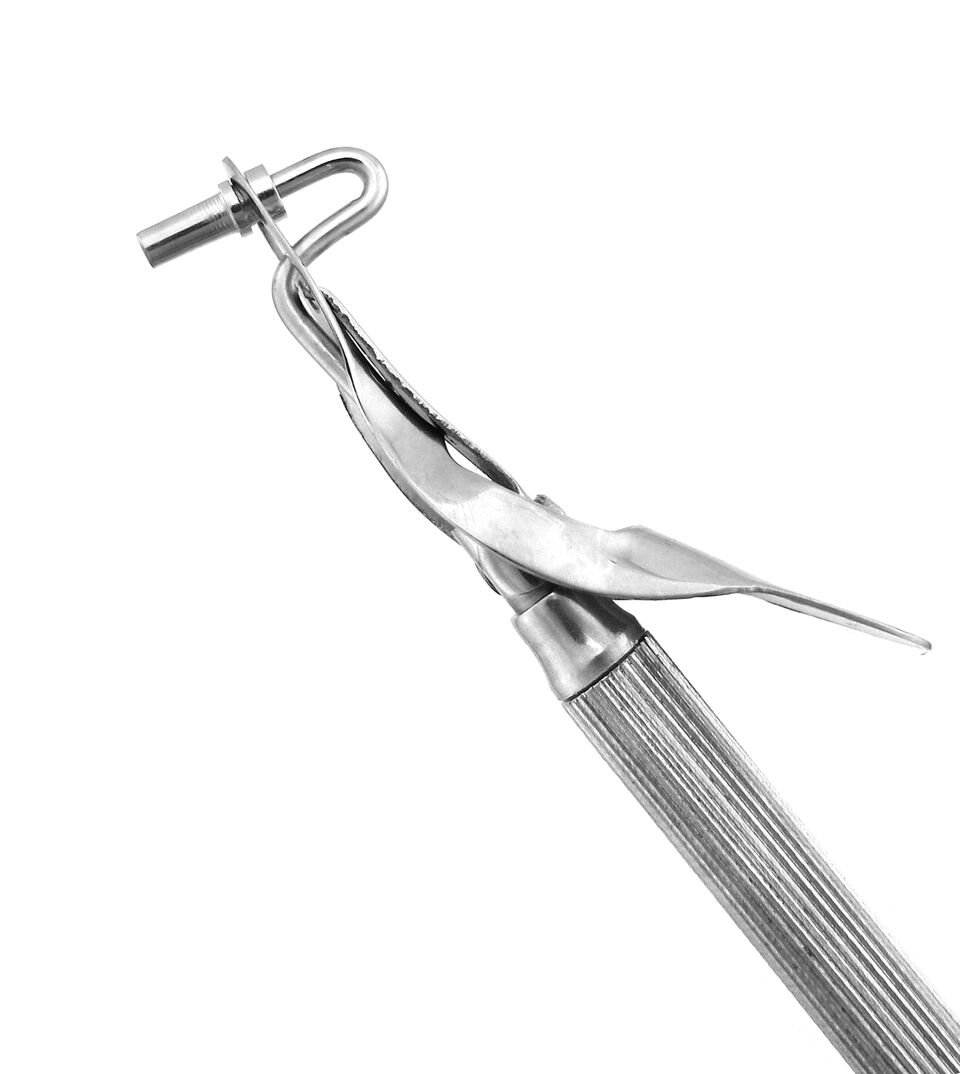 Amalgam Carriers & Well
Amalgam Carriers & Well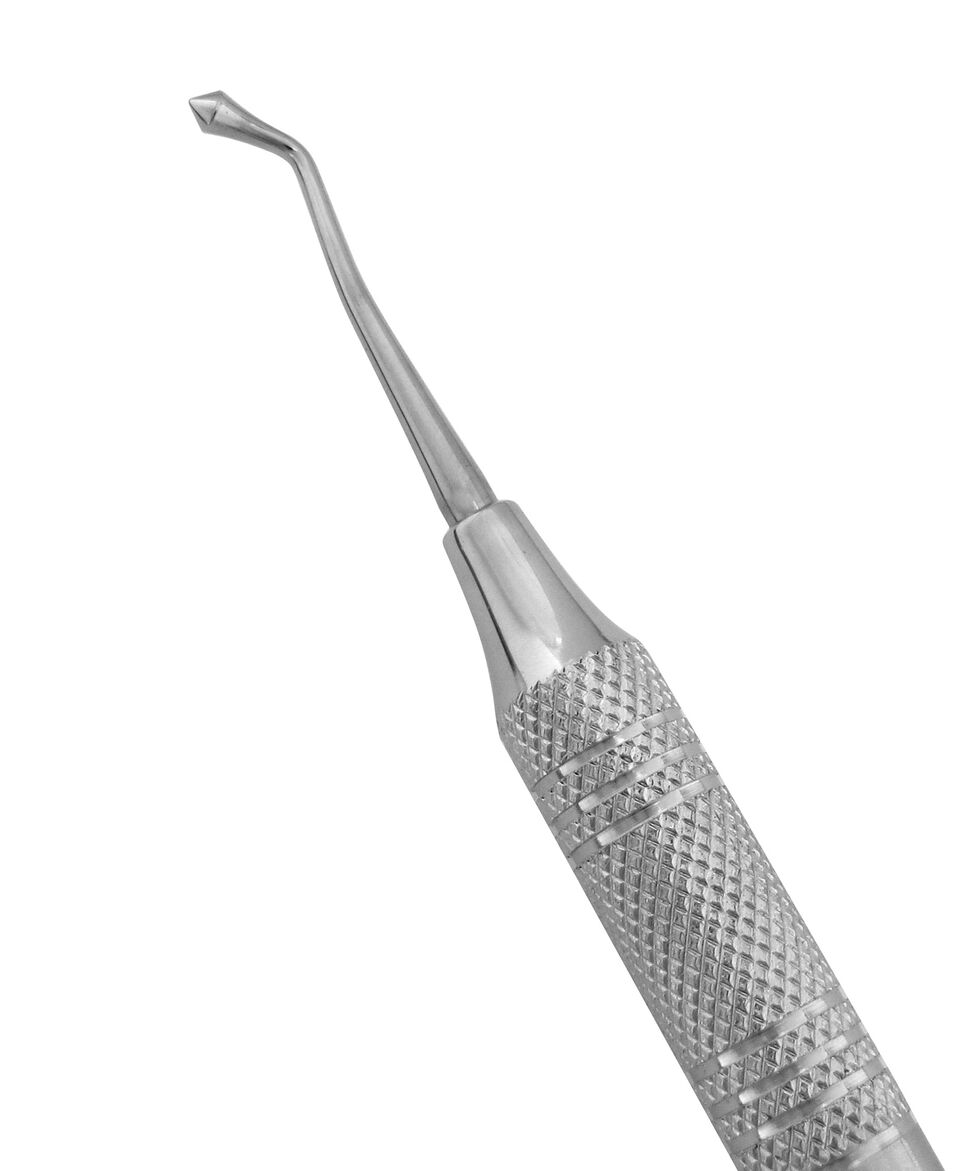 Burnishers
Burnishers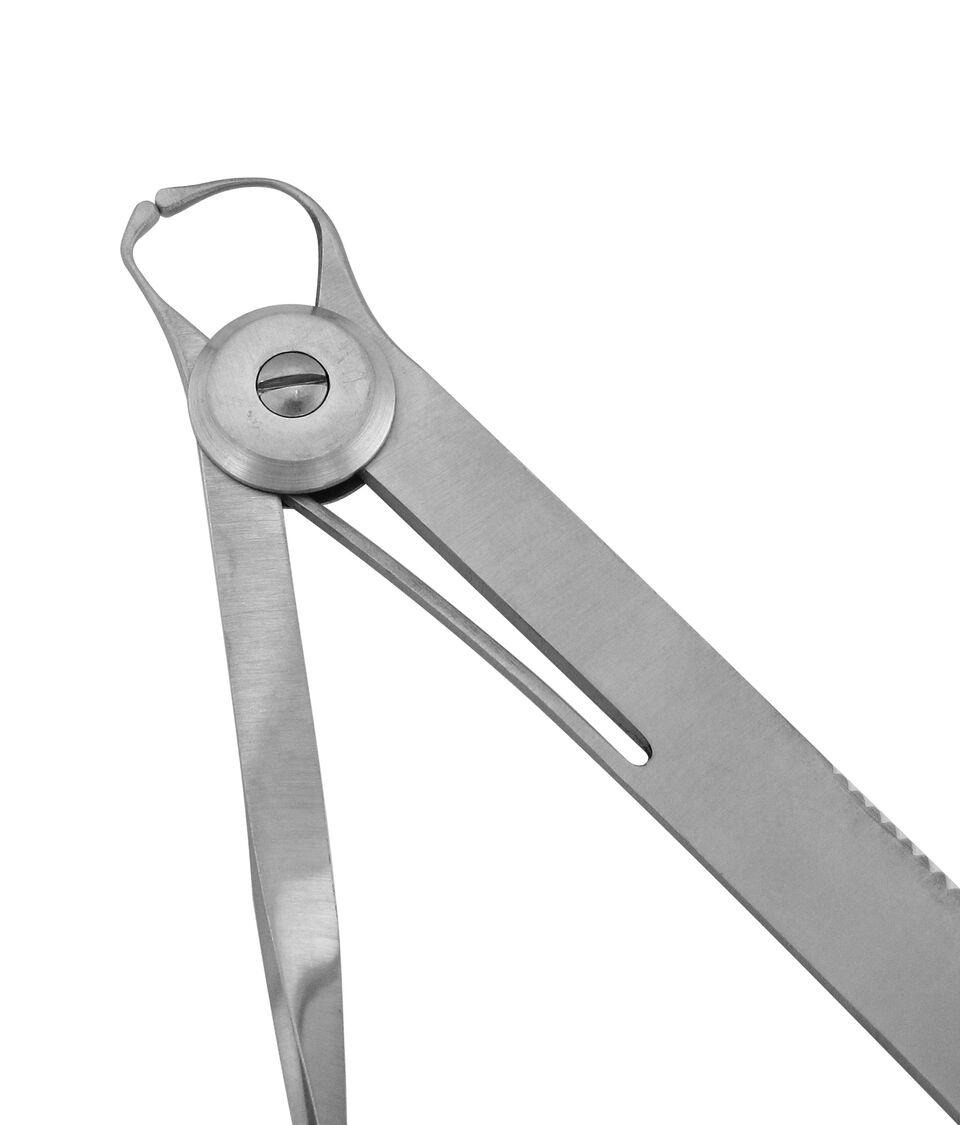 Calipers
Calipers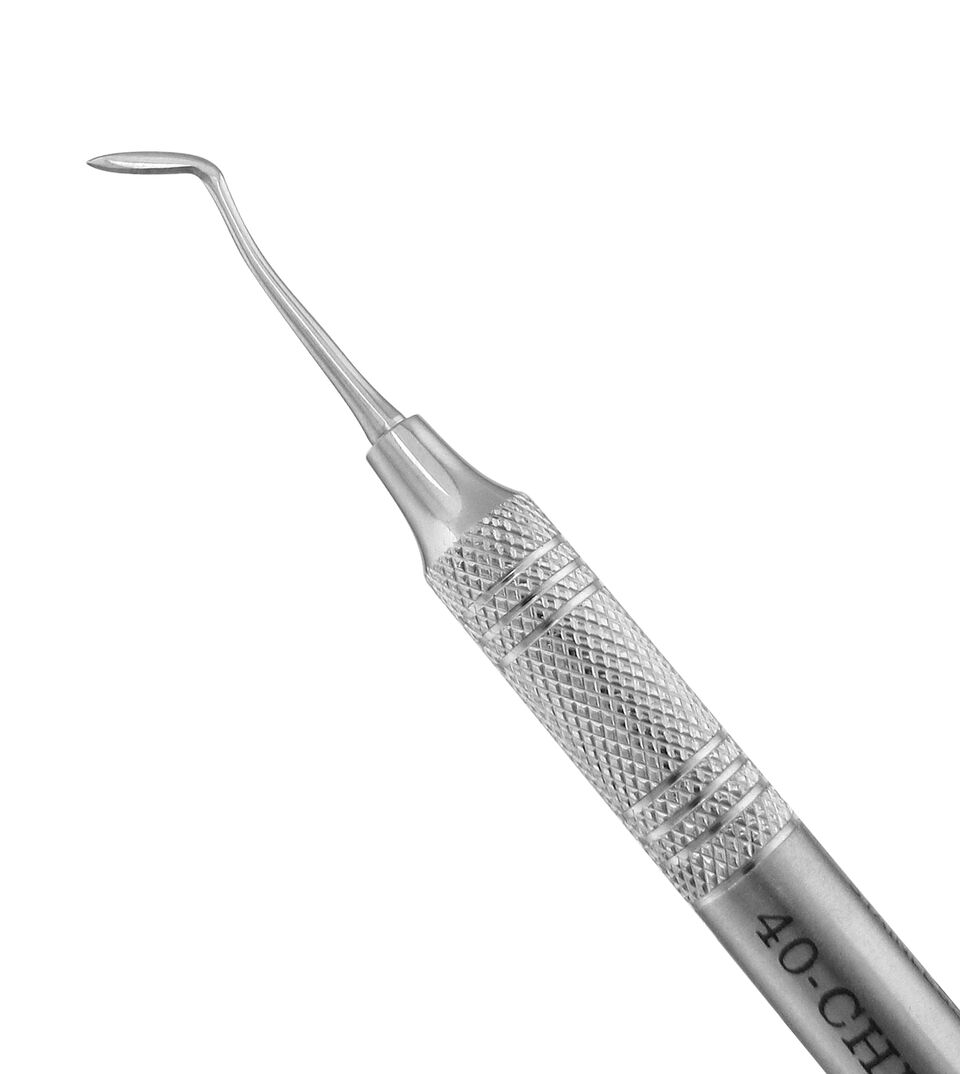 Carvers
Carvers Cement Spatulas
Cement Spatulas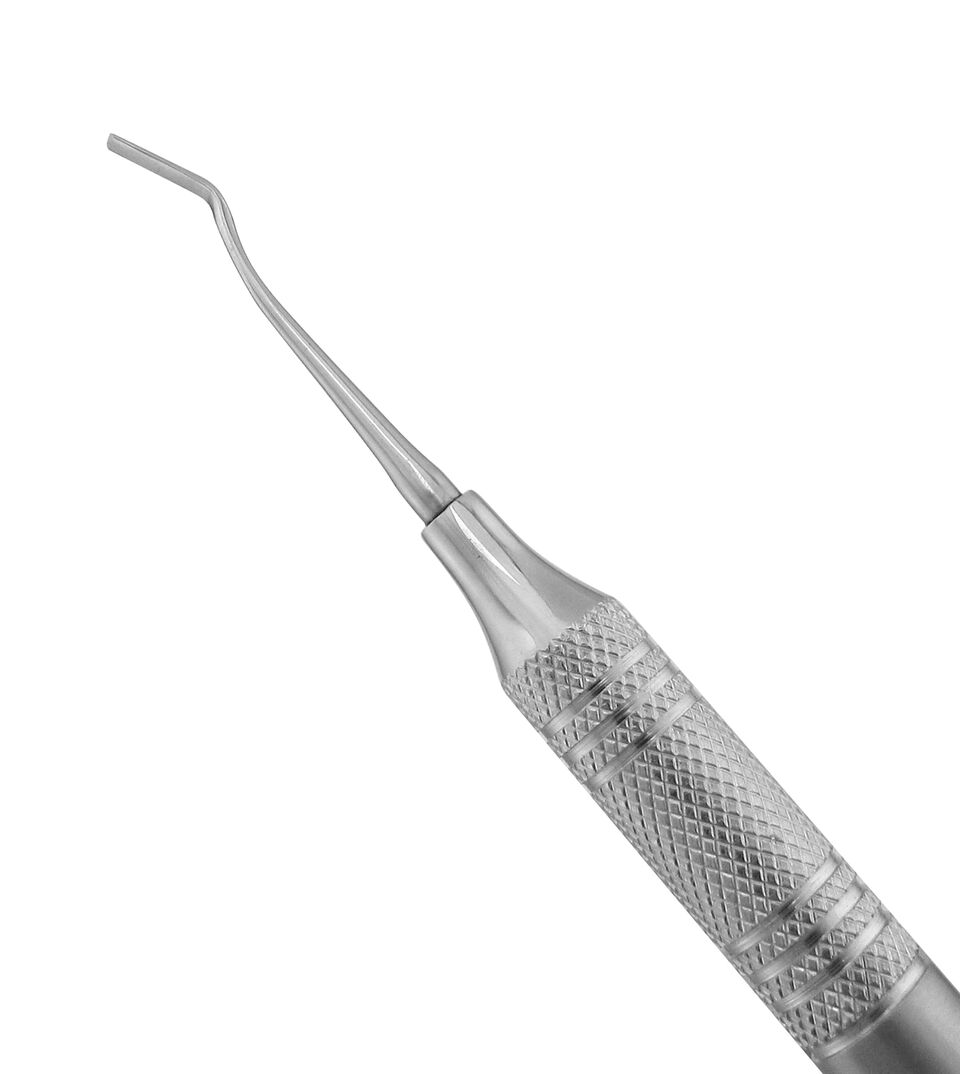 Chisels
Chisels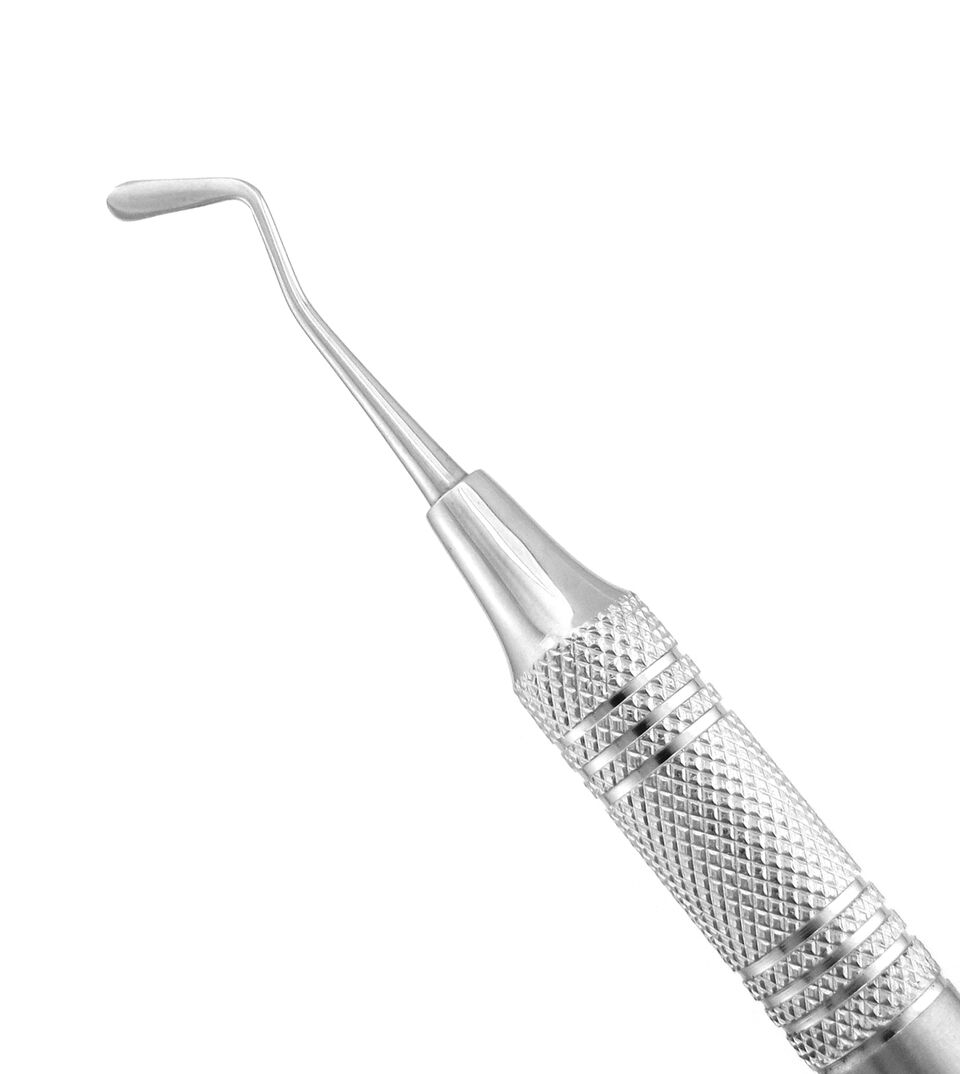 Composite & Plastic Filling Instruments
Composite & Plastic Filling Instruments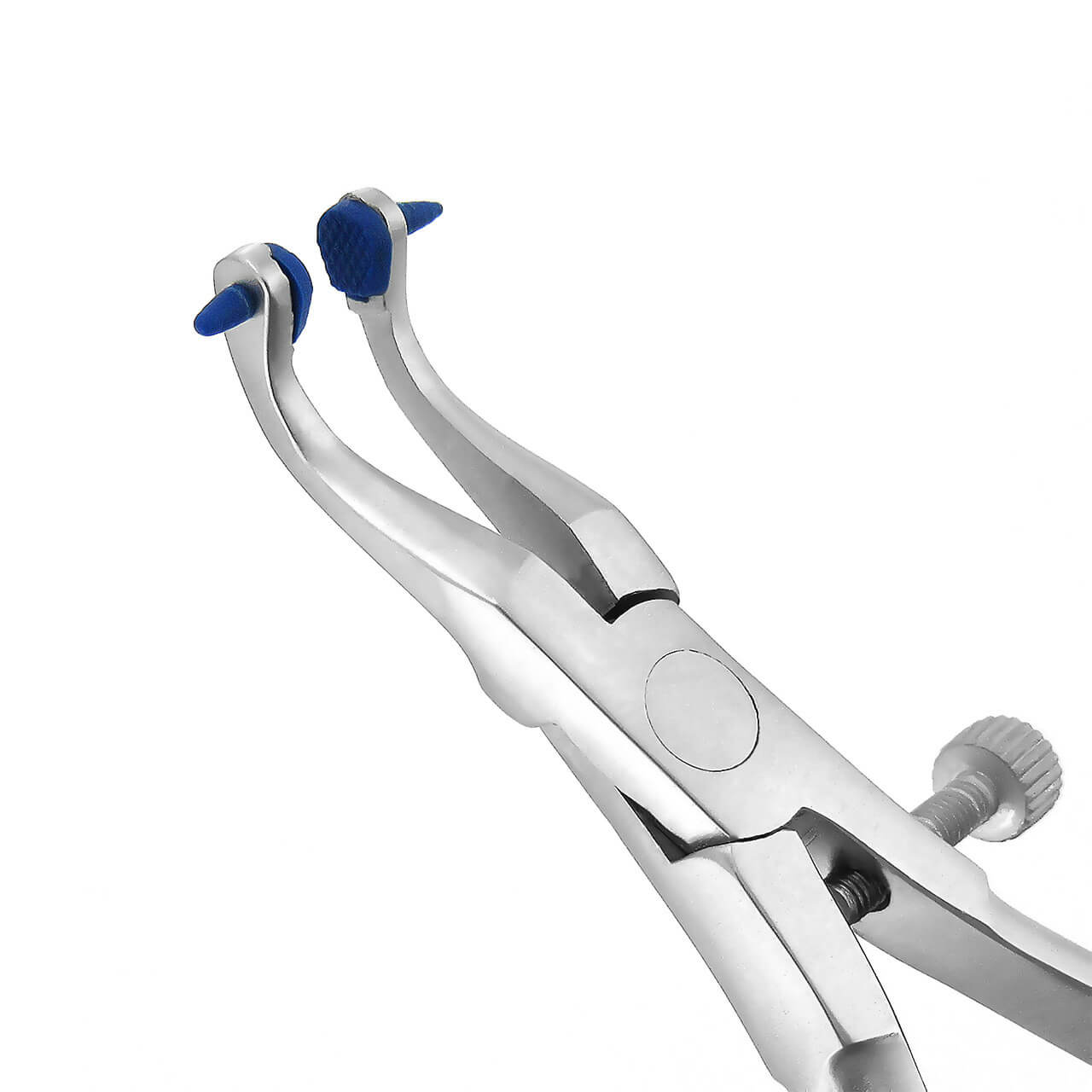 Crown Removers & Spreaders
Crown Removers & Spreaders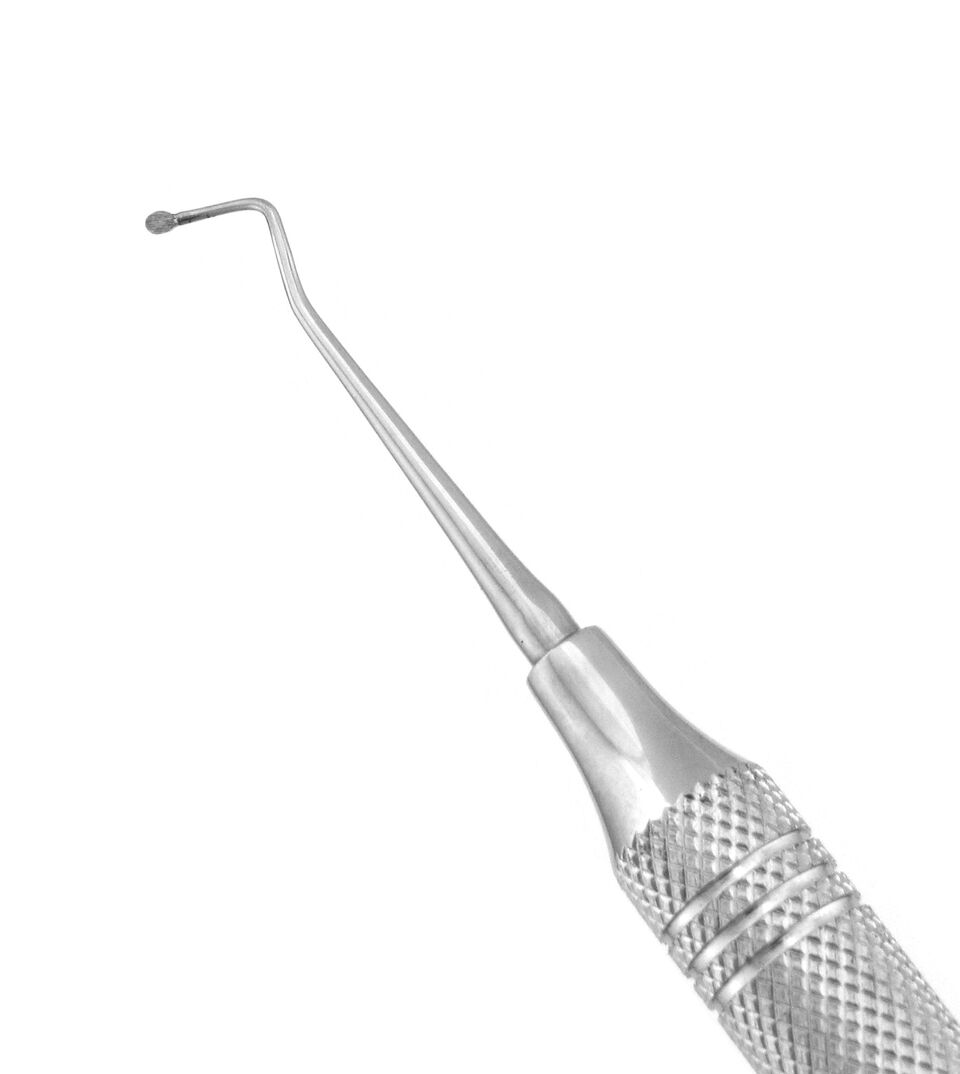 Excavators
Excavators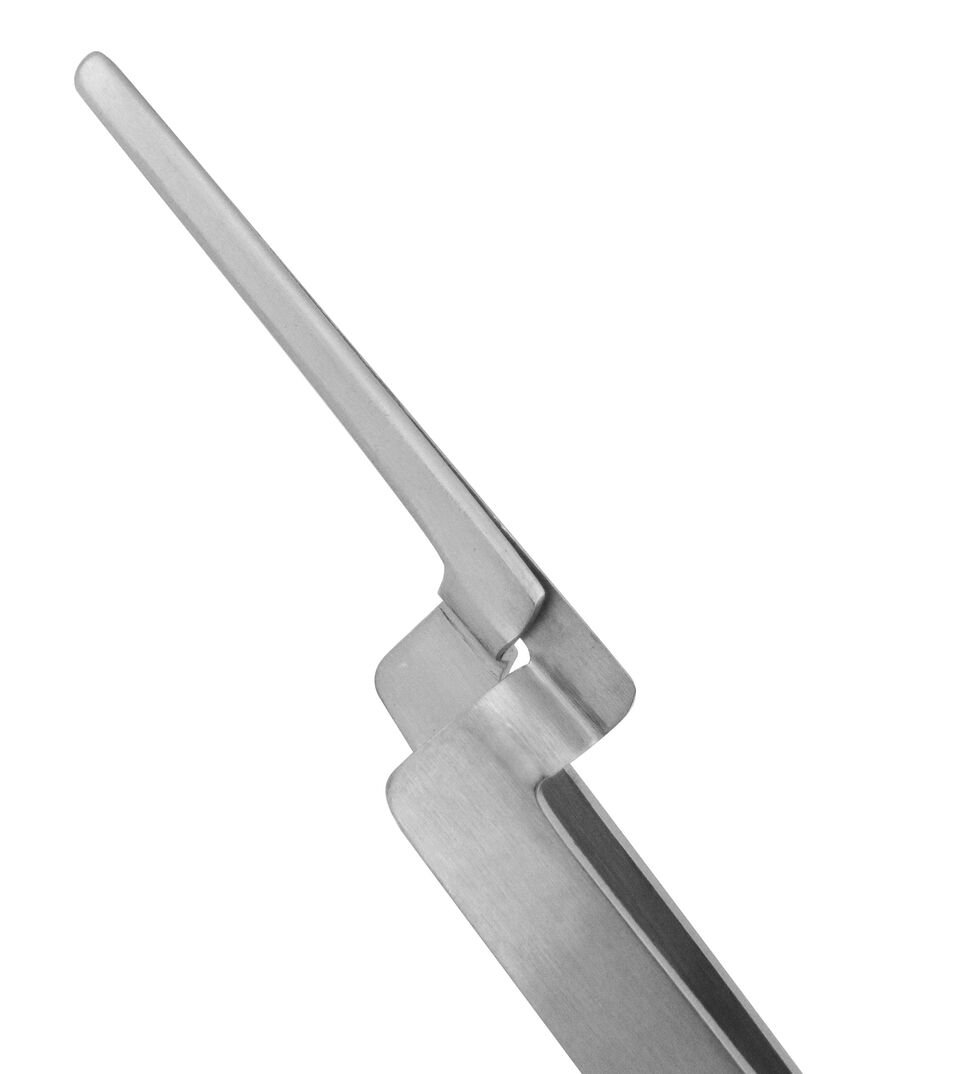 Forceps & Tweezers
Forceps & Tweezers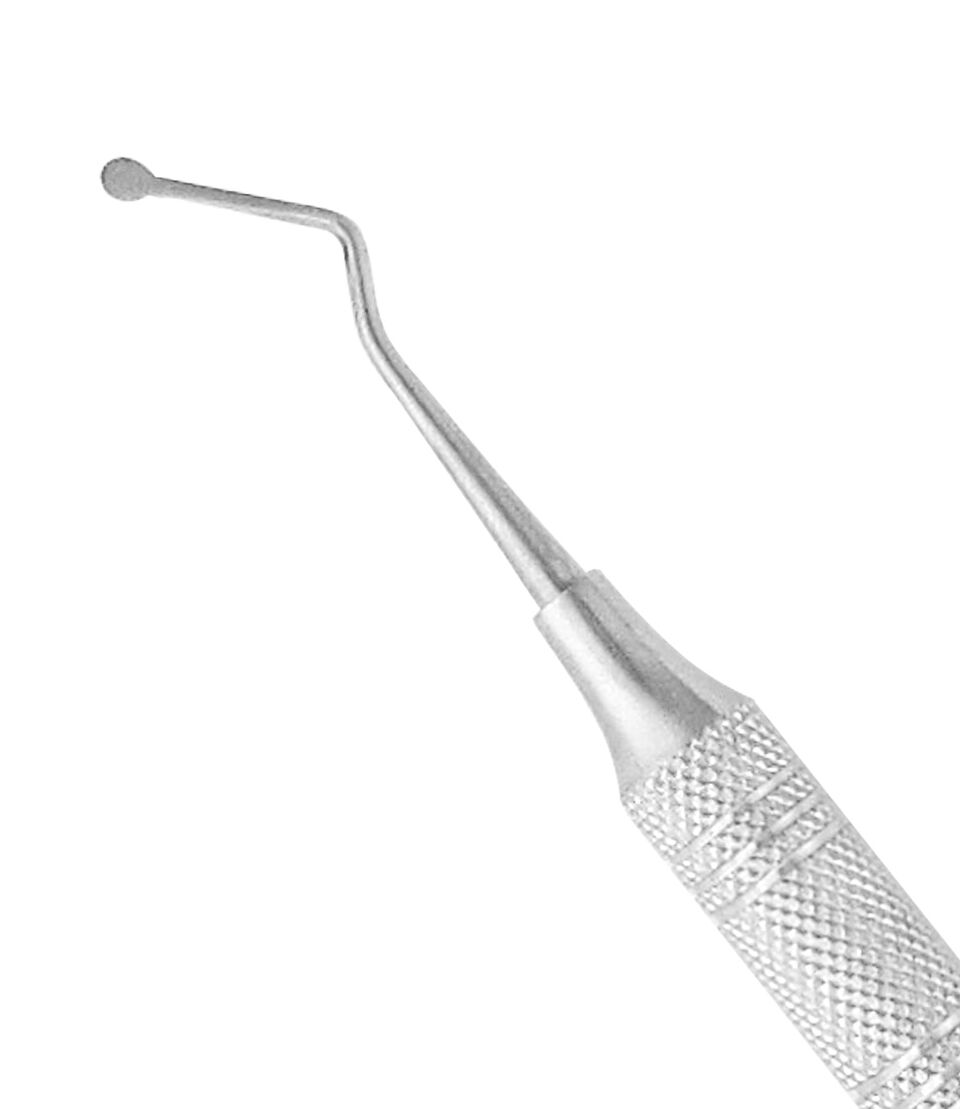 Gingival Cord Packers
Gingival Cord Packers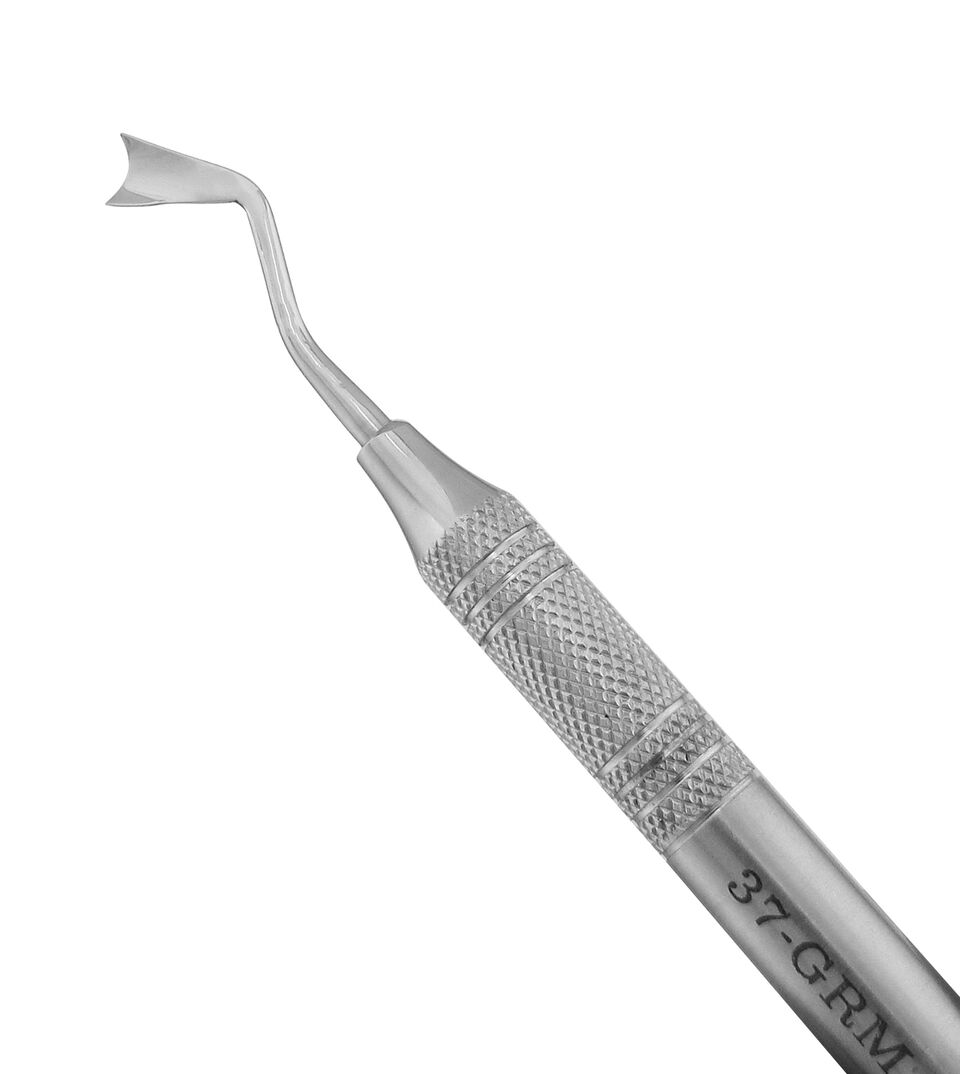 Gingival Retractors
Gingival Retractors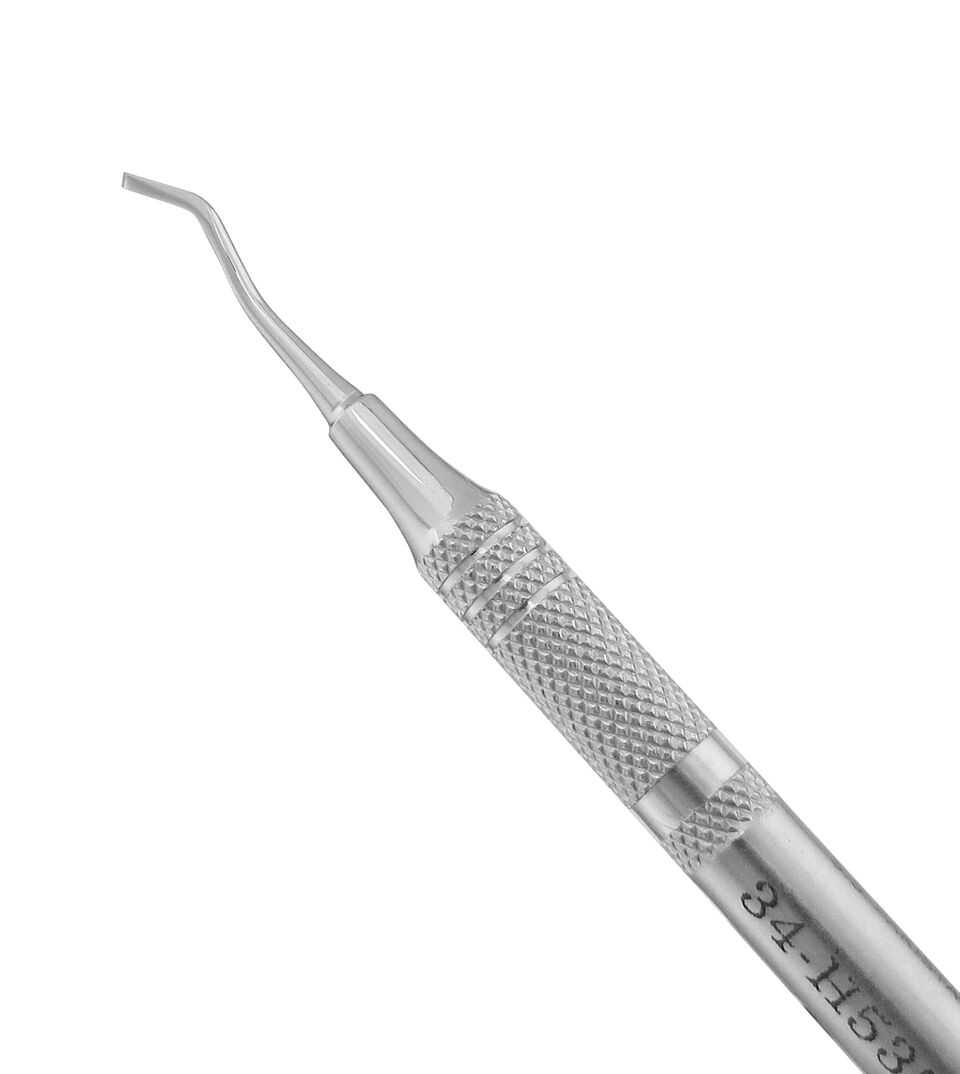 Hatchets
Hatchets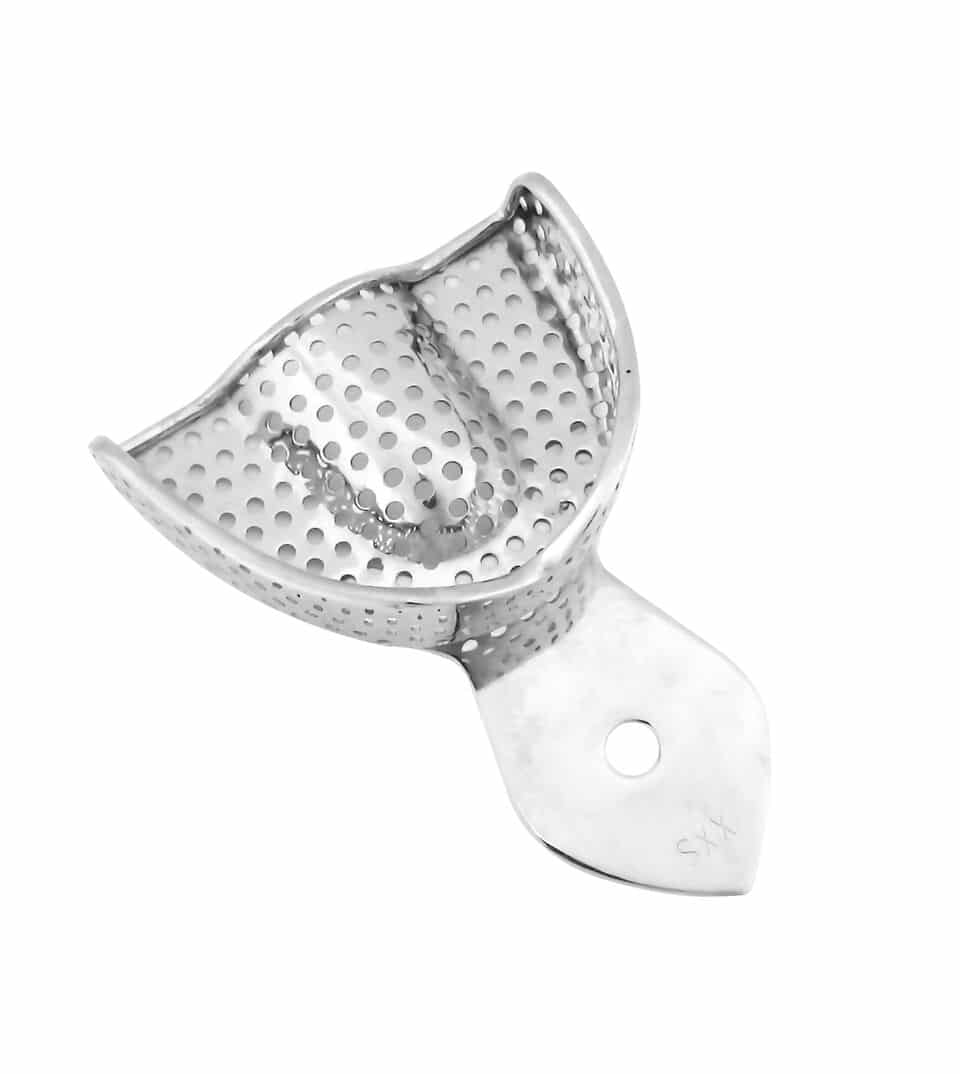 Impression Tray Sets
Impression Tray Sets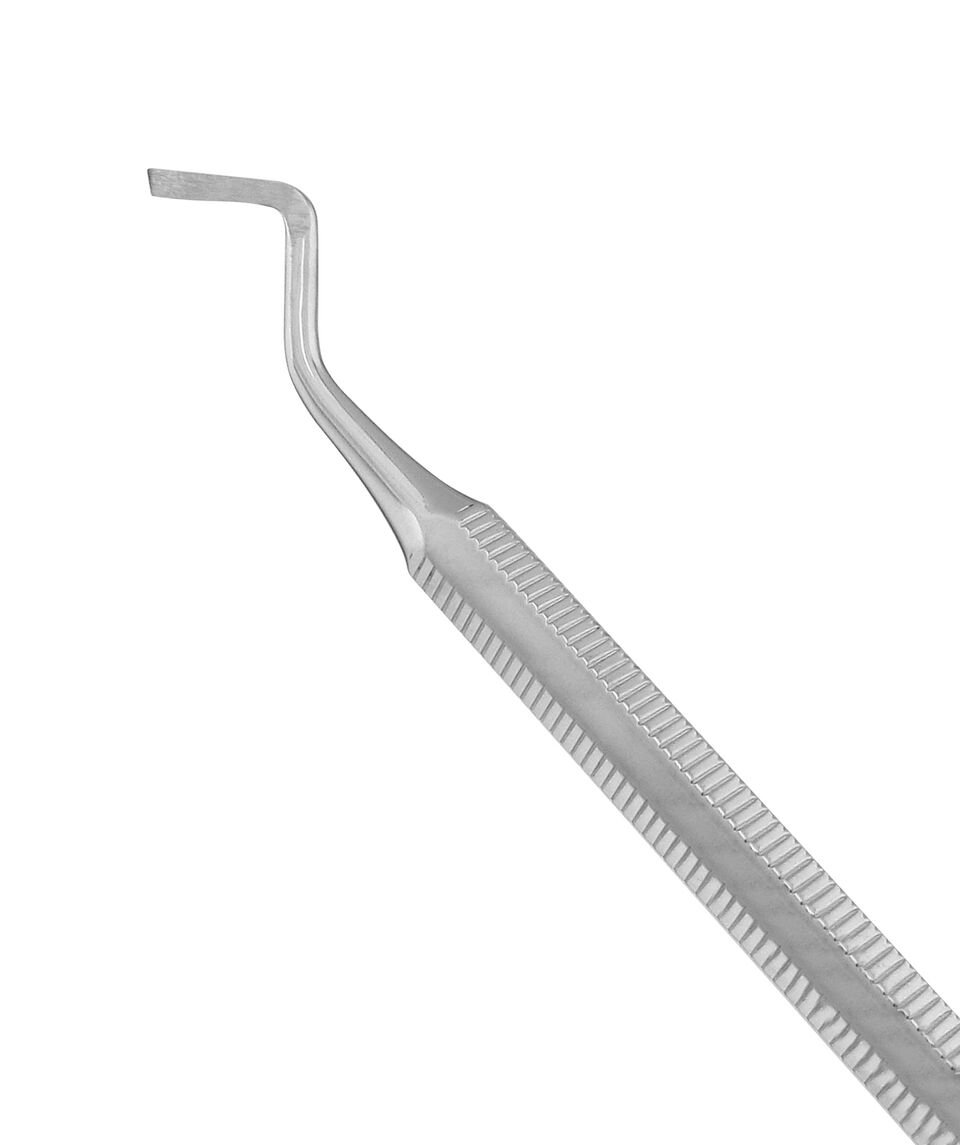 Margin Trimmers
Margin Trimmers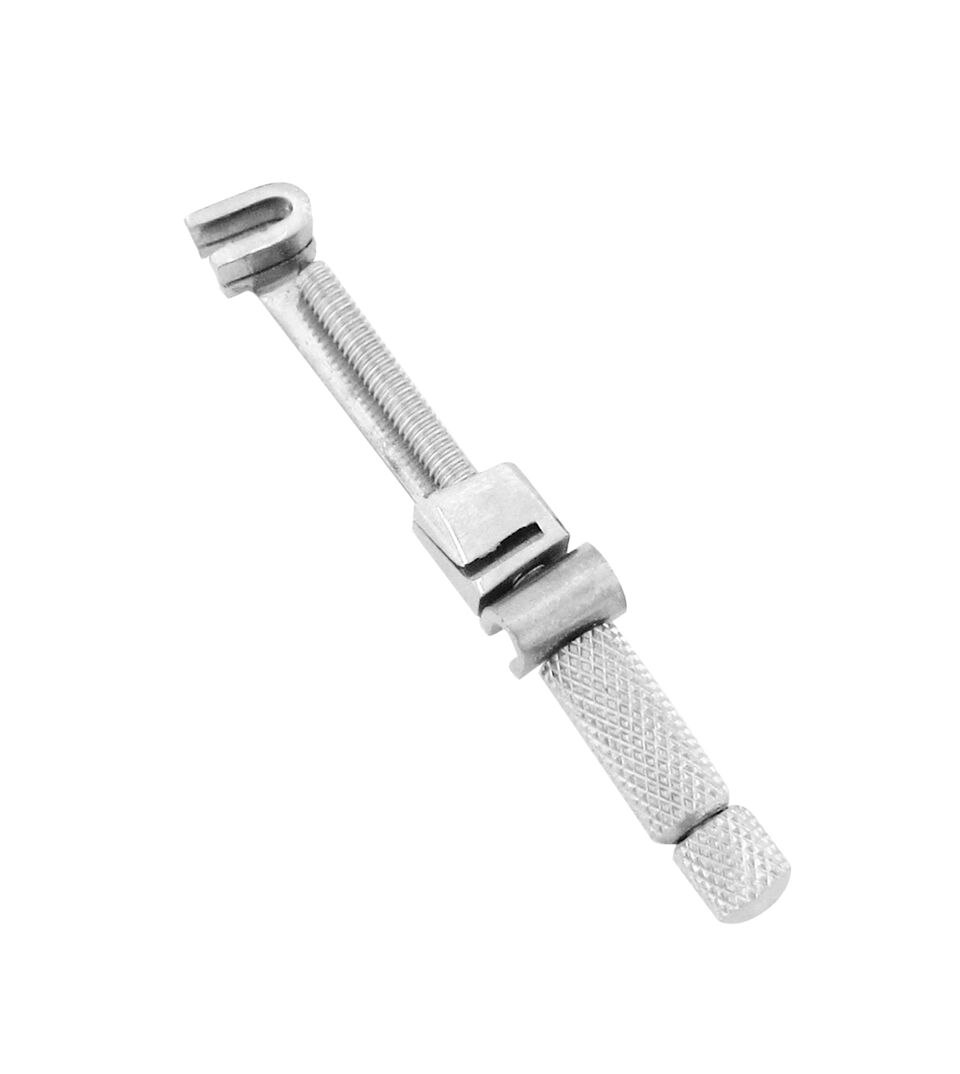 Matrix Retainers
Matrix Retainers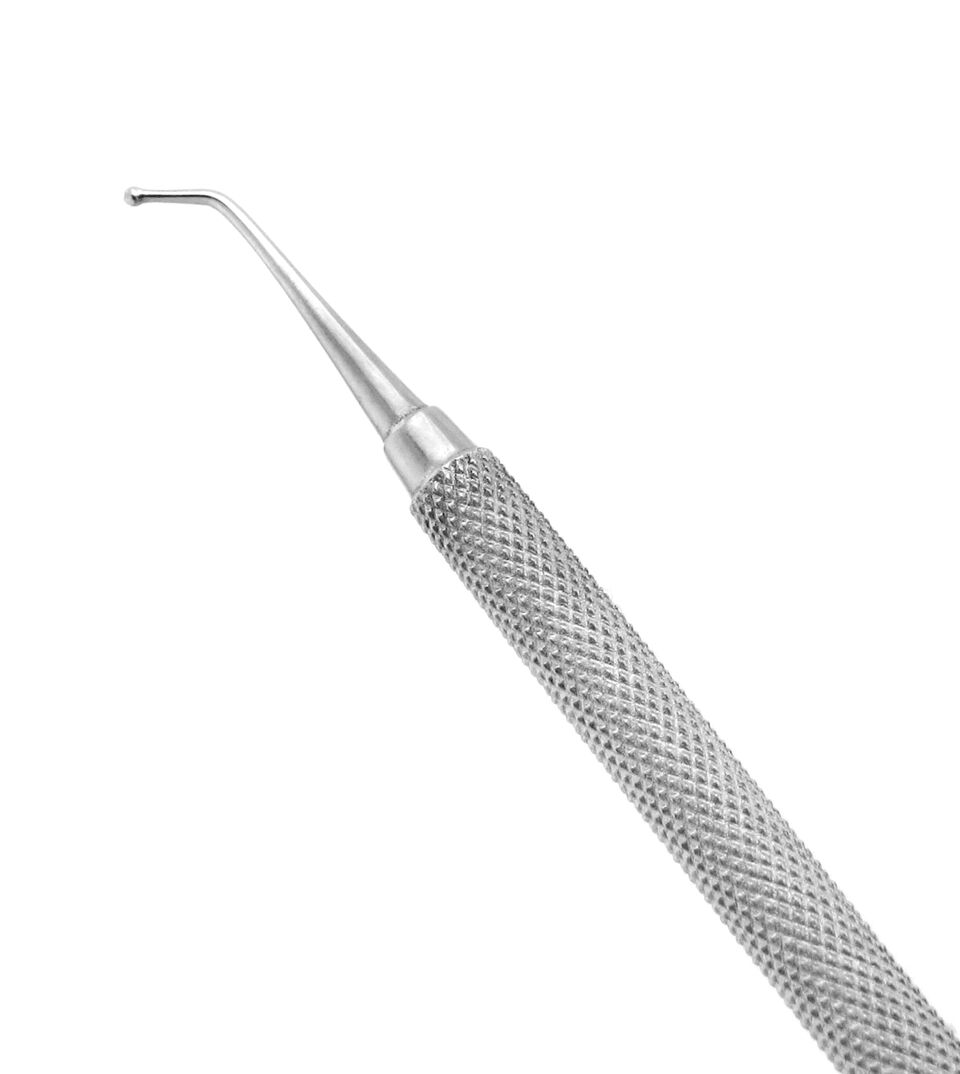 Placement Instruments
Placement Instruments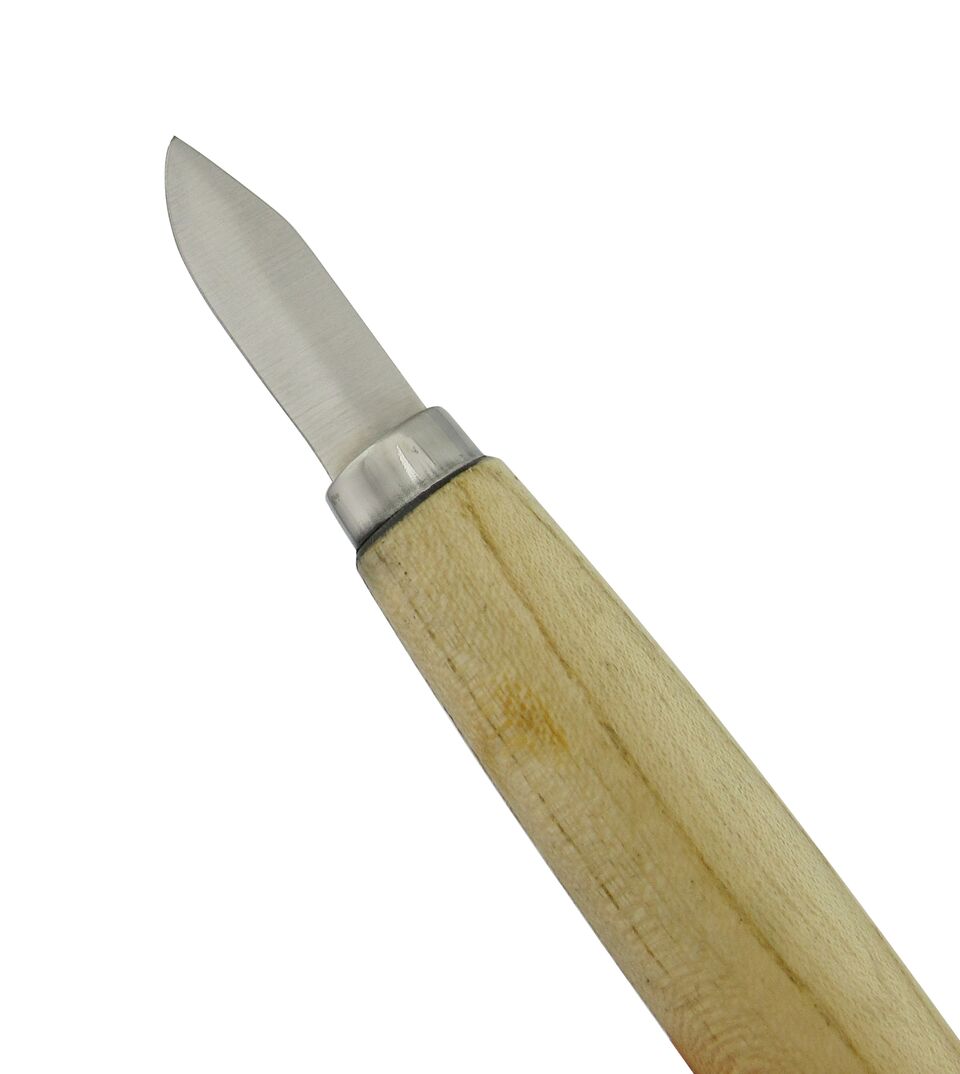 Plaster Knives & Nippers
Plaster Knives & Nippers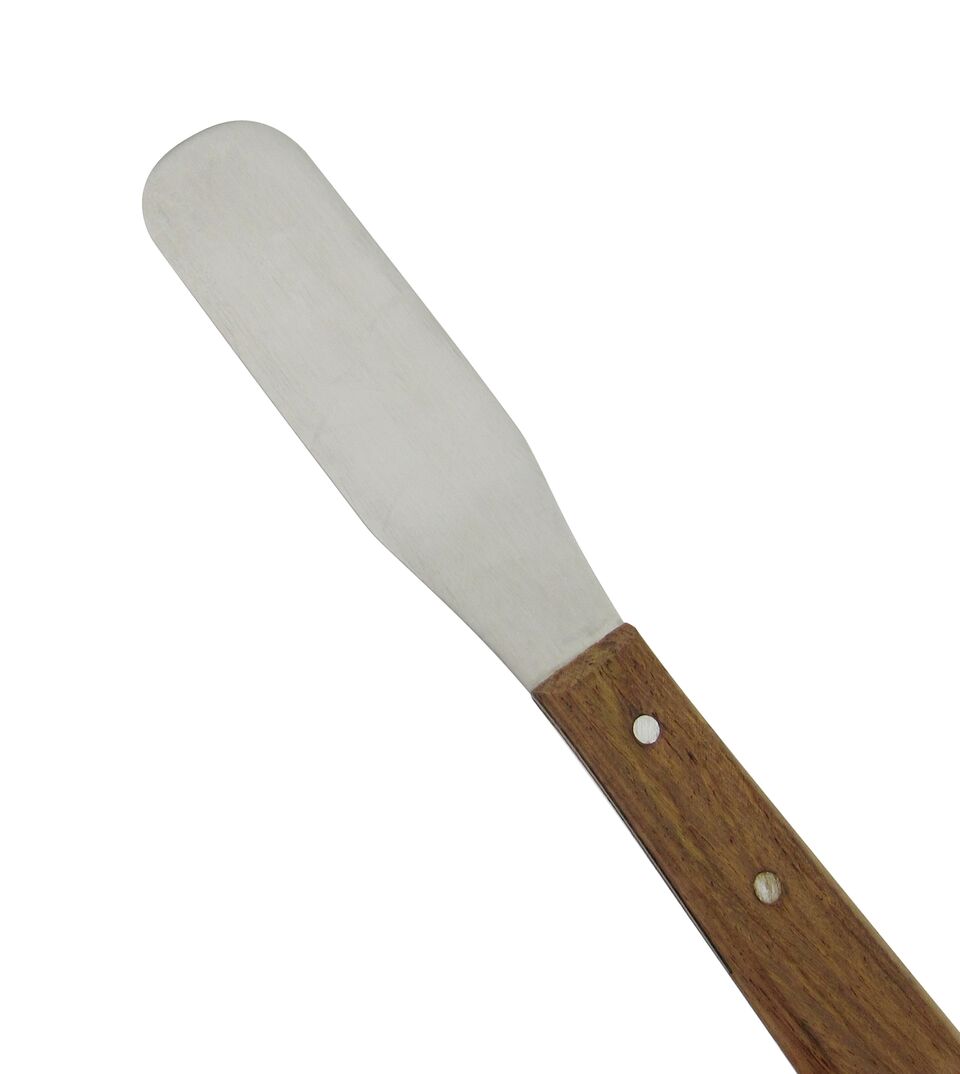 Plaster Spatulas
Plaster Spatulas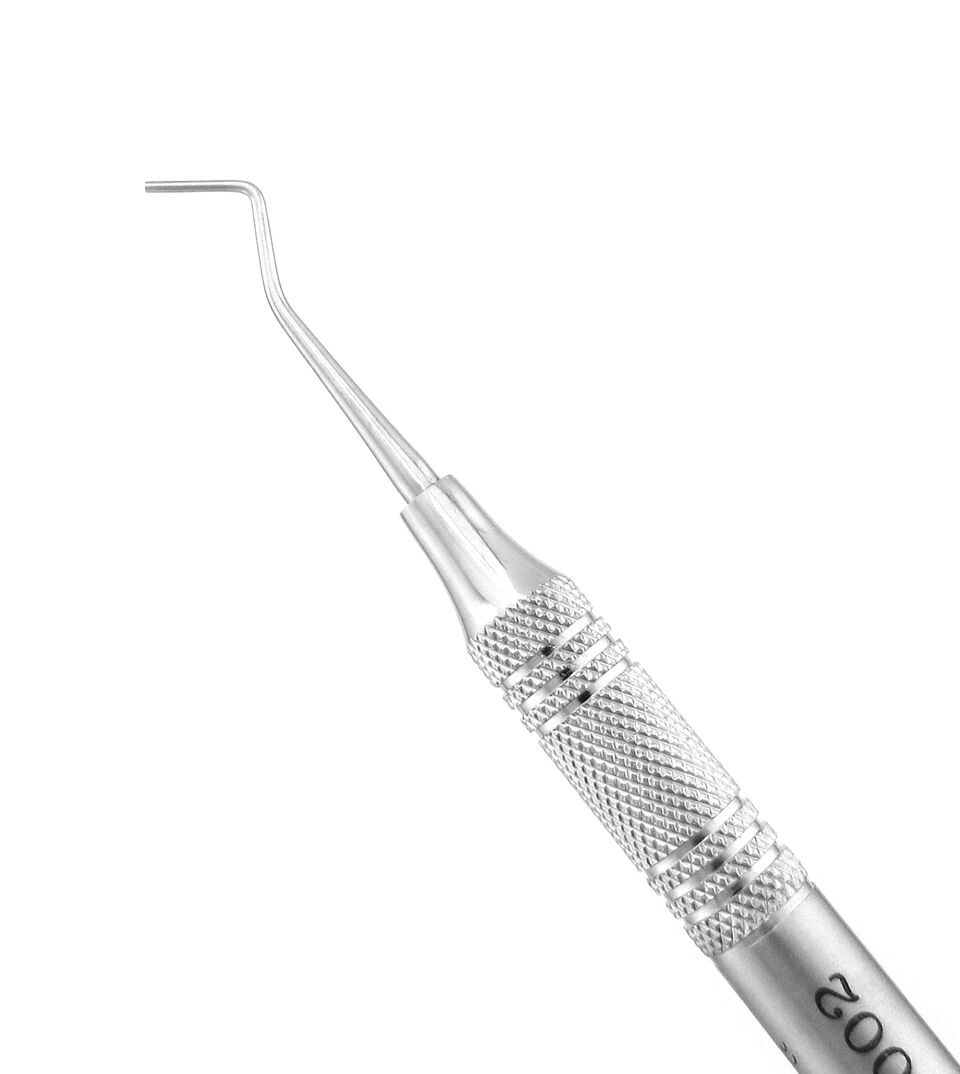 Pluggers/Condensers
Pluggers/Condensers Restorative Sets
Restorative Sets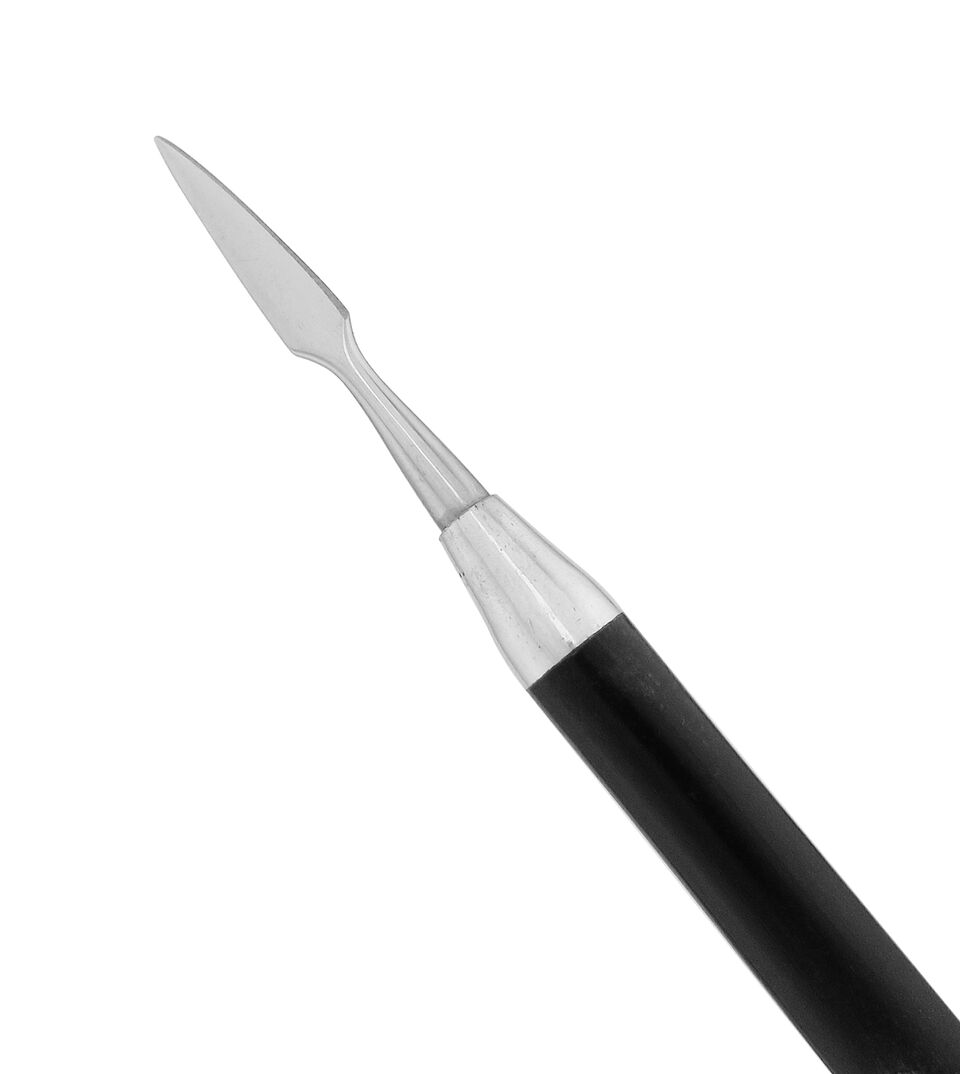 Wax & Porcelain Carvers
Wax & Porcelain Carvers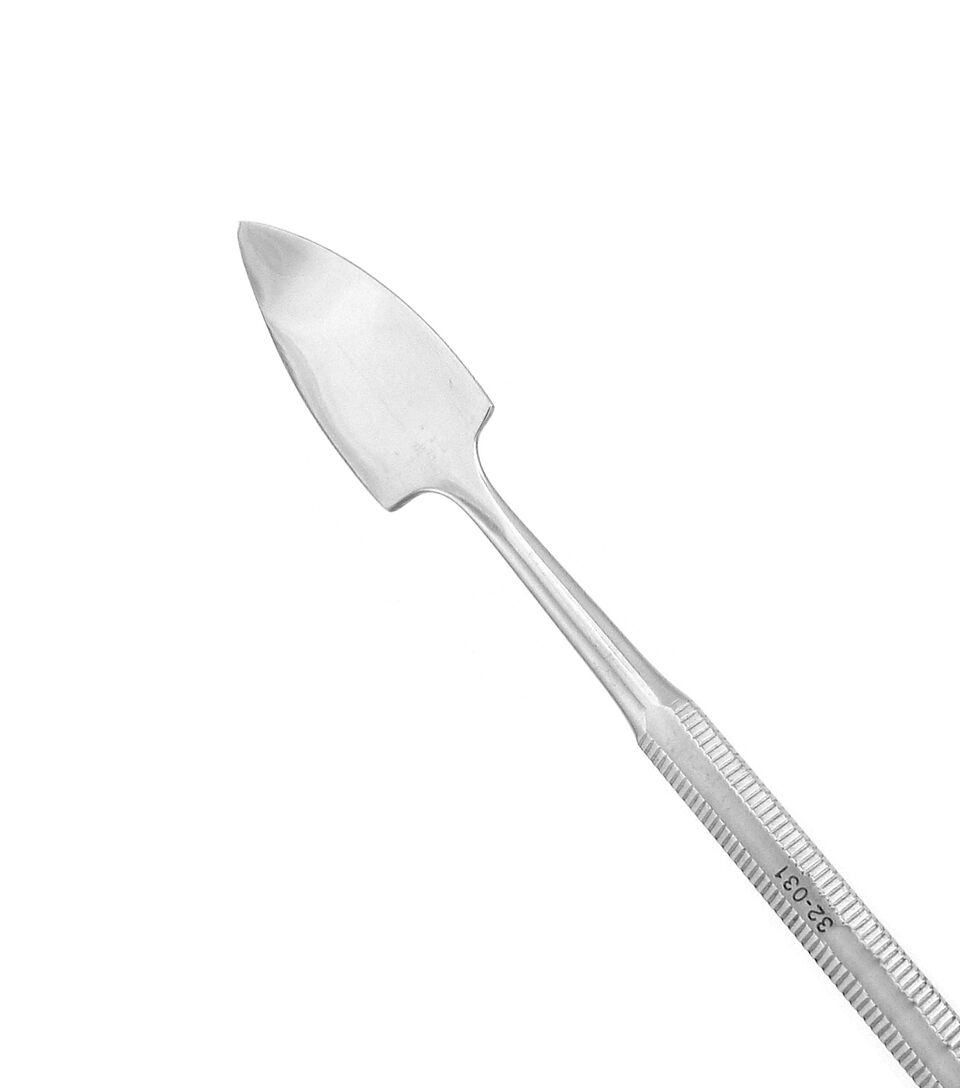 Wax Spatulas
Wax Spatulas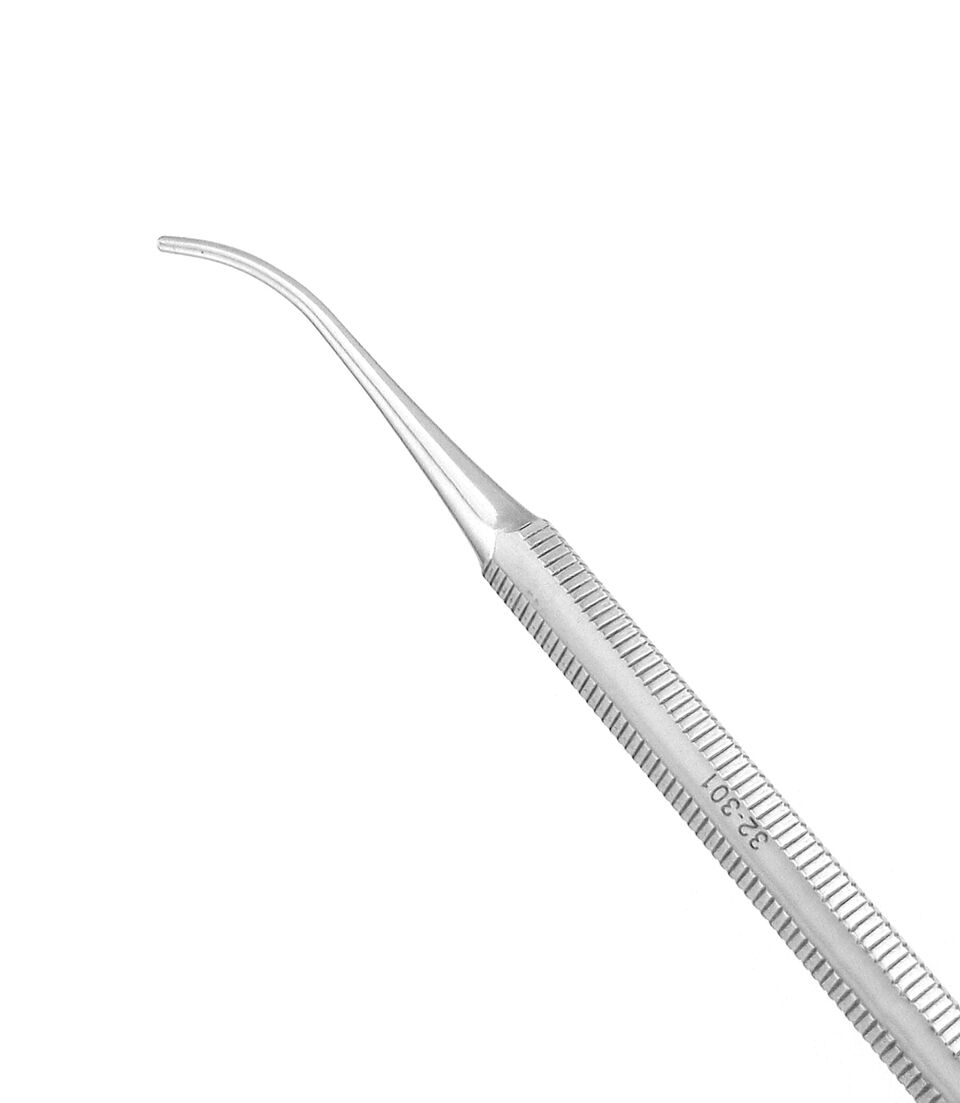 Waxing Instruments
Waxing Instruments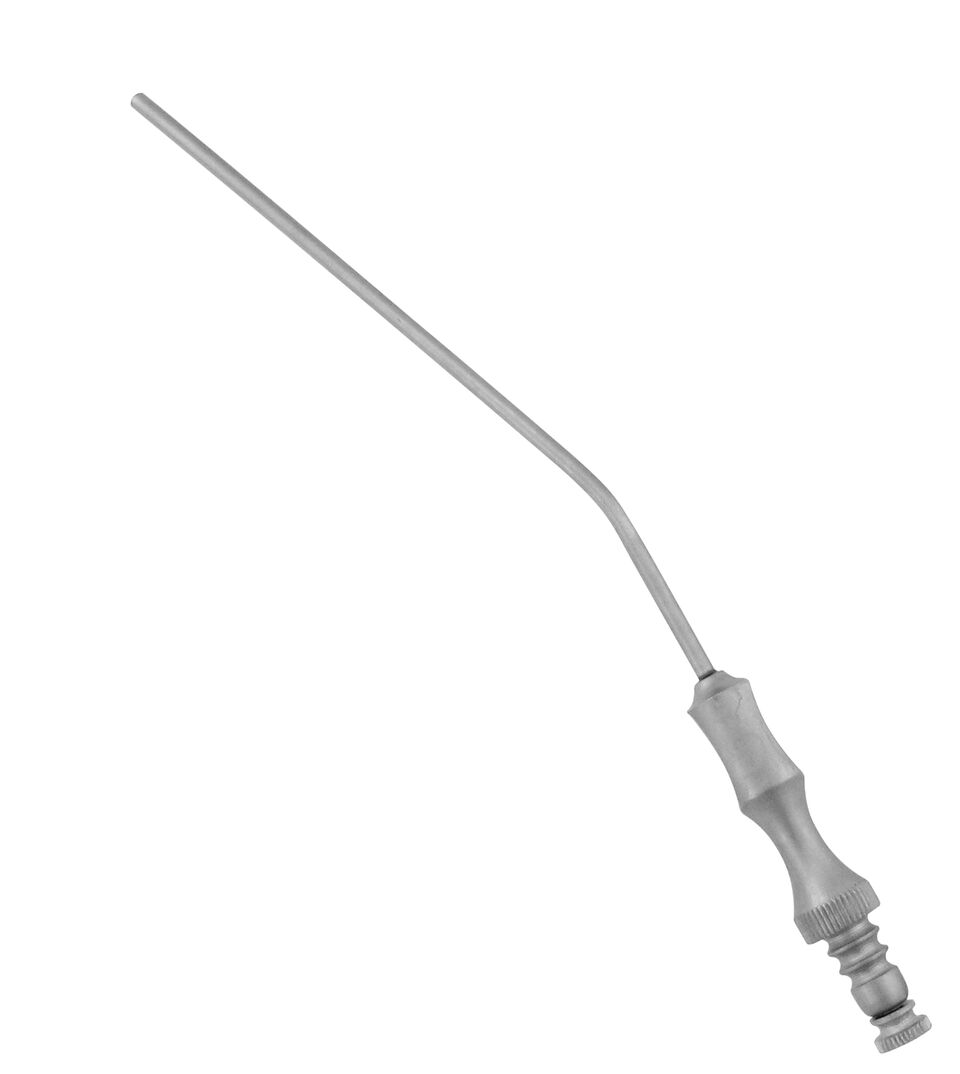 Aspirators
Aspirators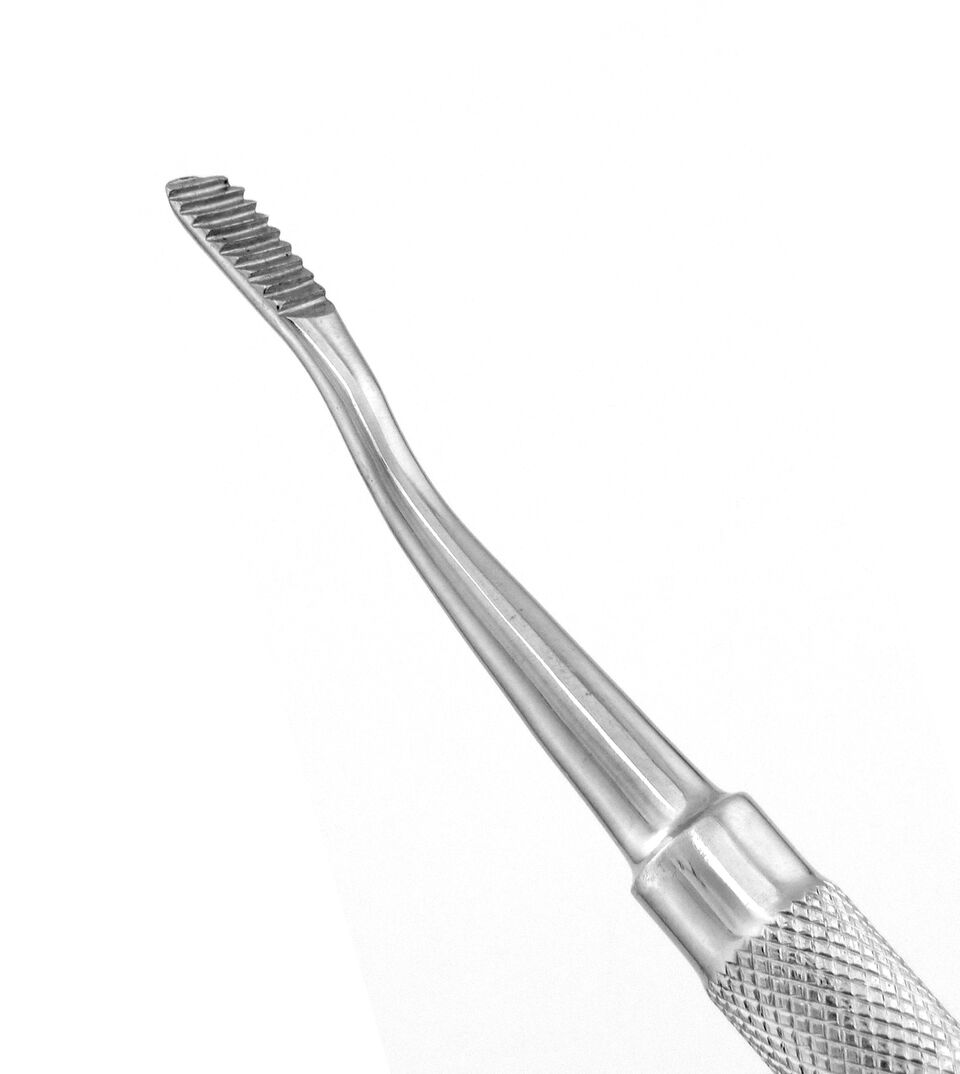 Bone Chisels
Bone Chisels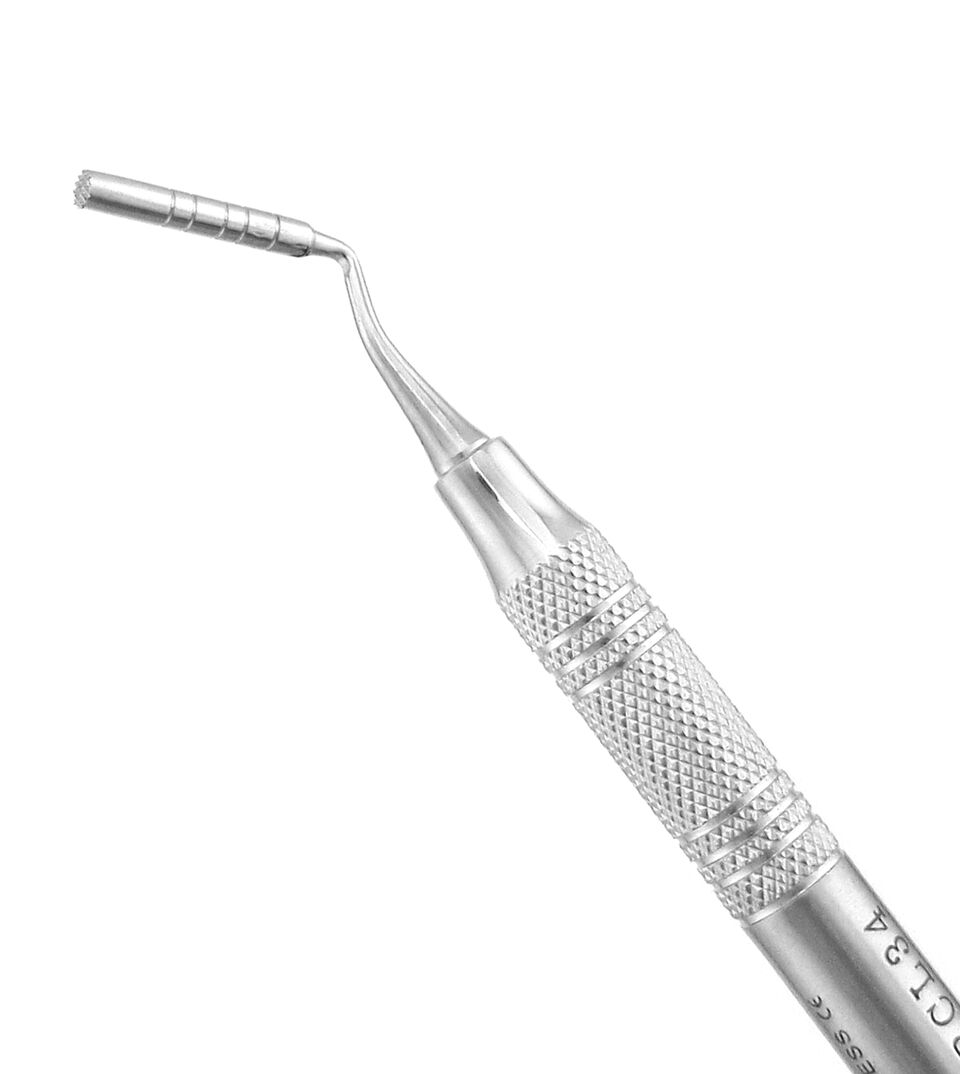 Bone Grafting Instruments
Bone Grafting Instruments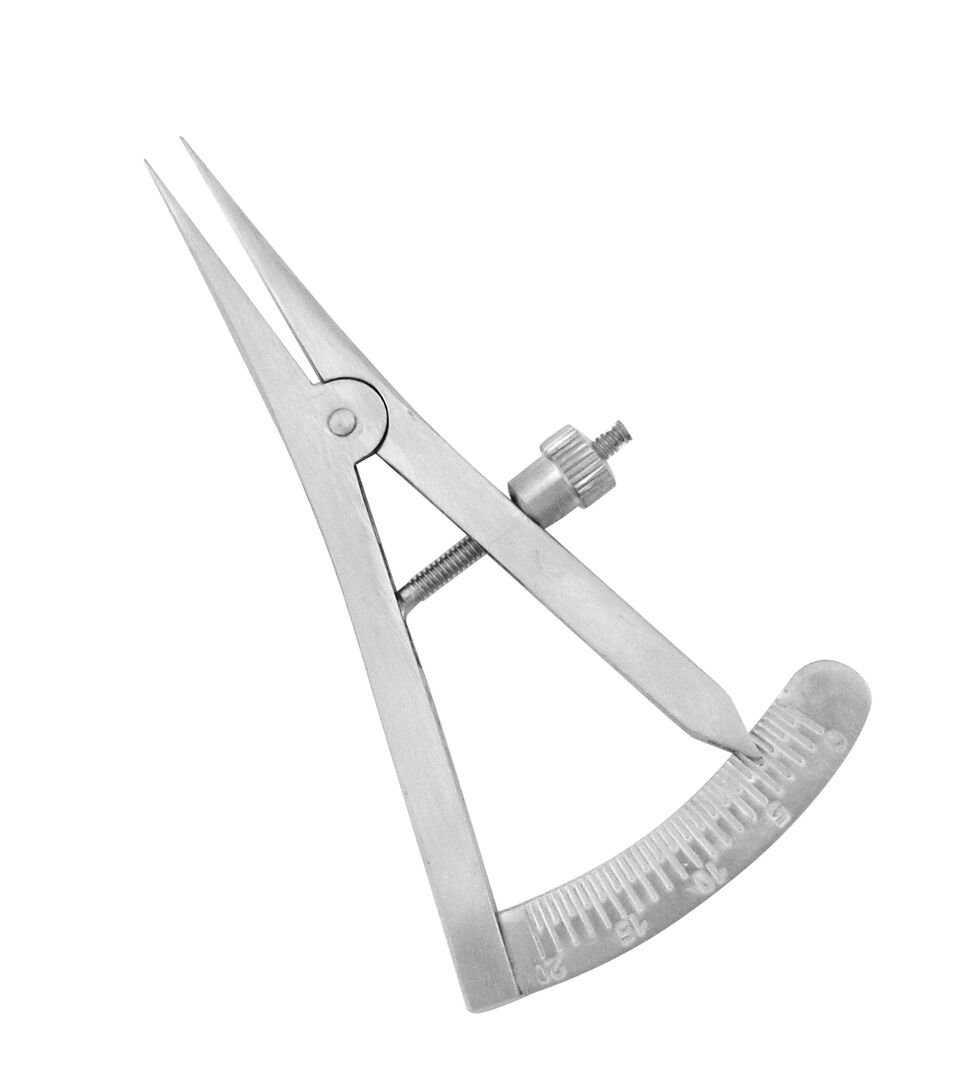 Calipers
Calipers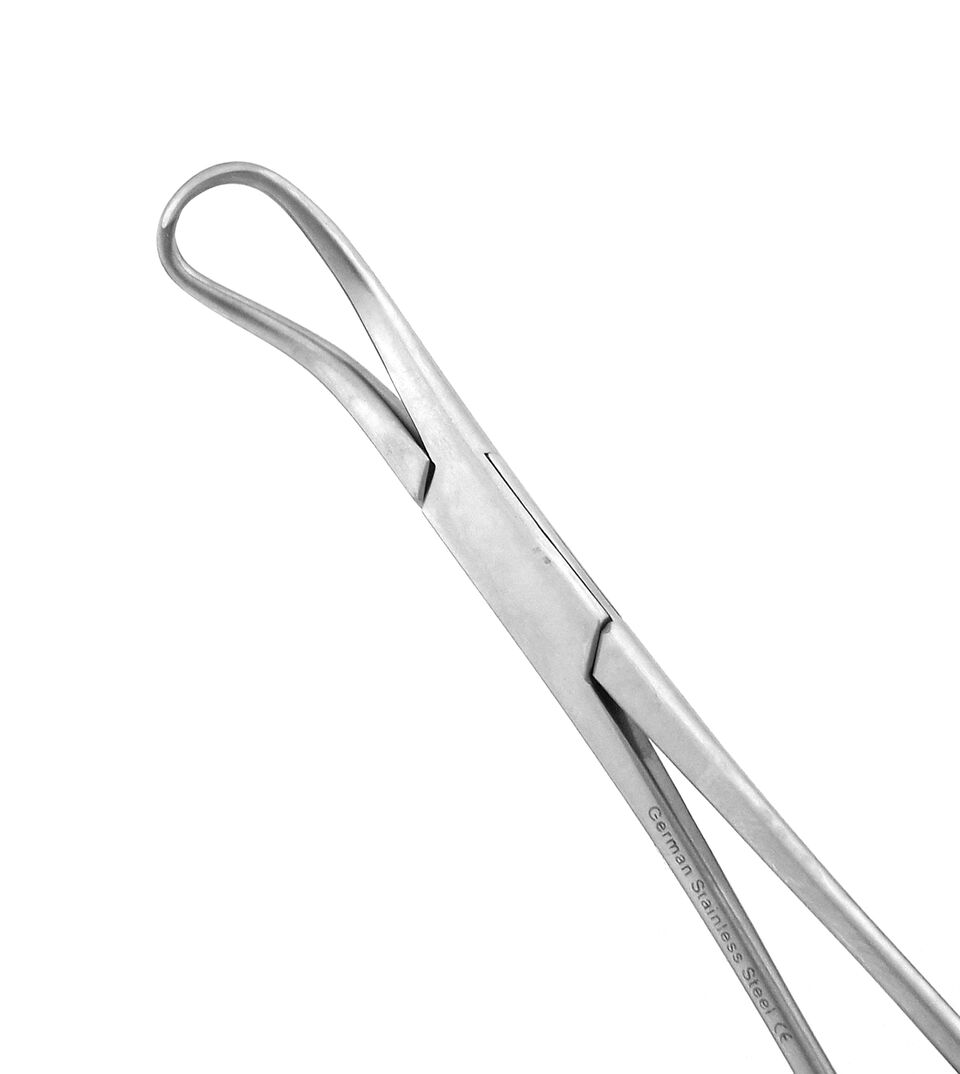 Clamps
Clamps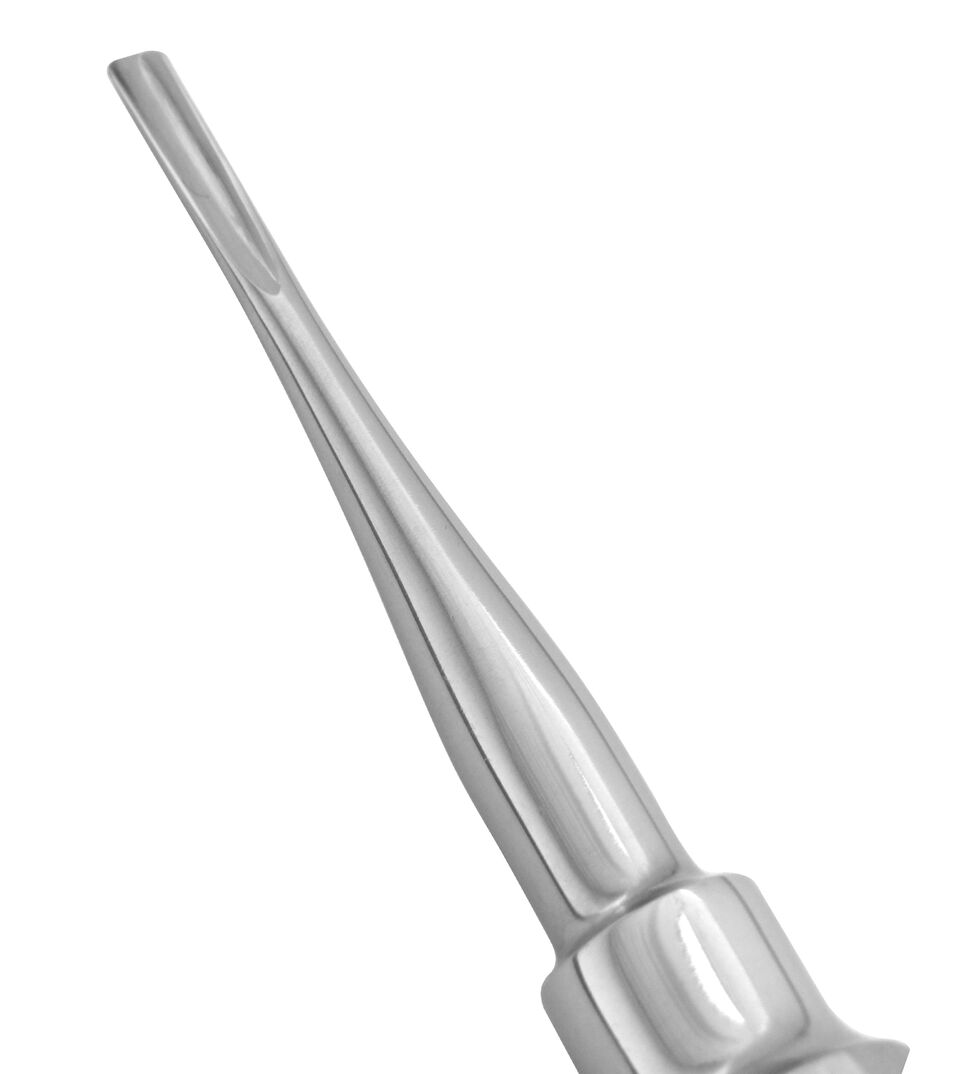 Dental Elevators
Dental Elevators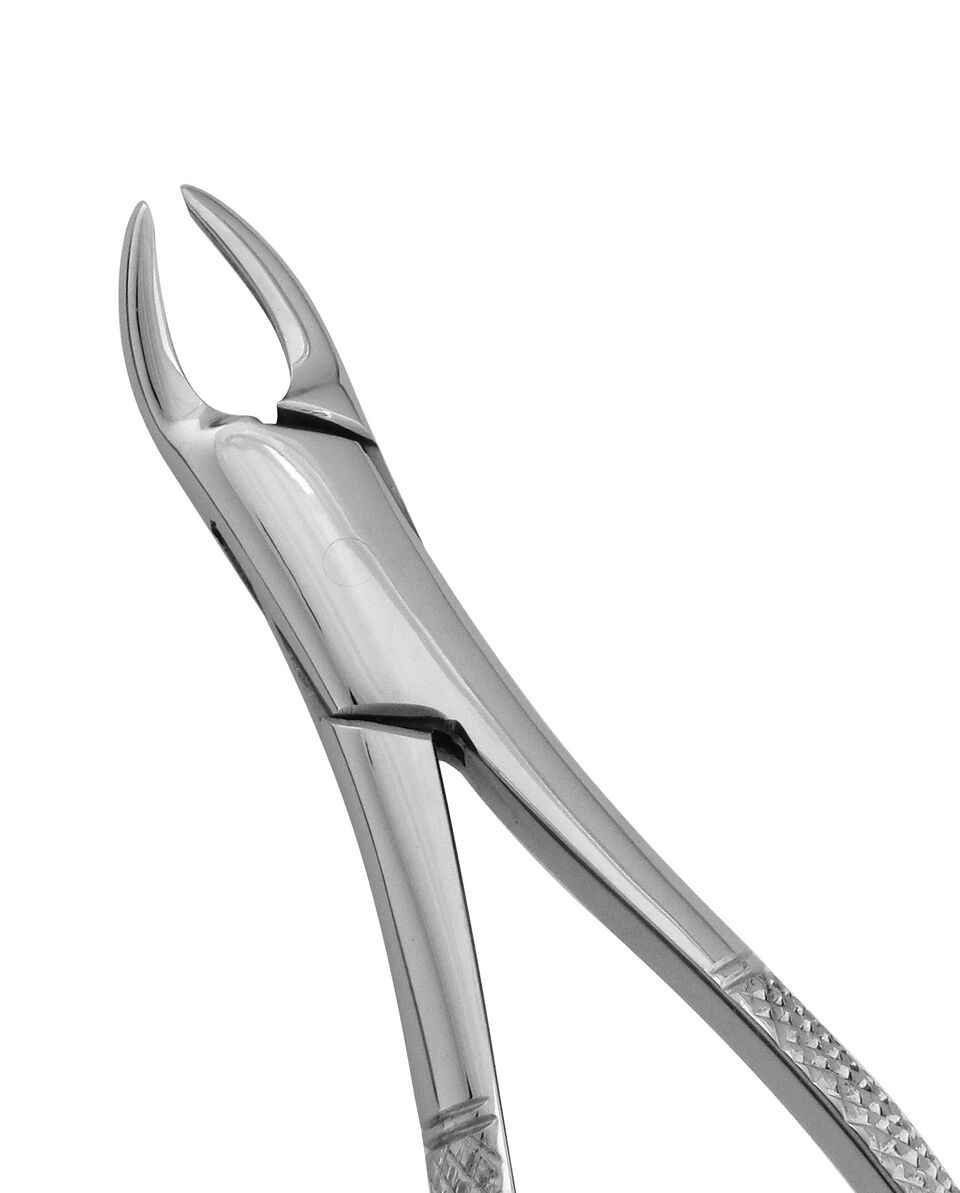 Extraction Forceps
Extraction Forceps Hemostats & Forceps
Hemostats & Forceps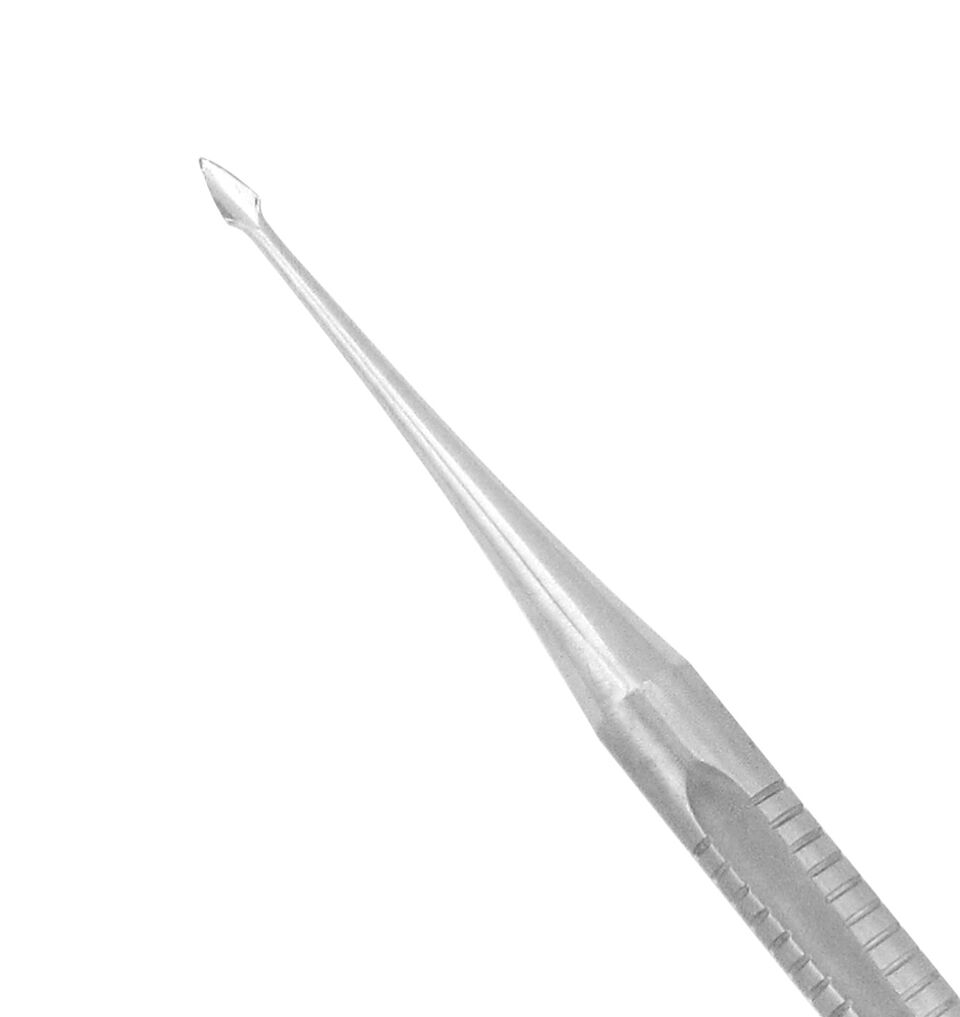 Hybrid Instruments
Hybrid Instruments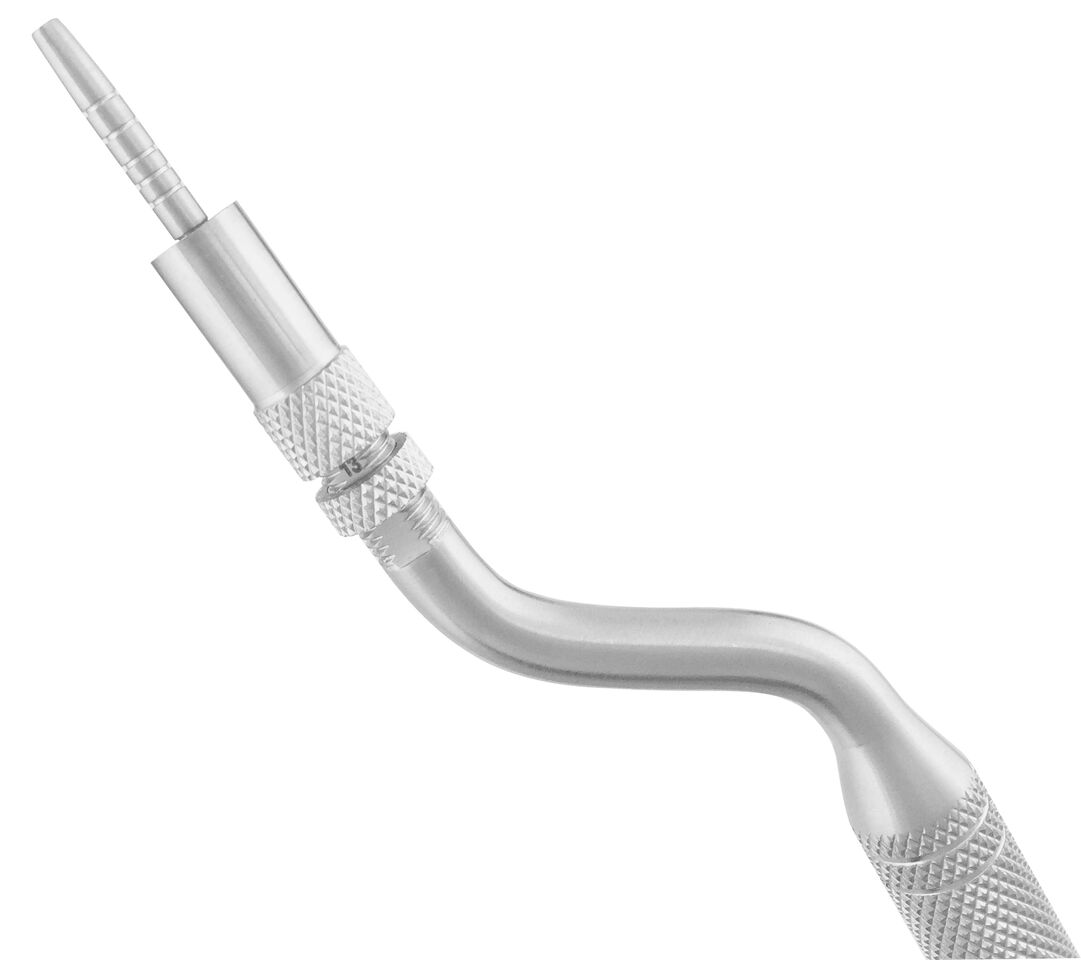 Implant Instruments
Implant Instruments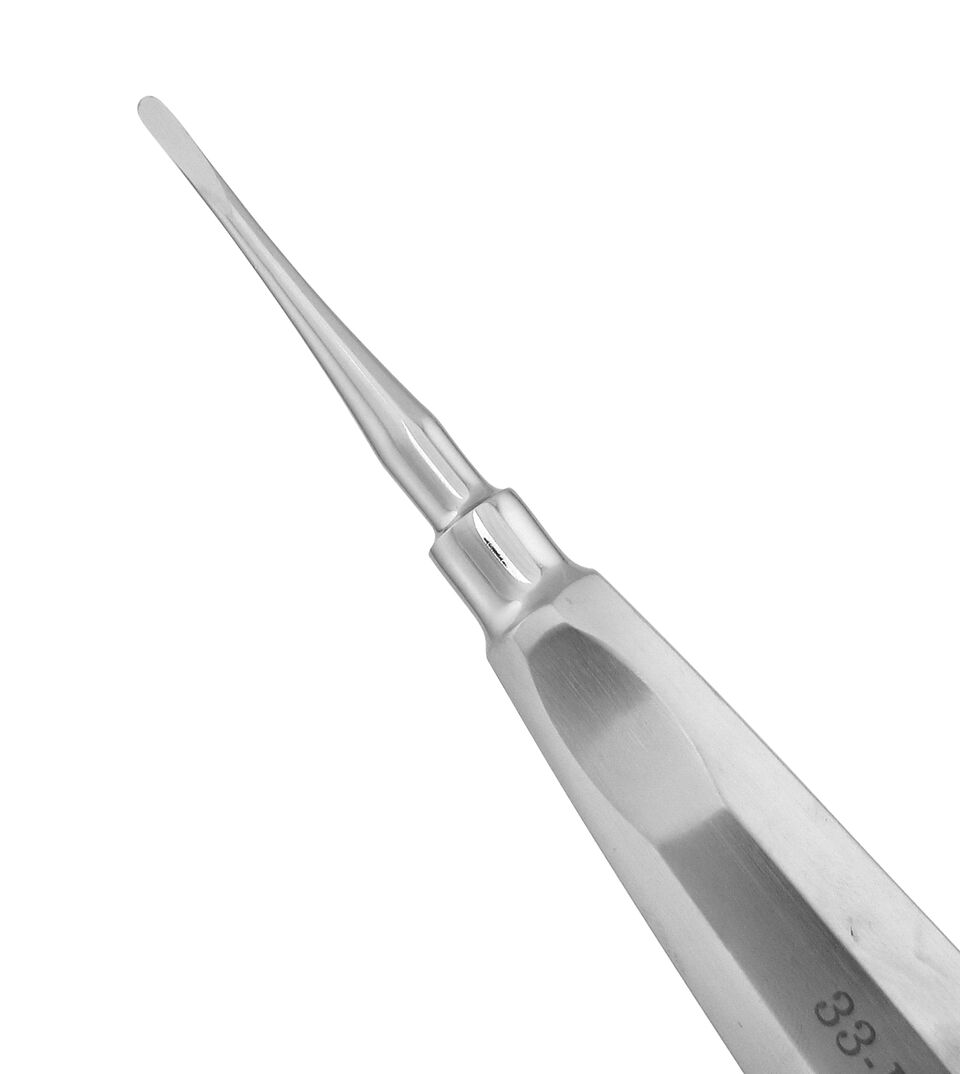 Luxating Elevators
Luxating Elevators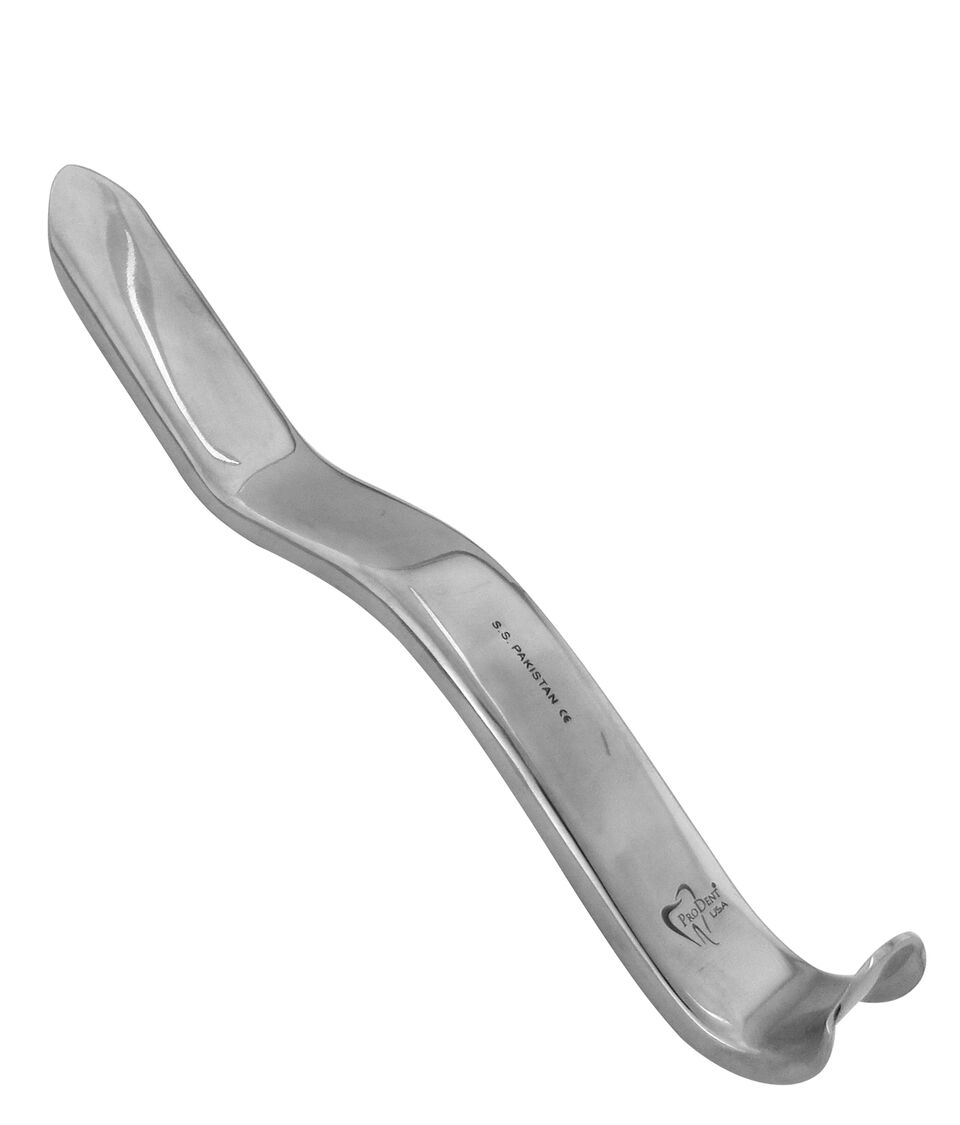 Mouth Gags & Retractors
Mouth Gags & Retractors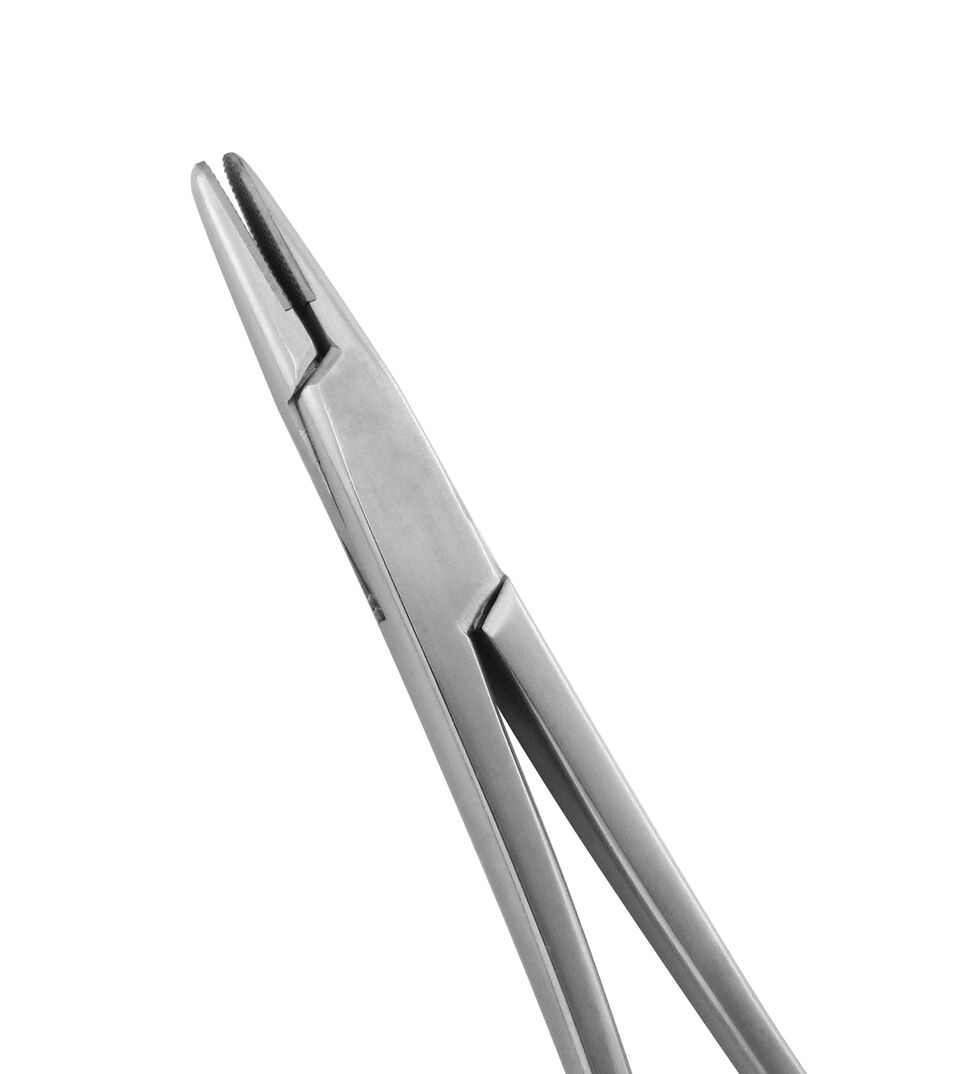 Needle Holders
Needle Holders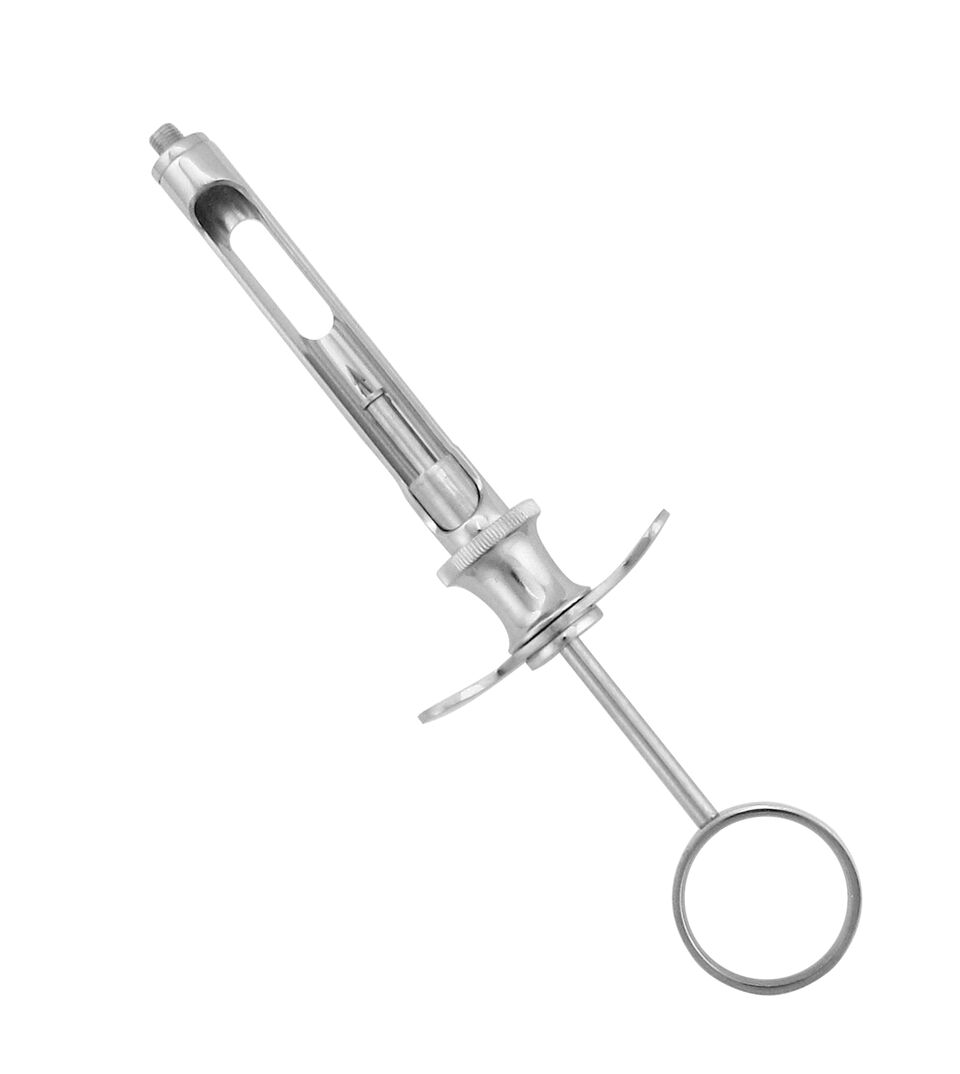 Oral Surgery Aspirating Syringes
Oral Surgery Aspirating Syringes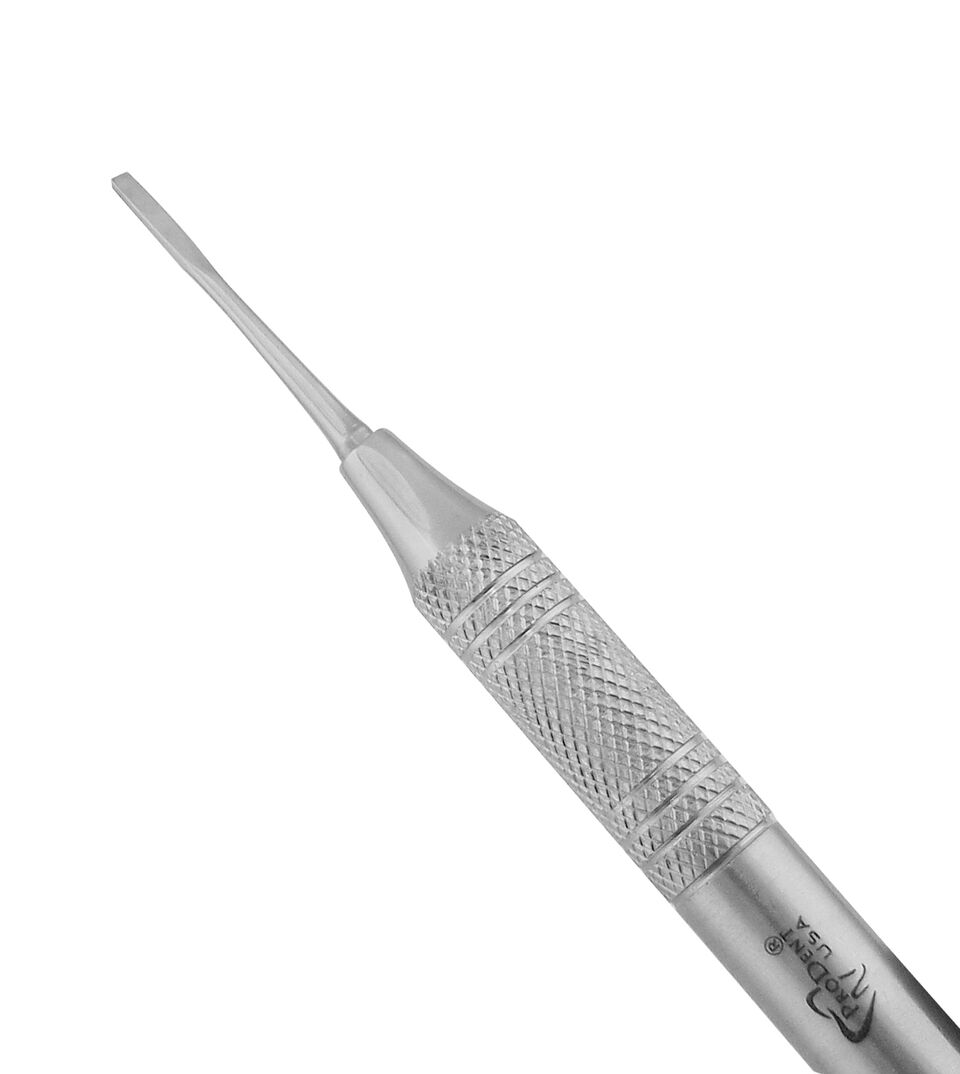 Periodontal Surgical Instruments
Periodontal Surgical Instruments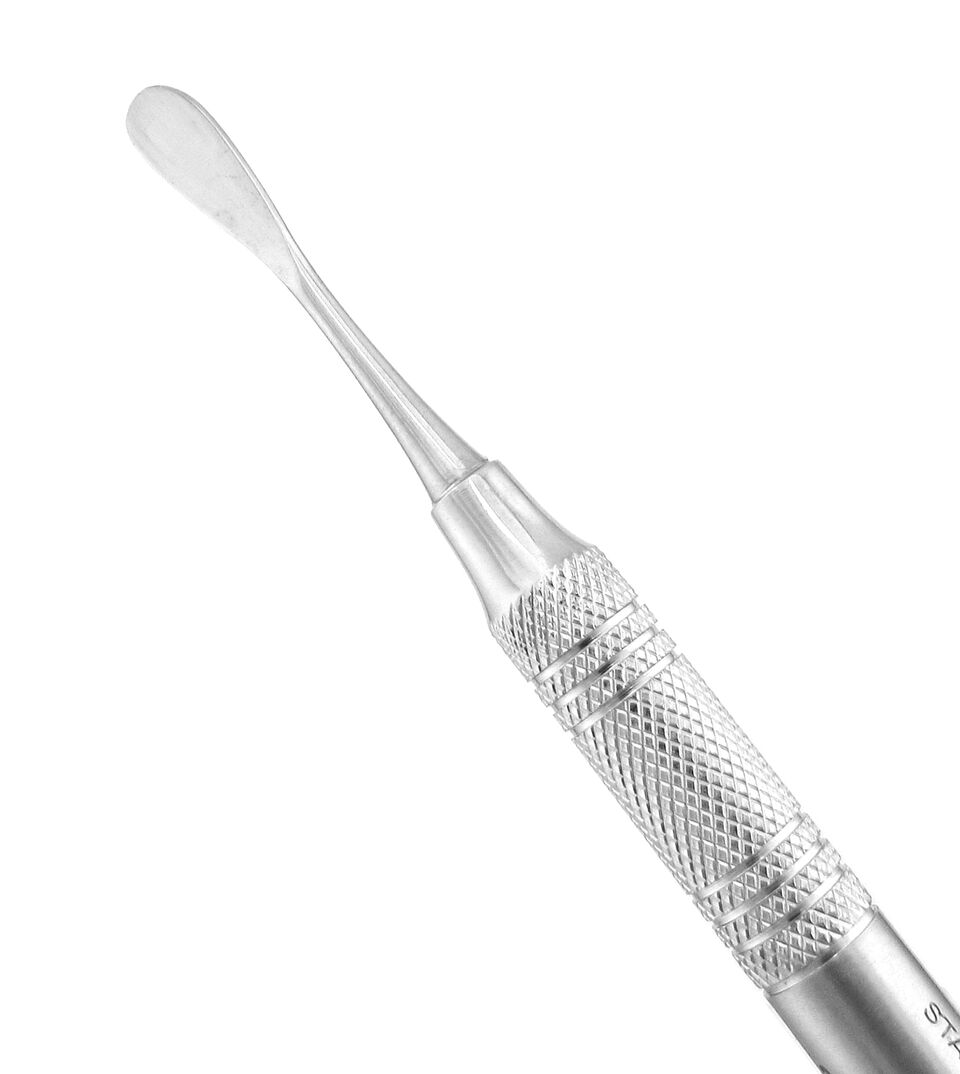 Periosteal Elevators
Periosteal Elevators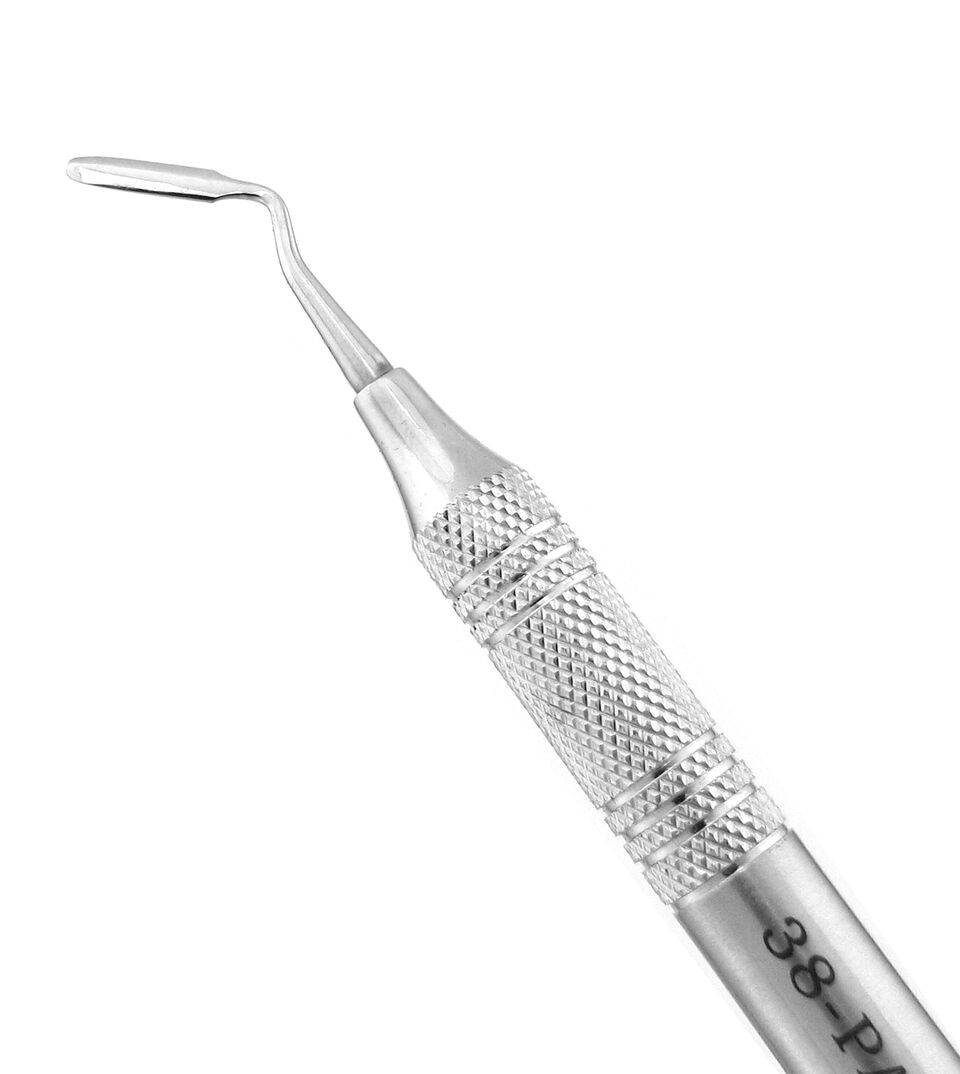 Periotomes
Periotomes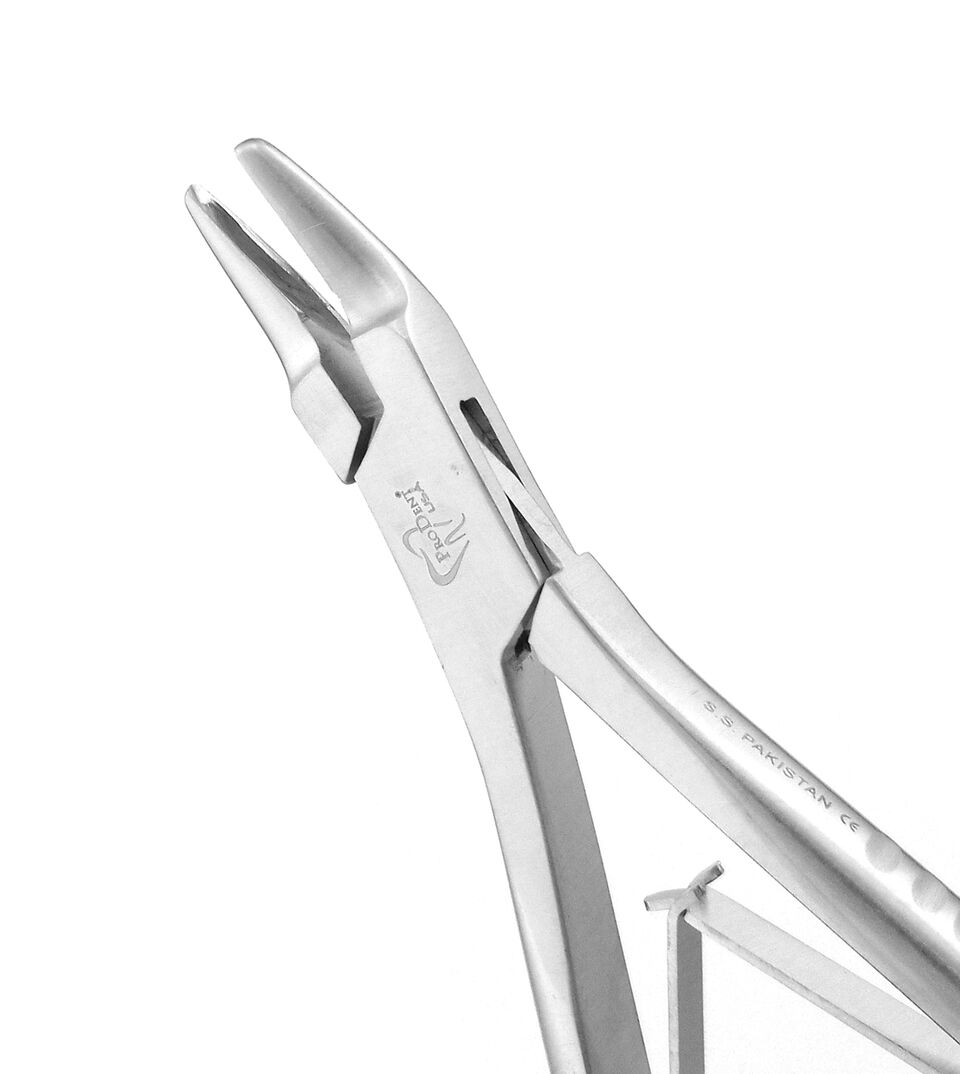 Rongeurs
Rongeurs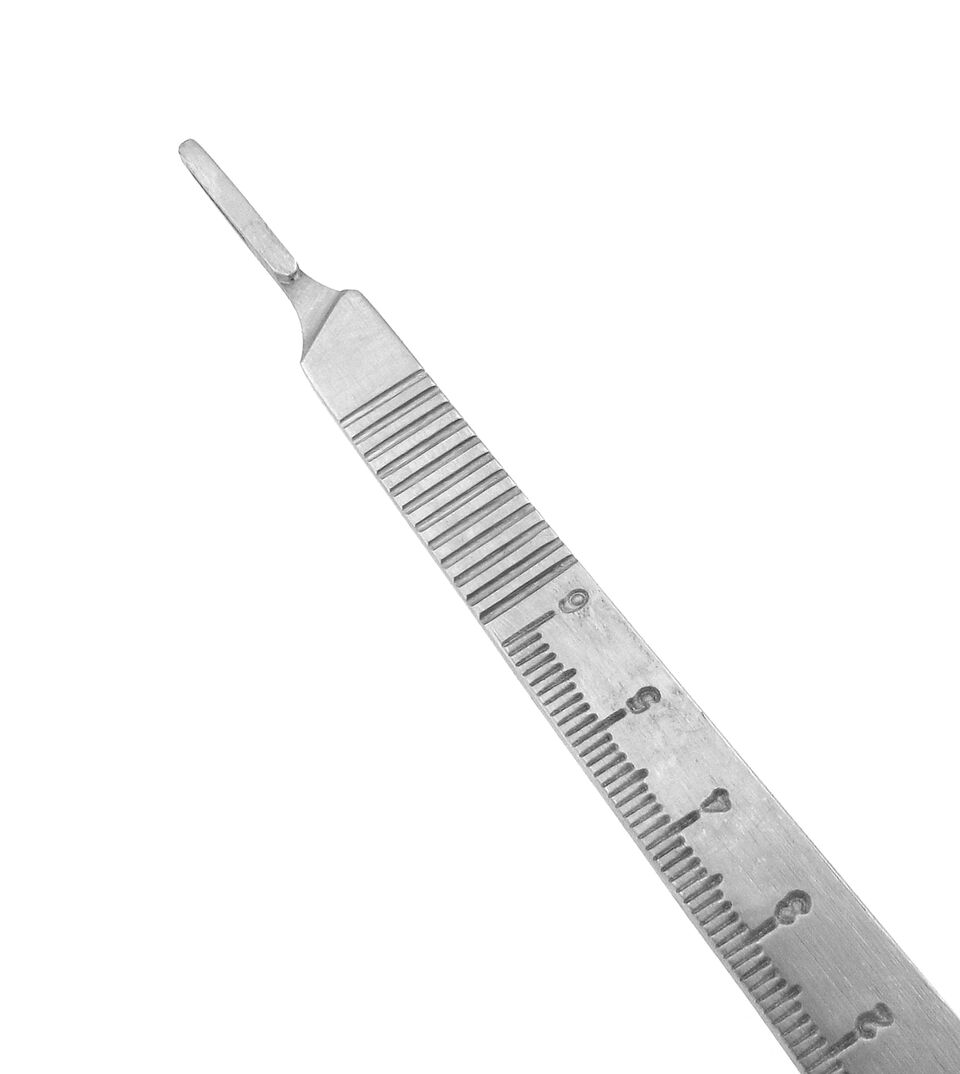 Scalpel Handles
Scalpel Handles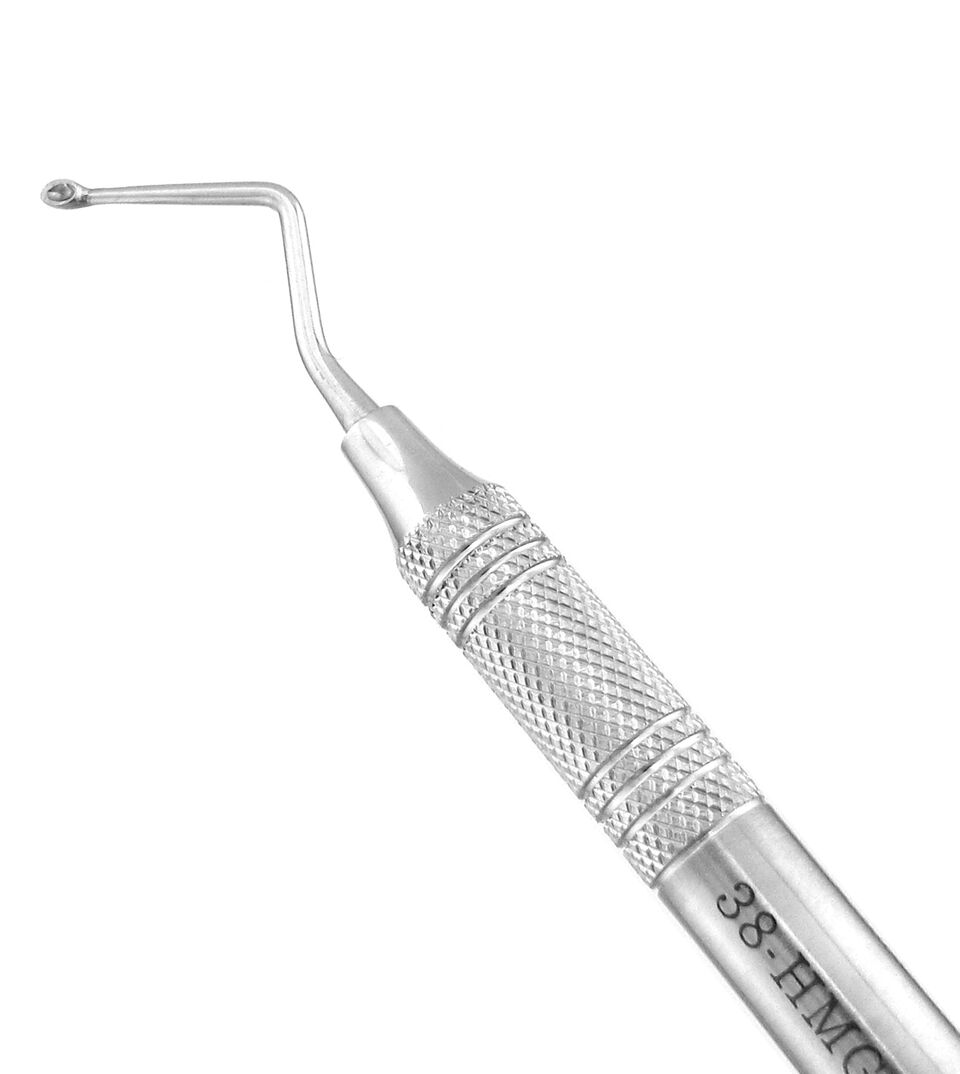 Surgical Curettes
Surgical Curettes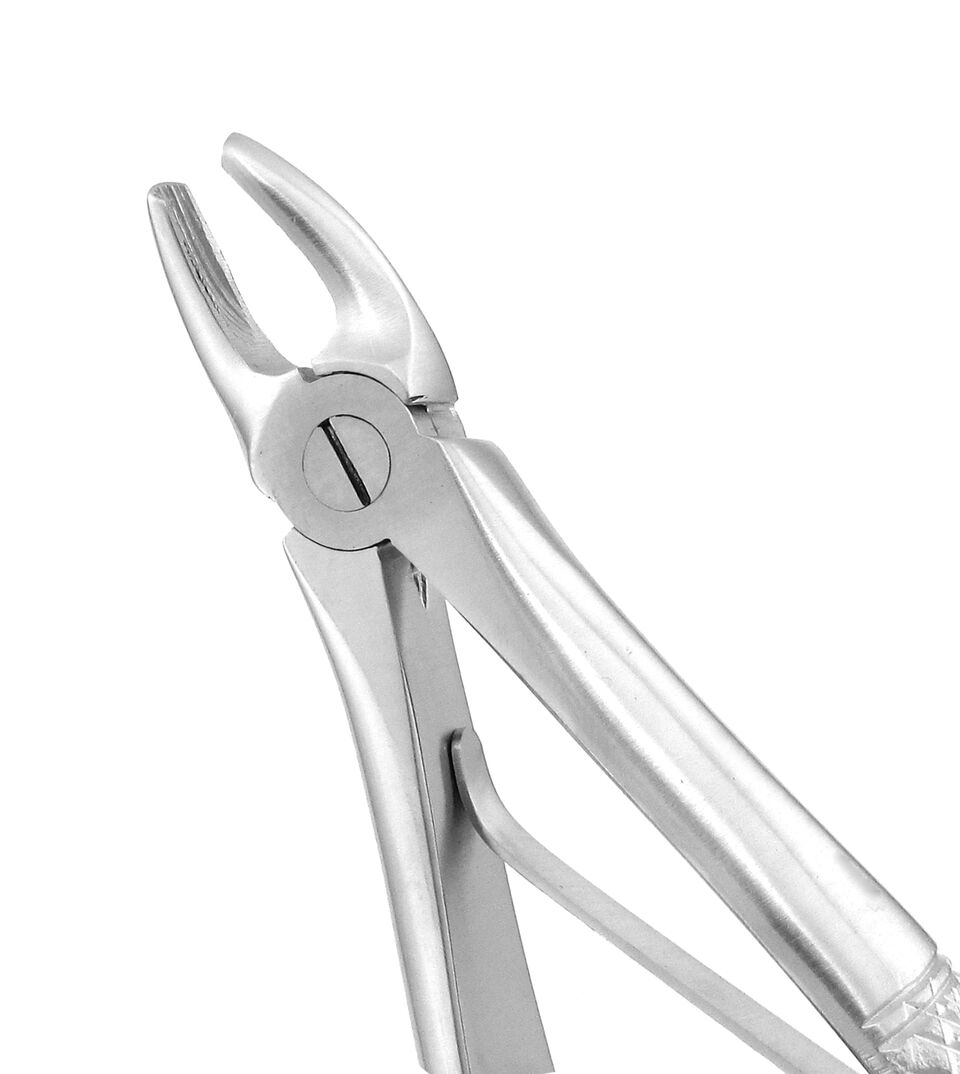 Surgical Pediatric Forceps
Surgical Pediatric Forceps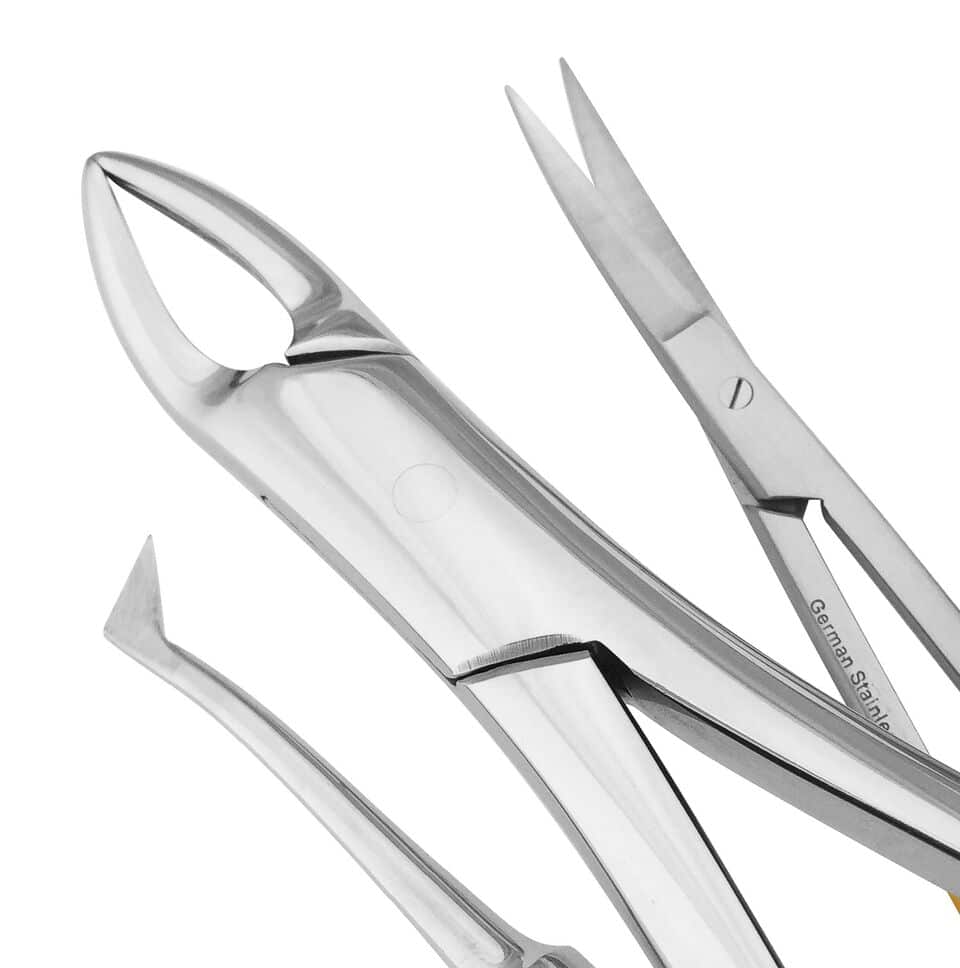 Surgical Sets
Surgical Sets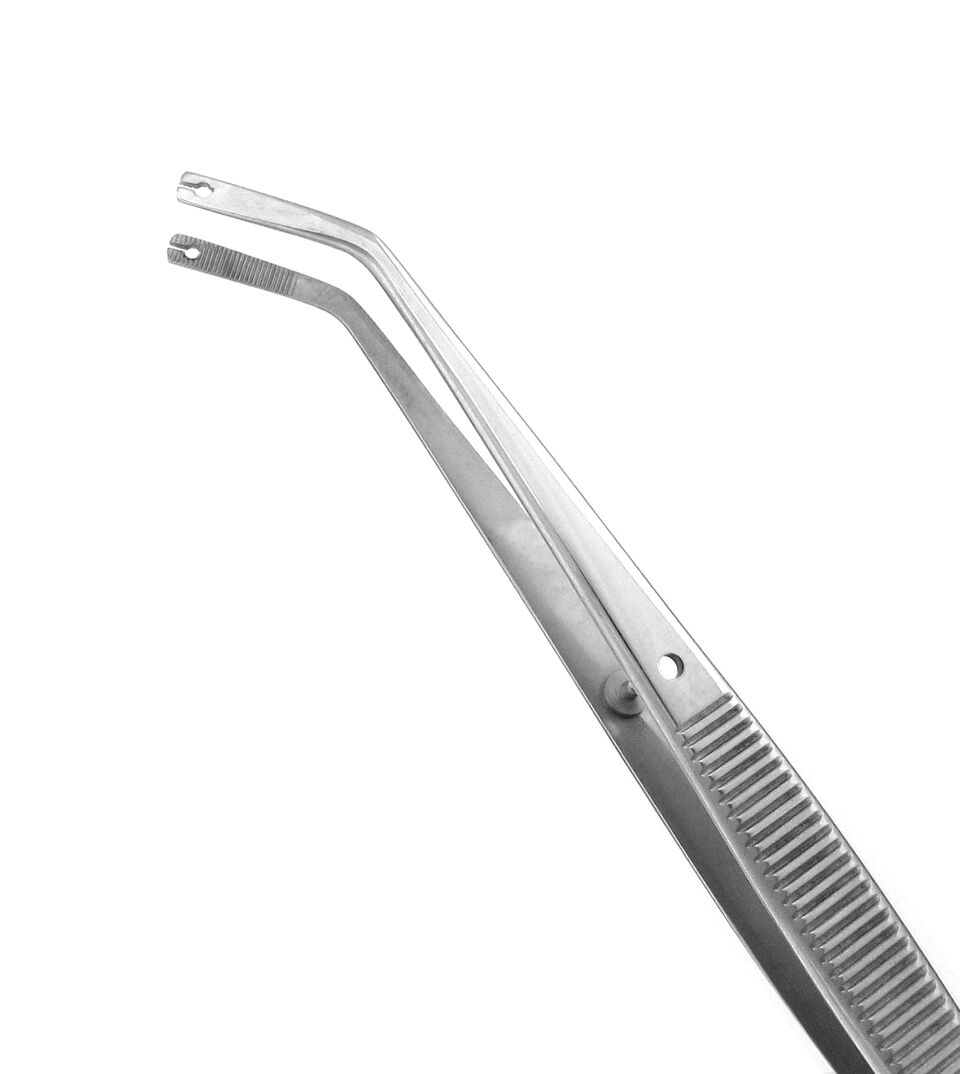 Suture Forceps
Suture Forceps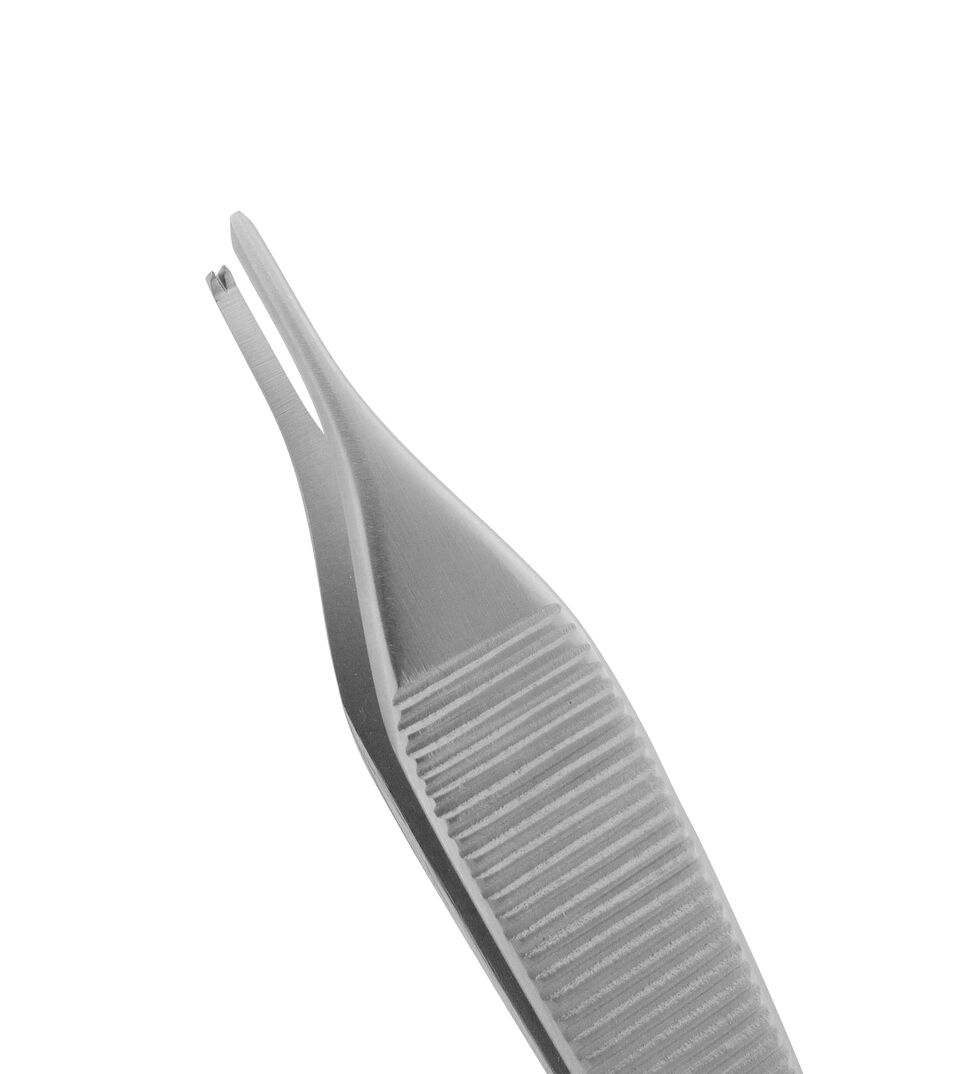 Tissue & Dressing Forceps
Tissue & Dressing Forceps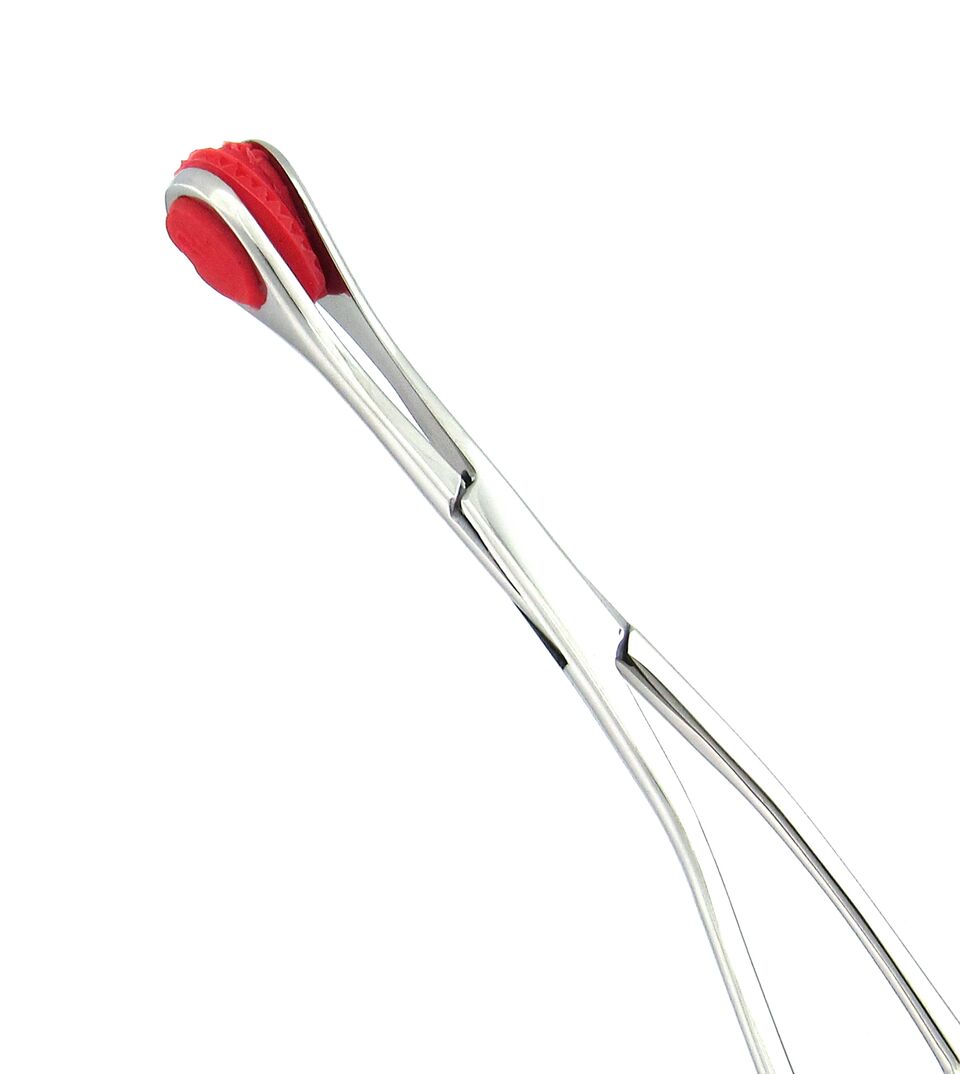 Utility Forceps
Utility Forceps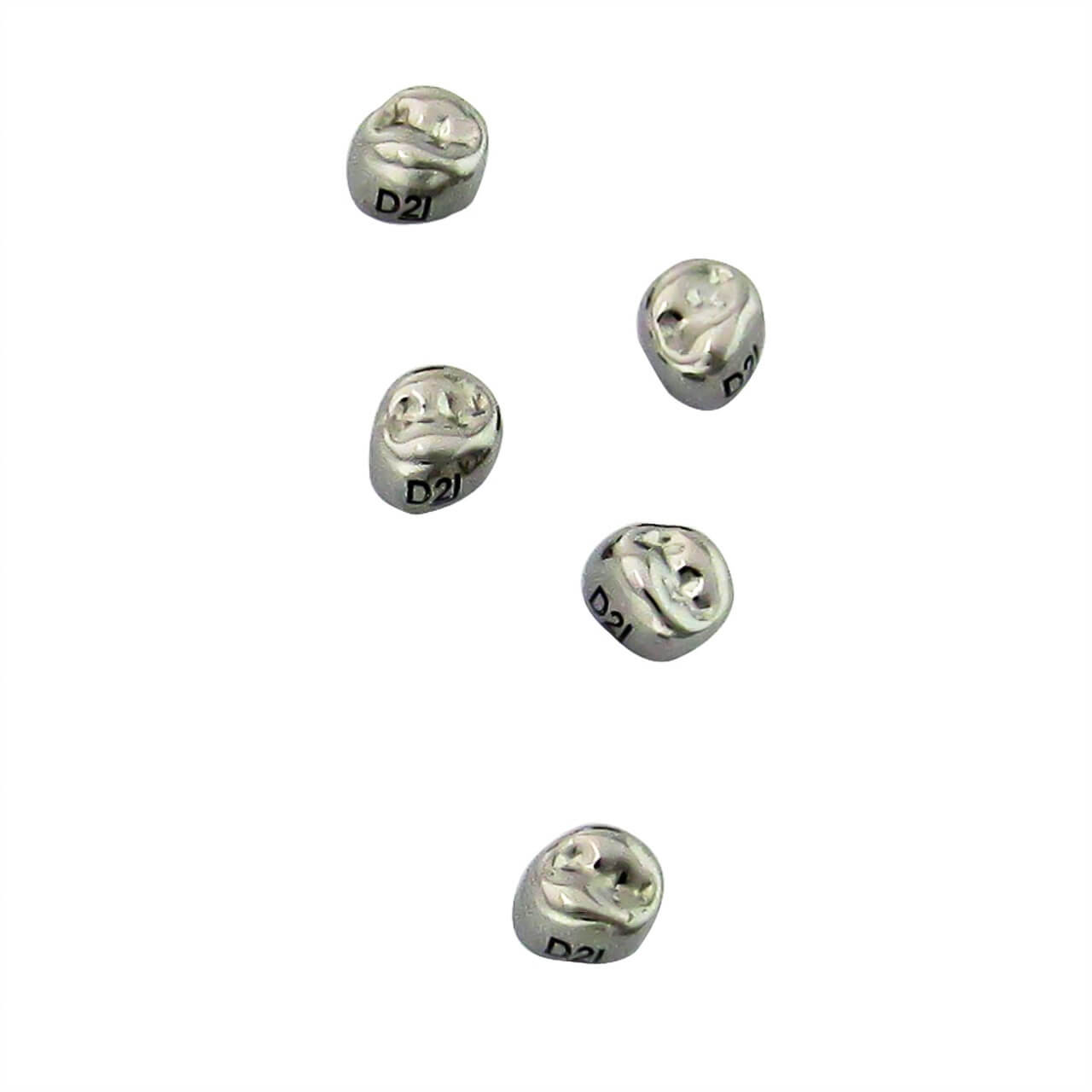 Stainless Steel Crowns
Stainless Steel Crowns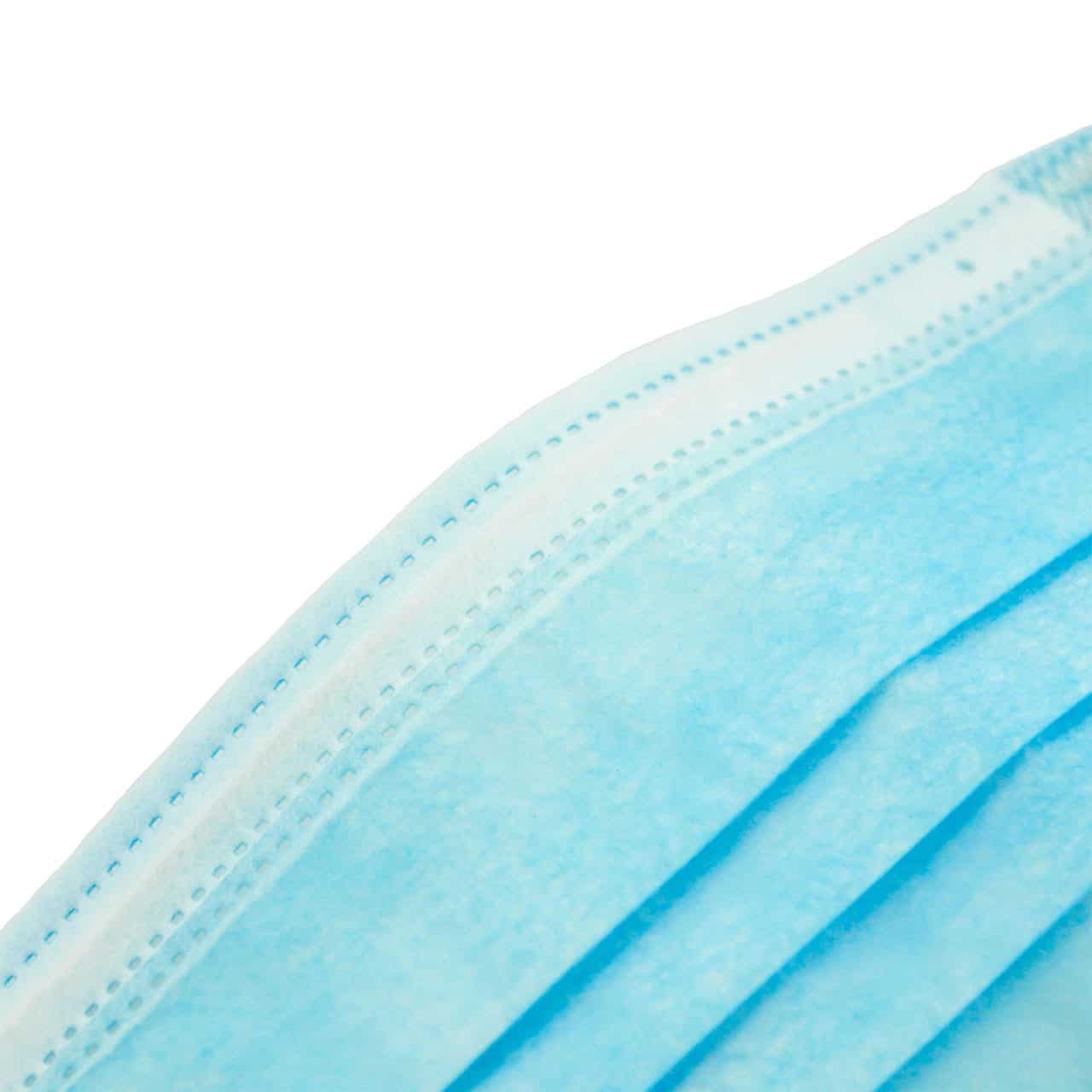 Personal Protective Equipment
Personal Protective Equipment